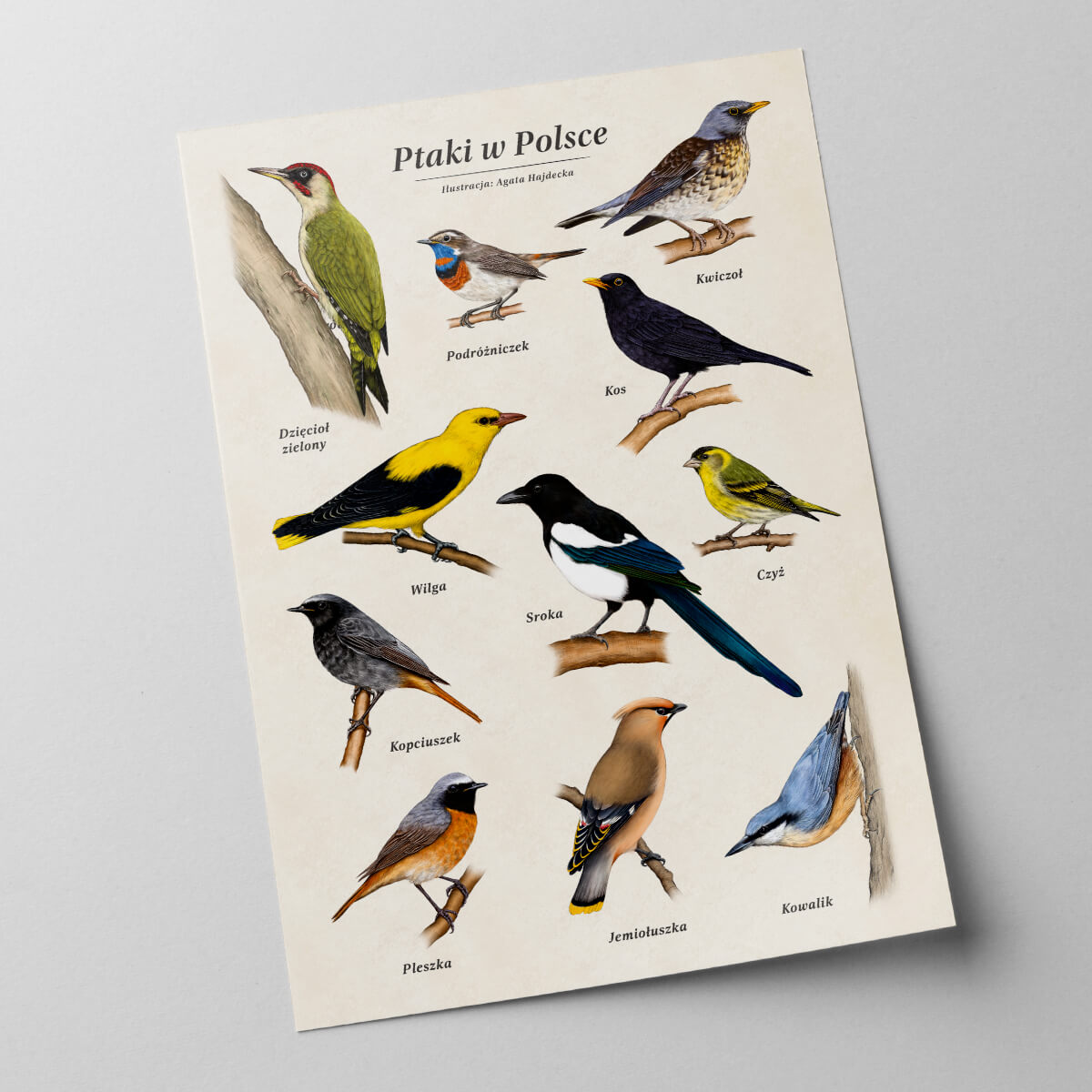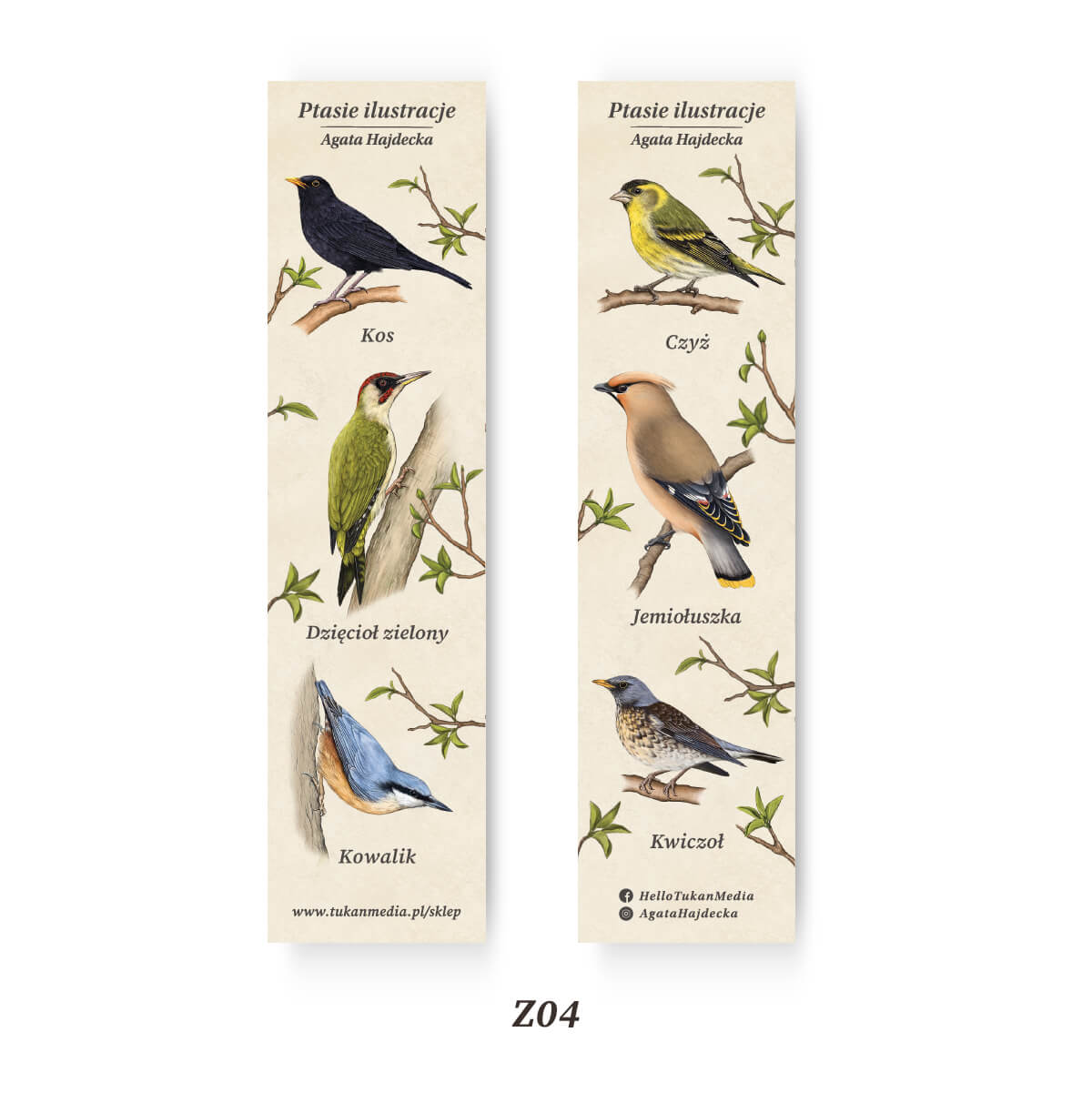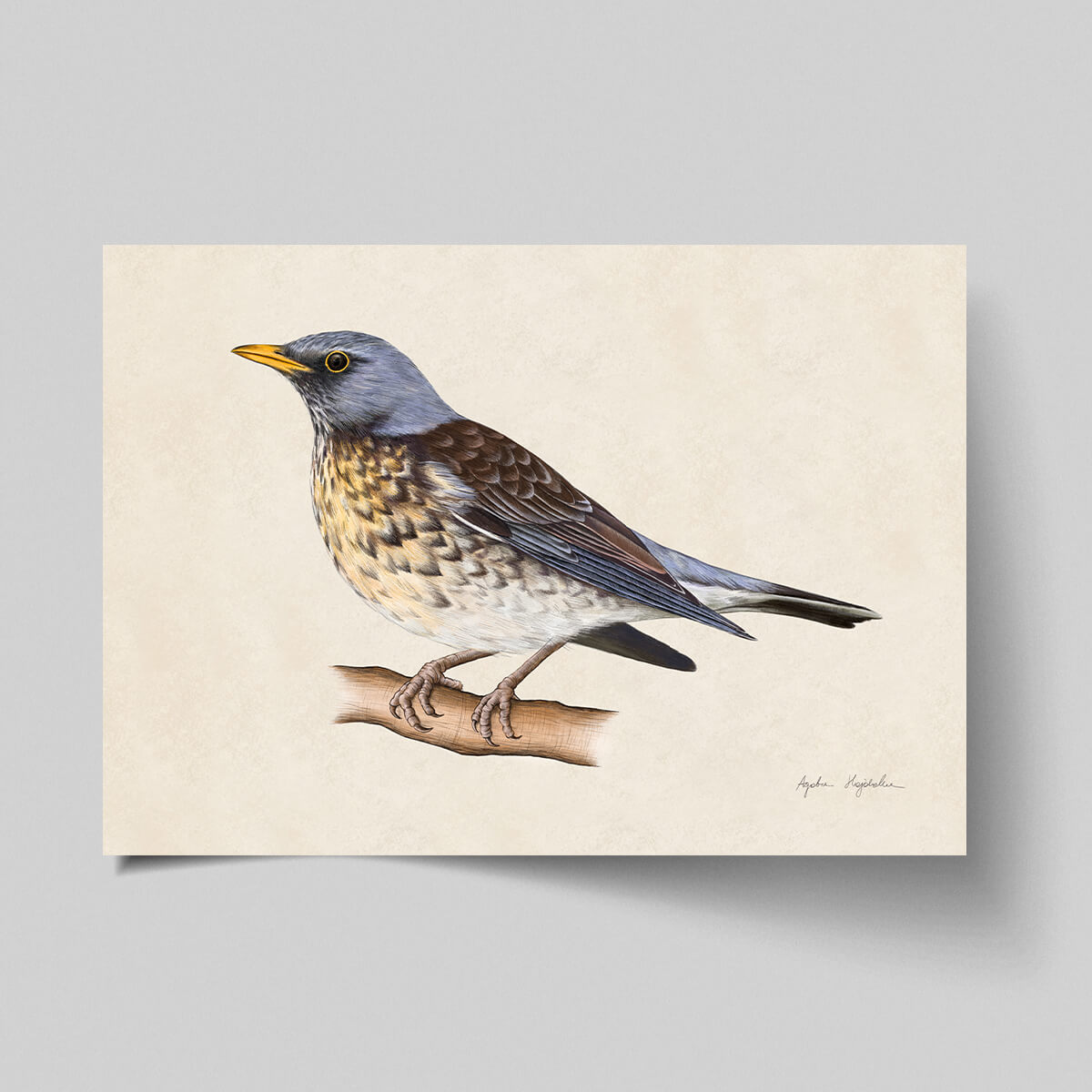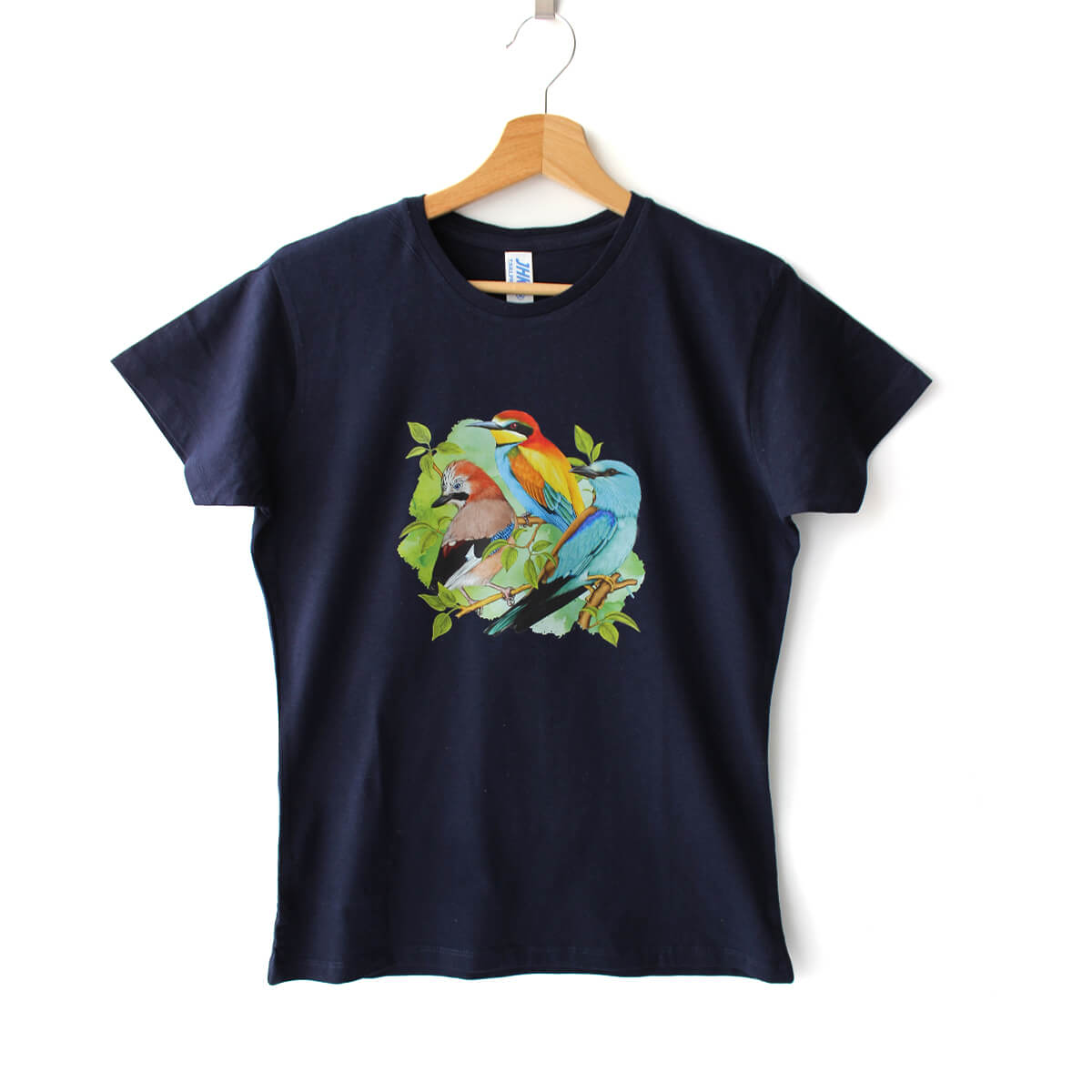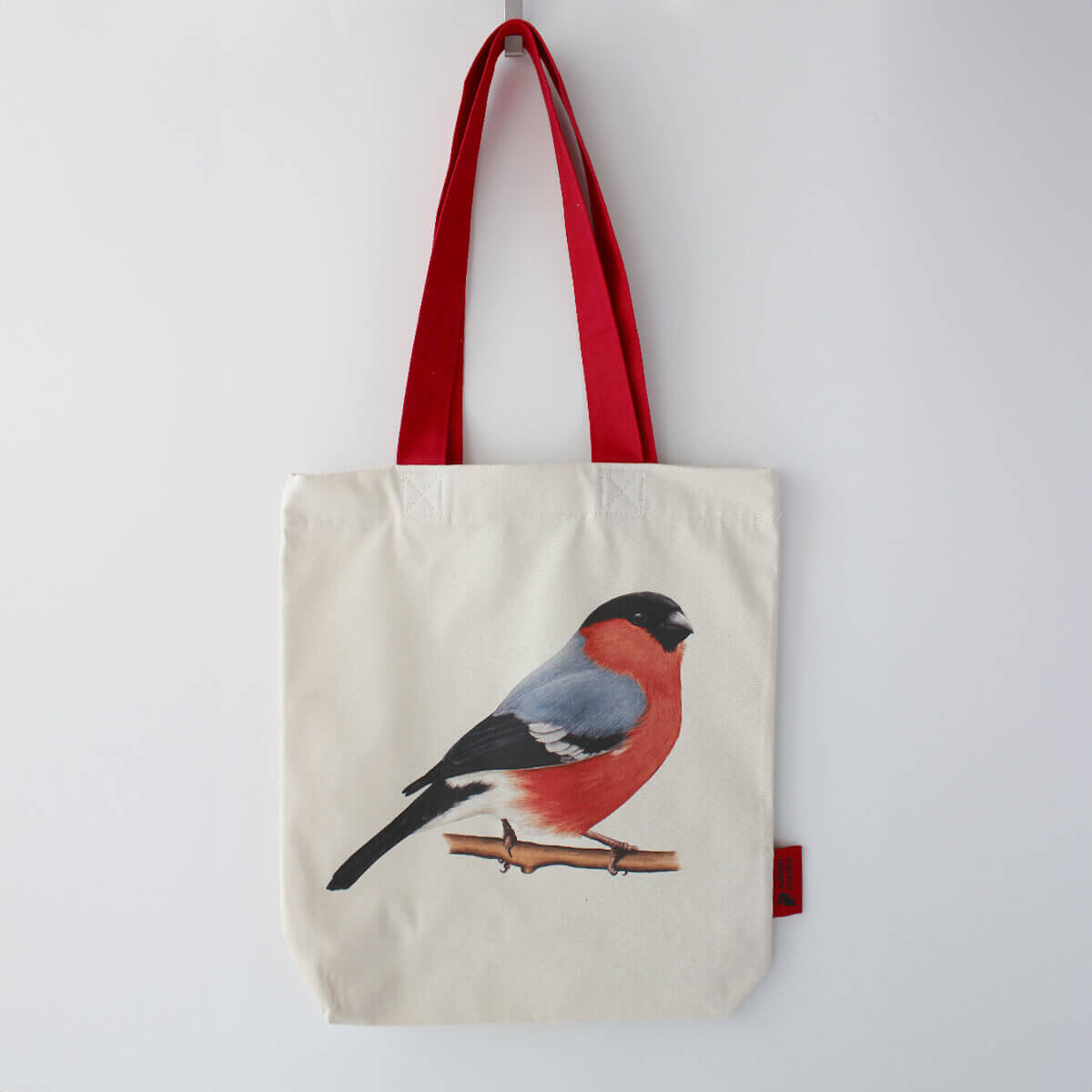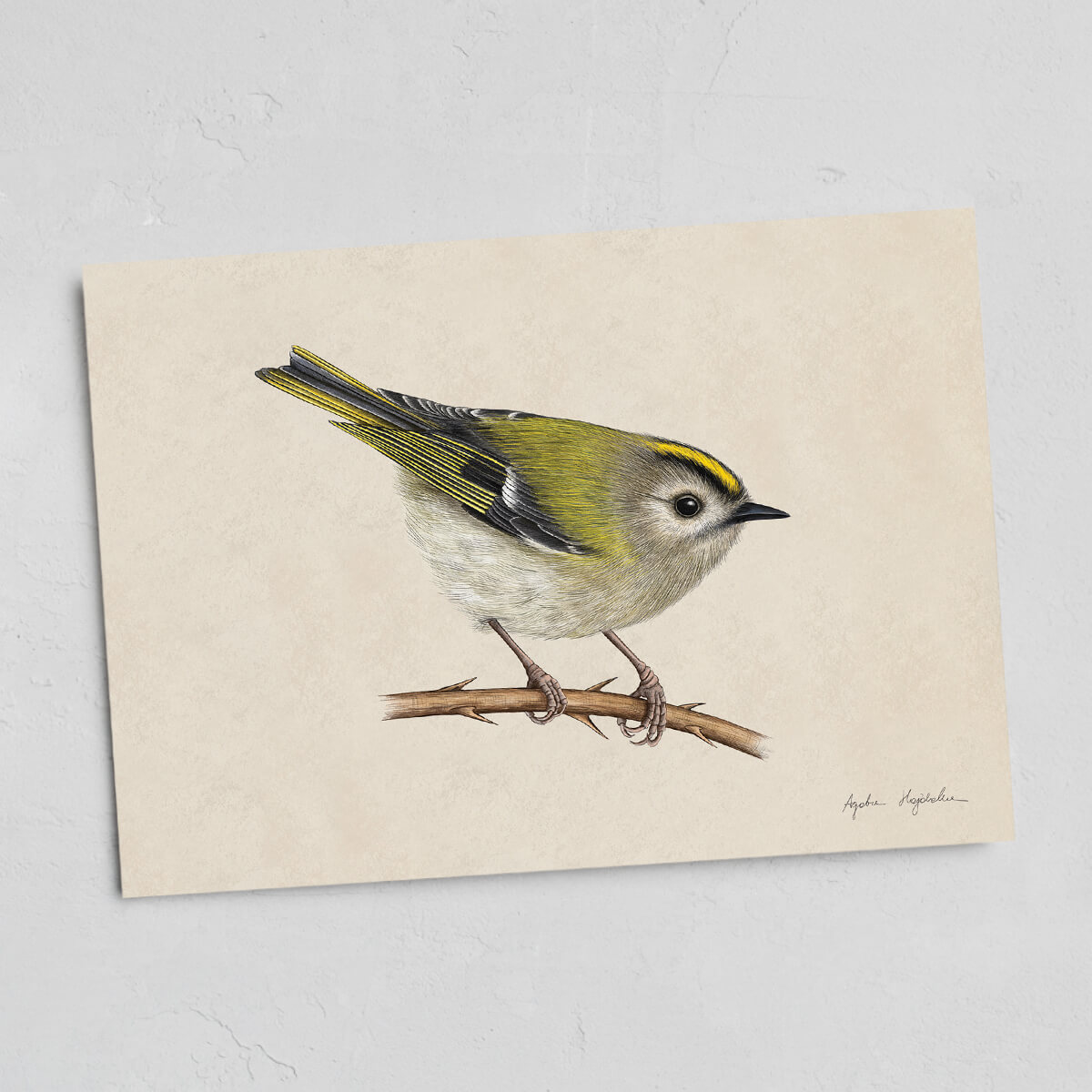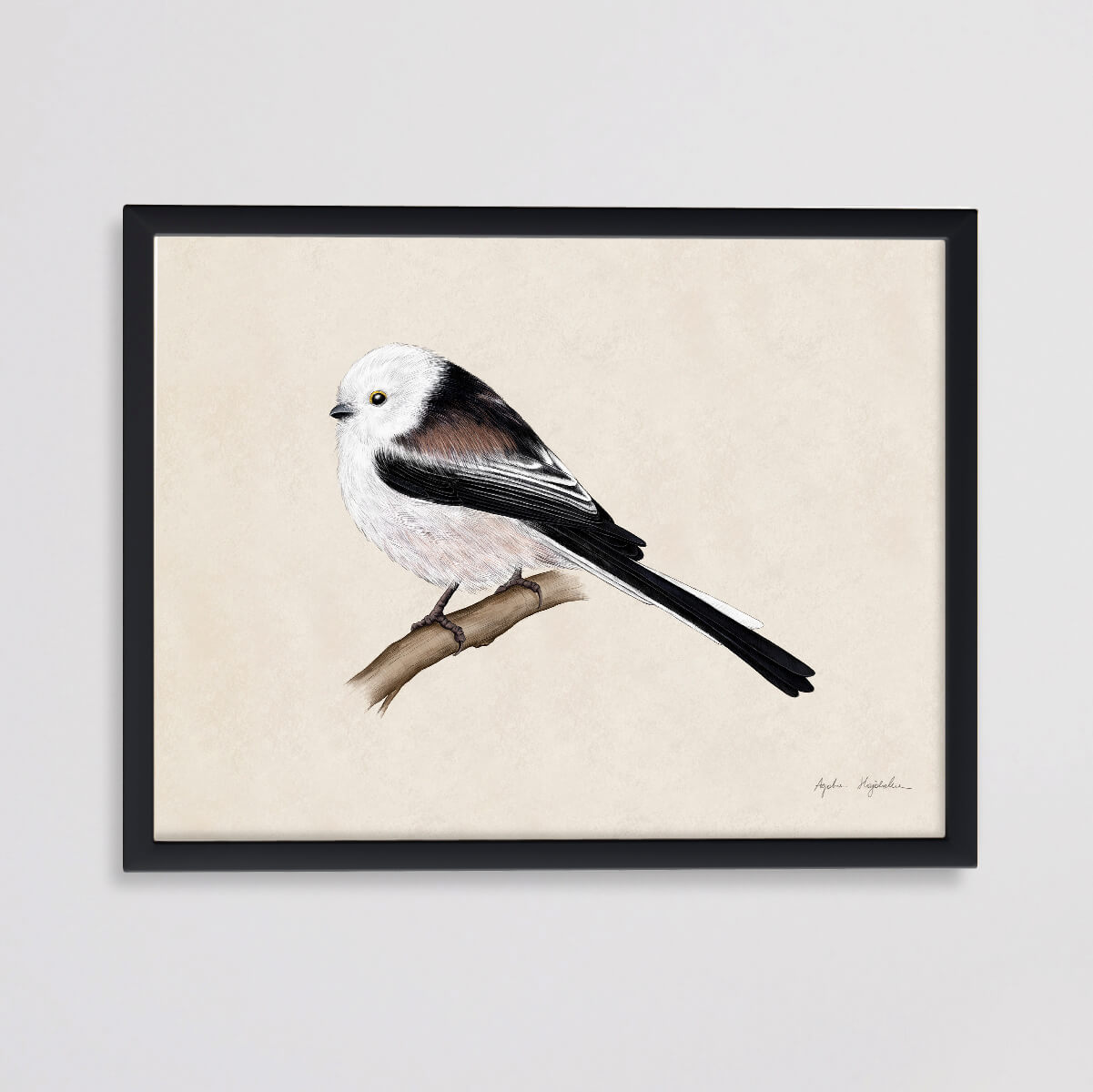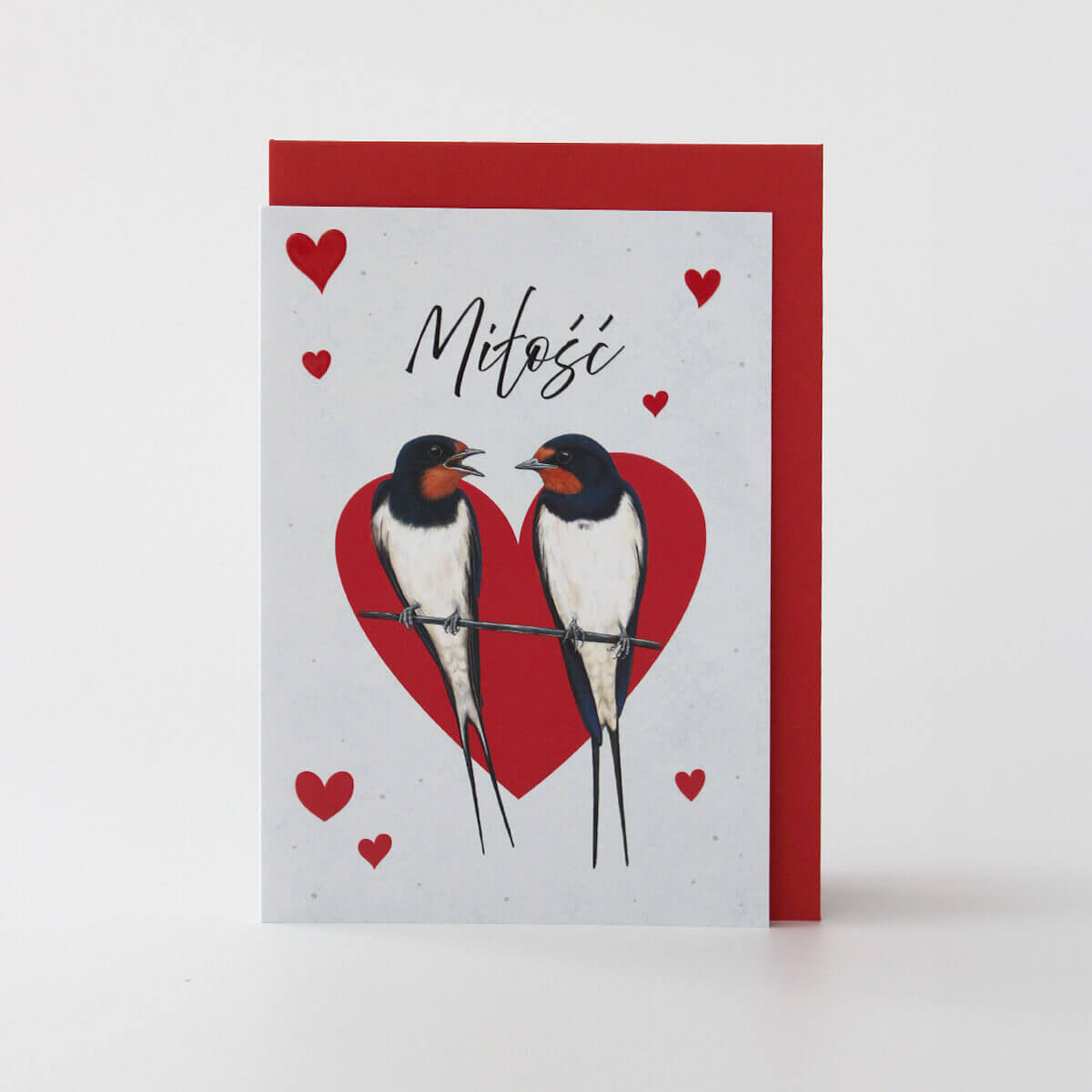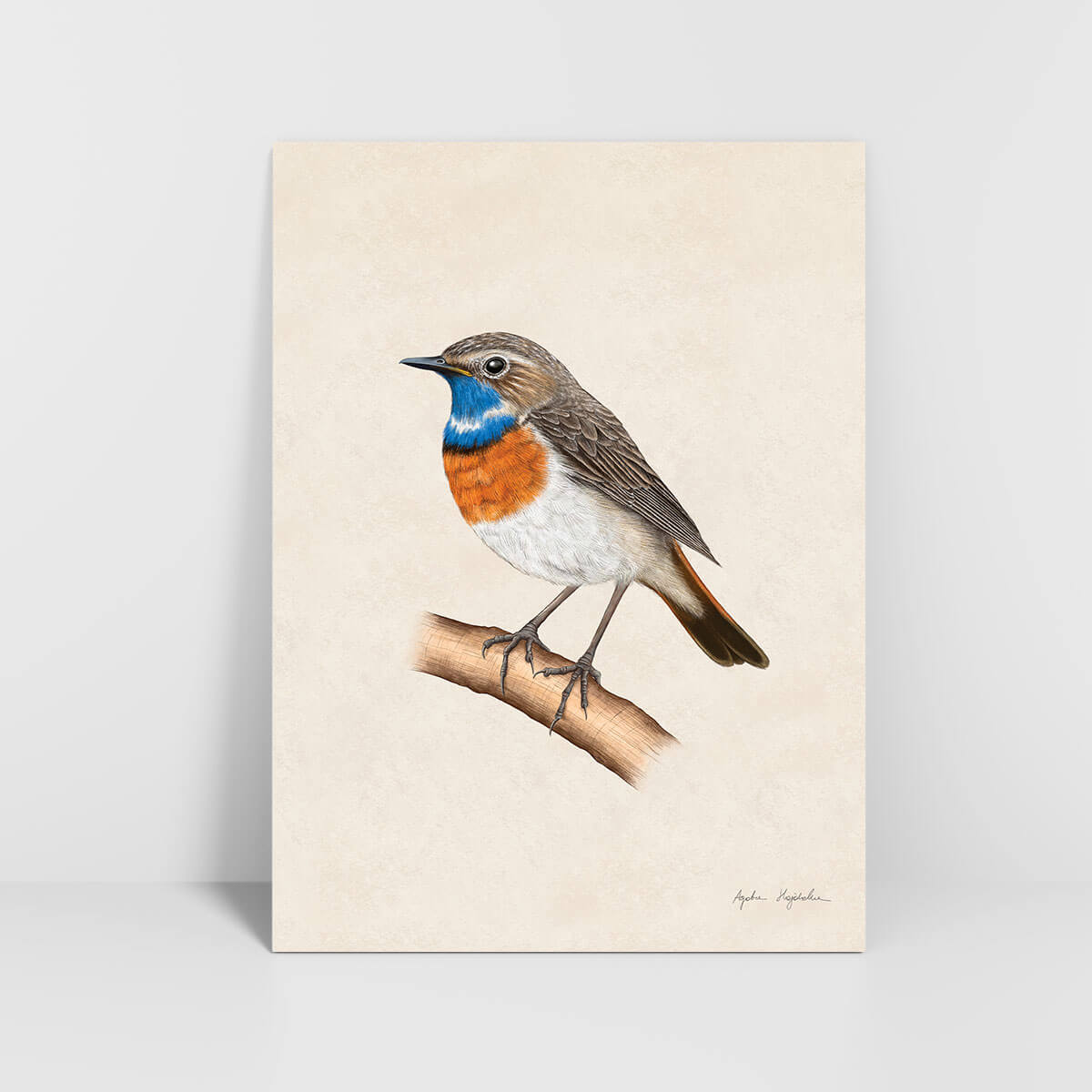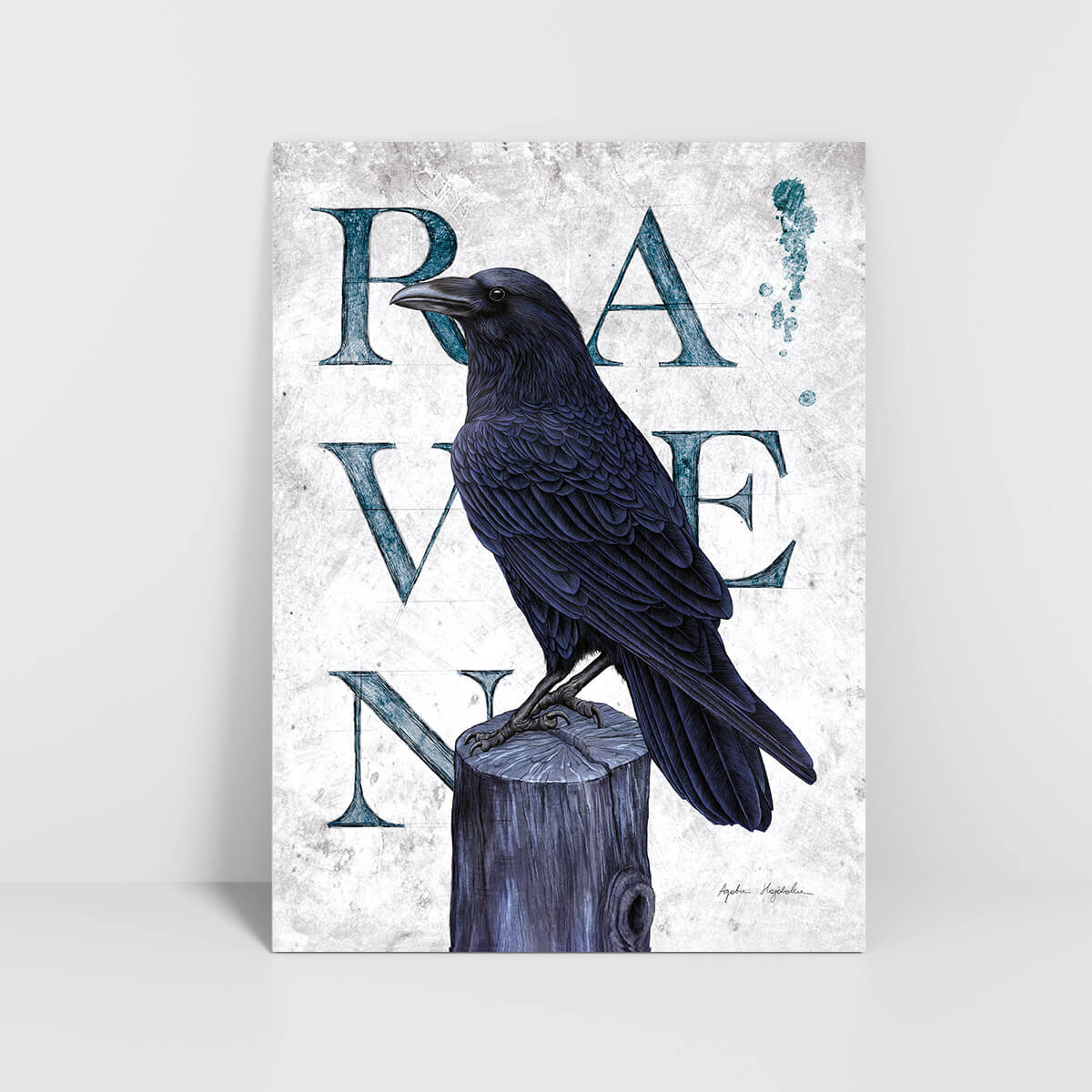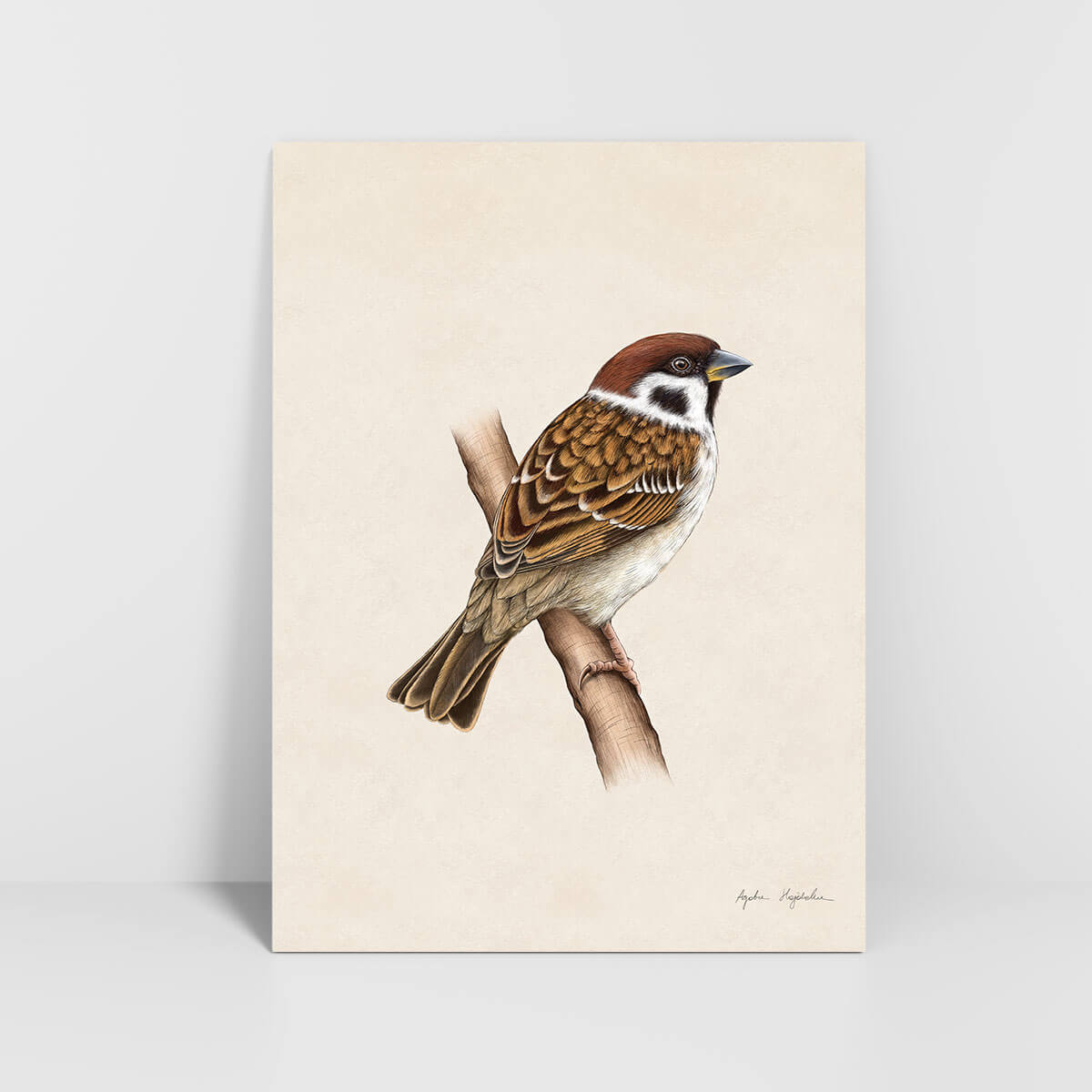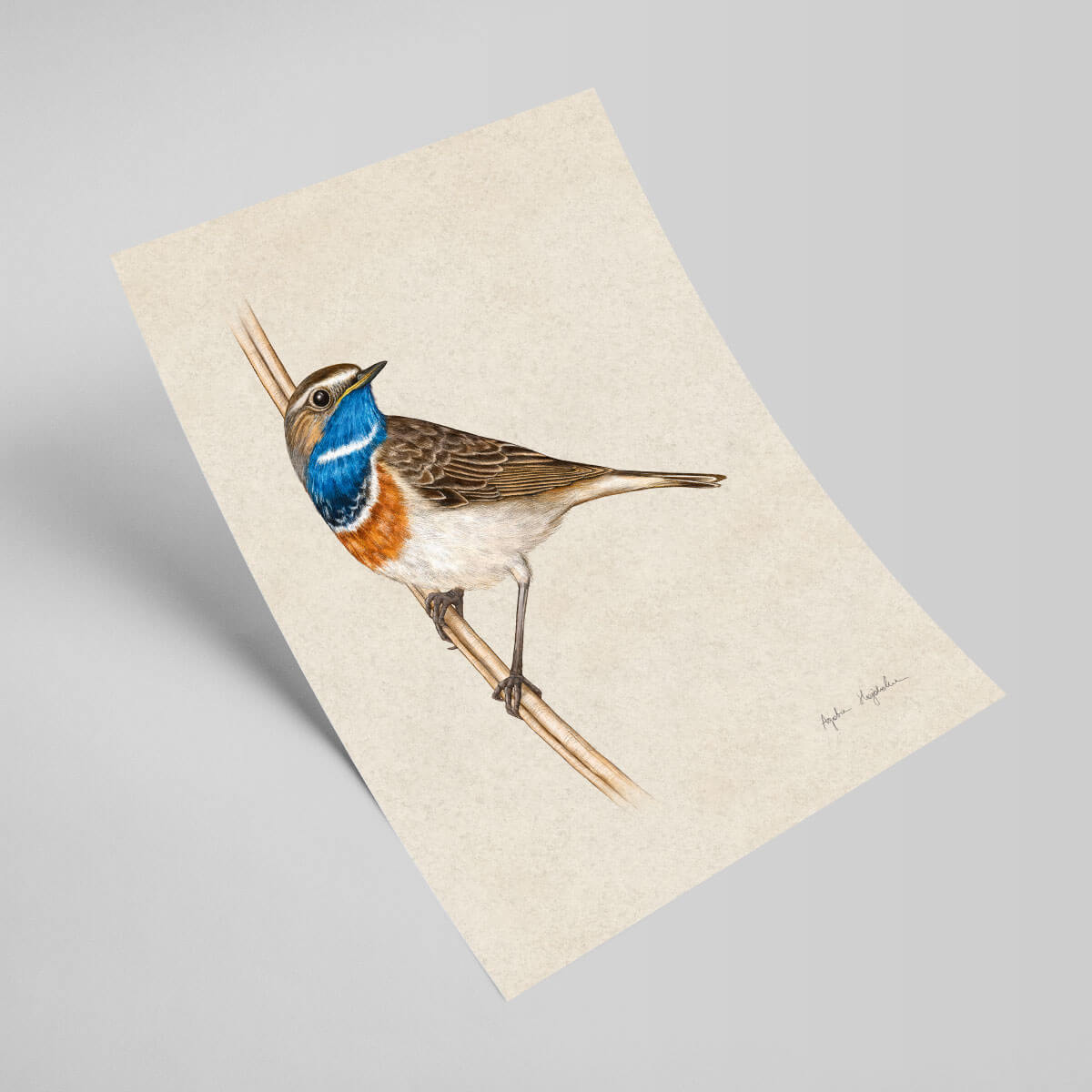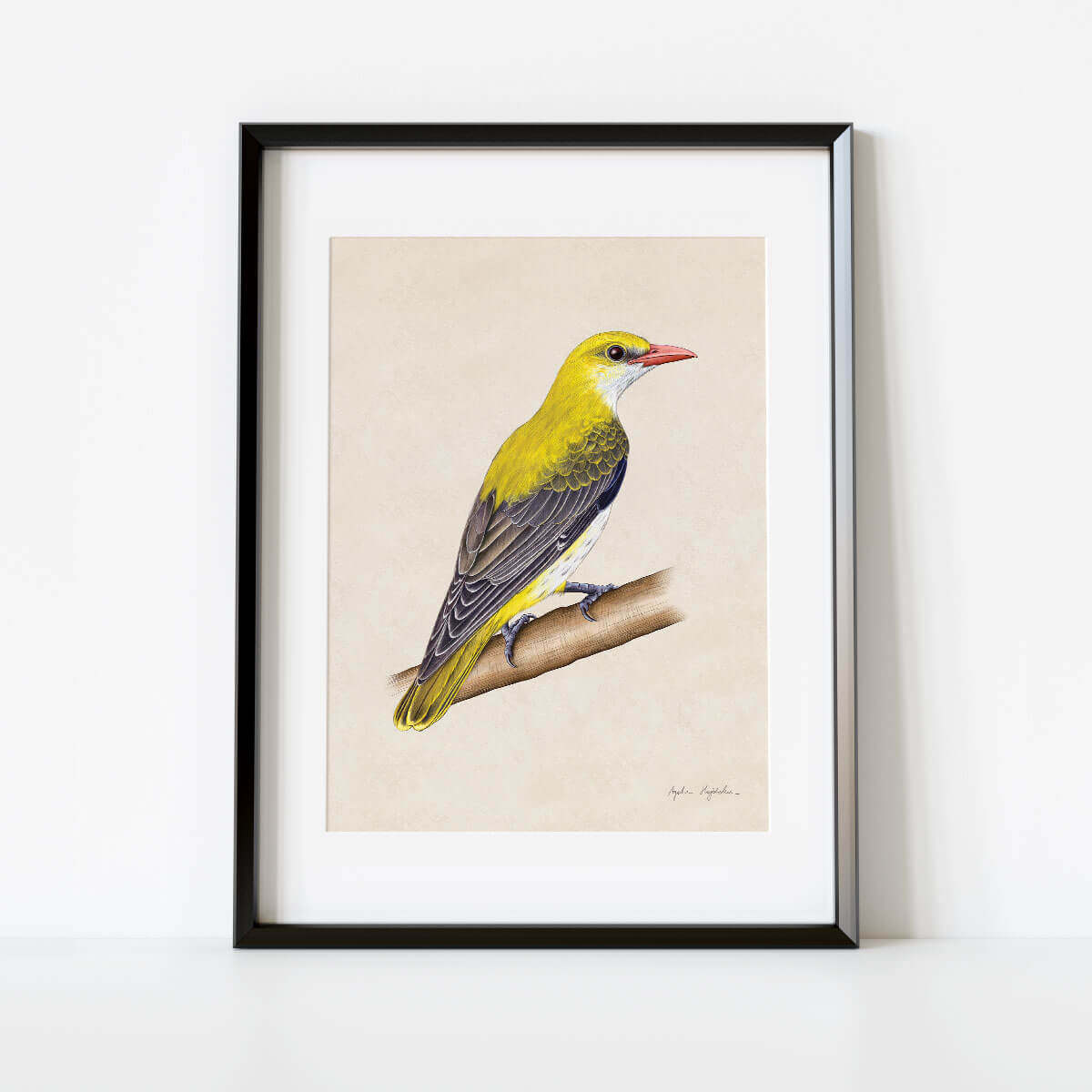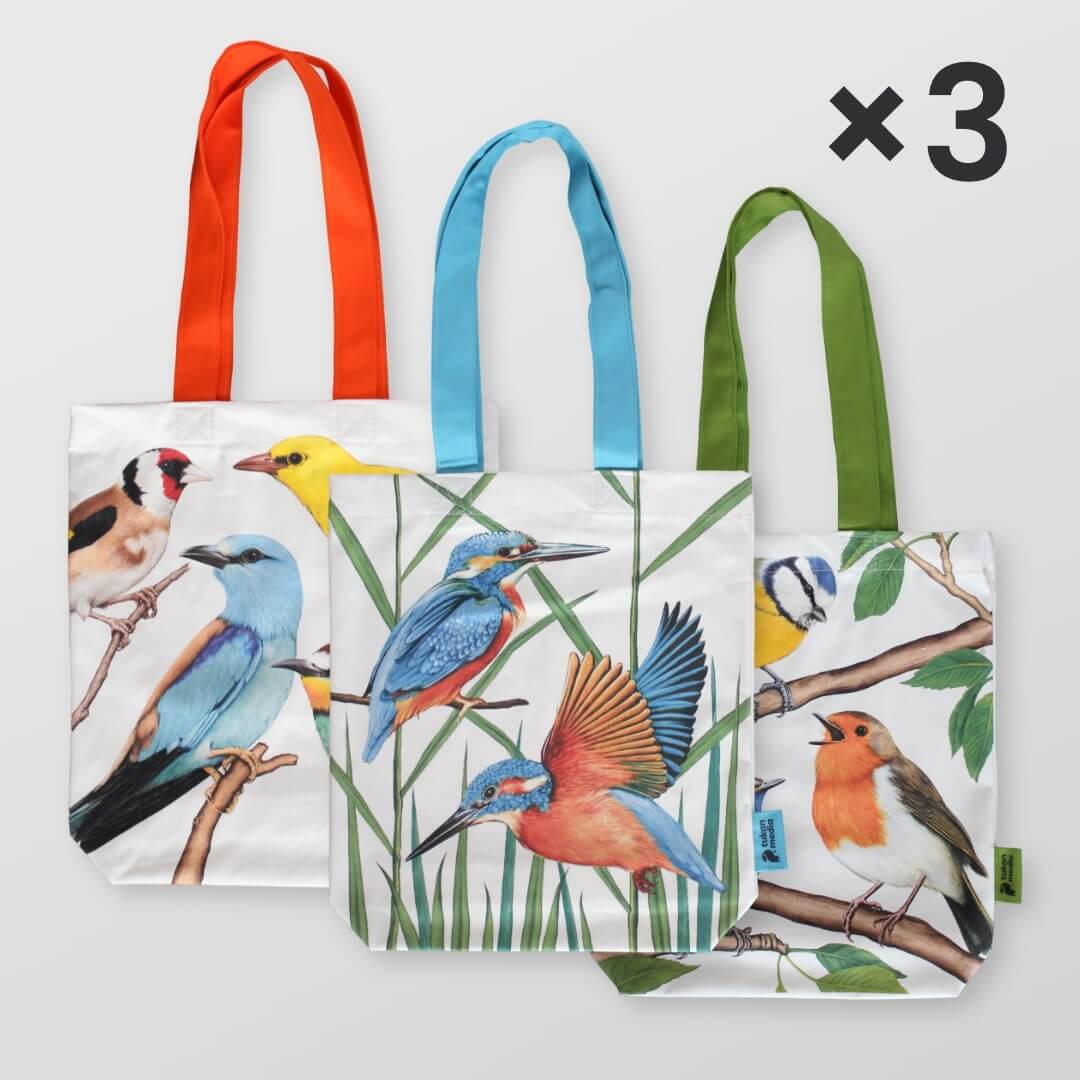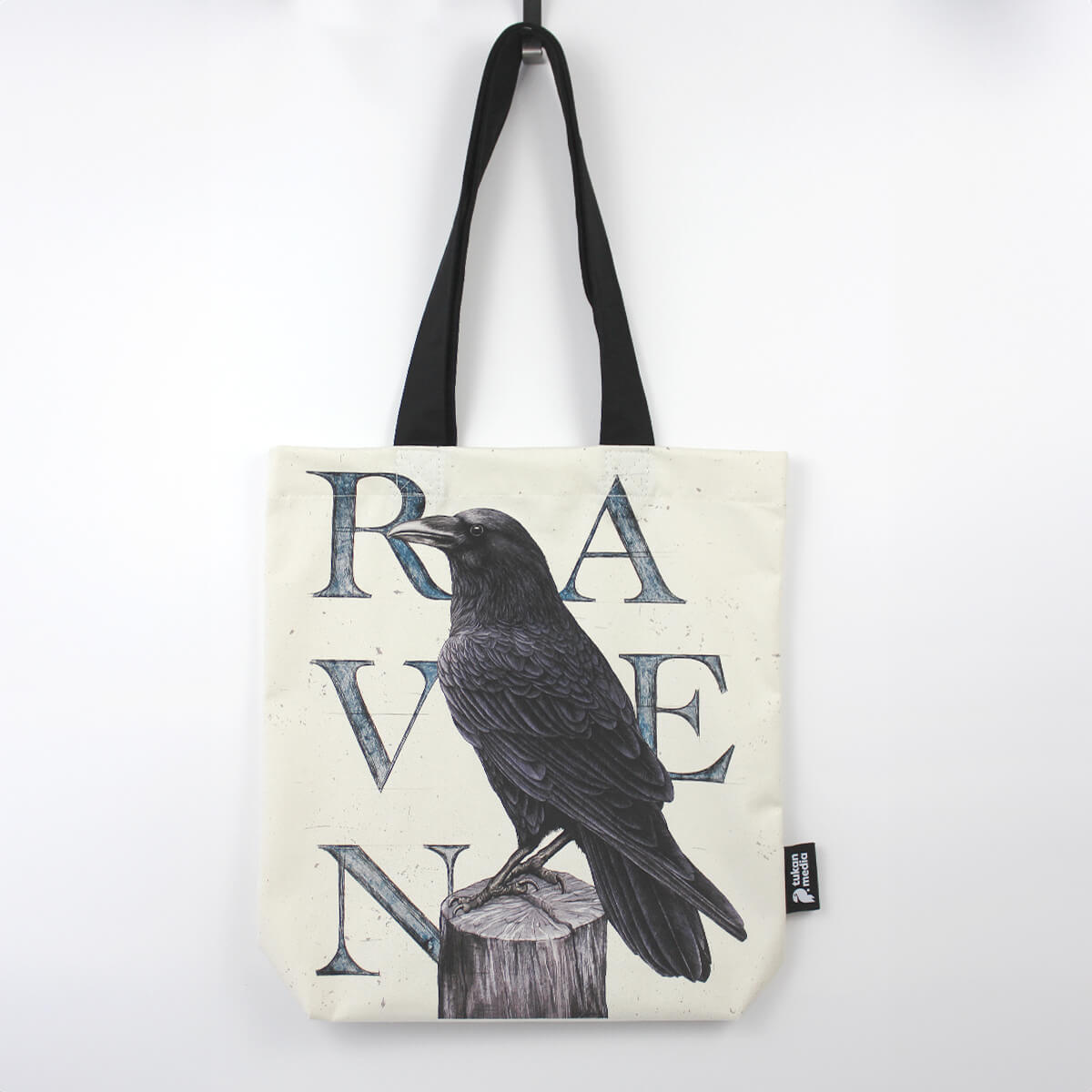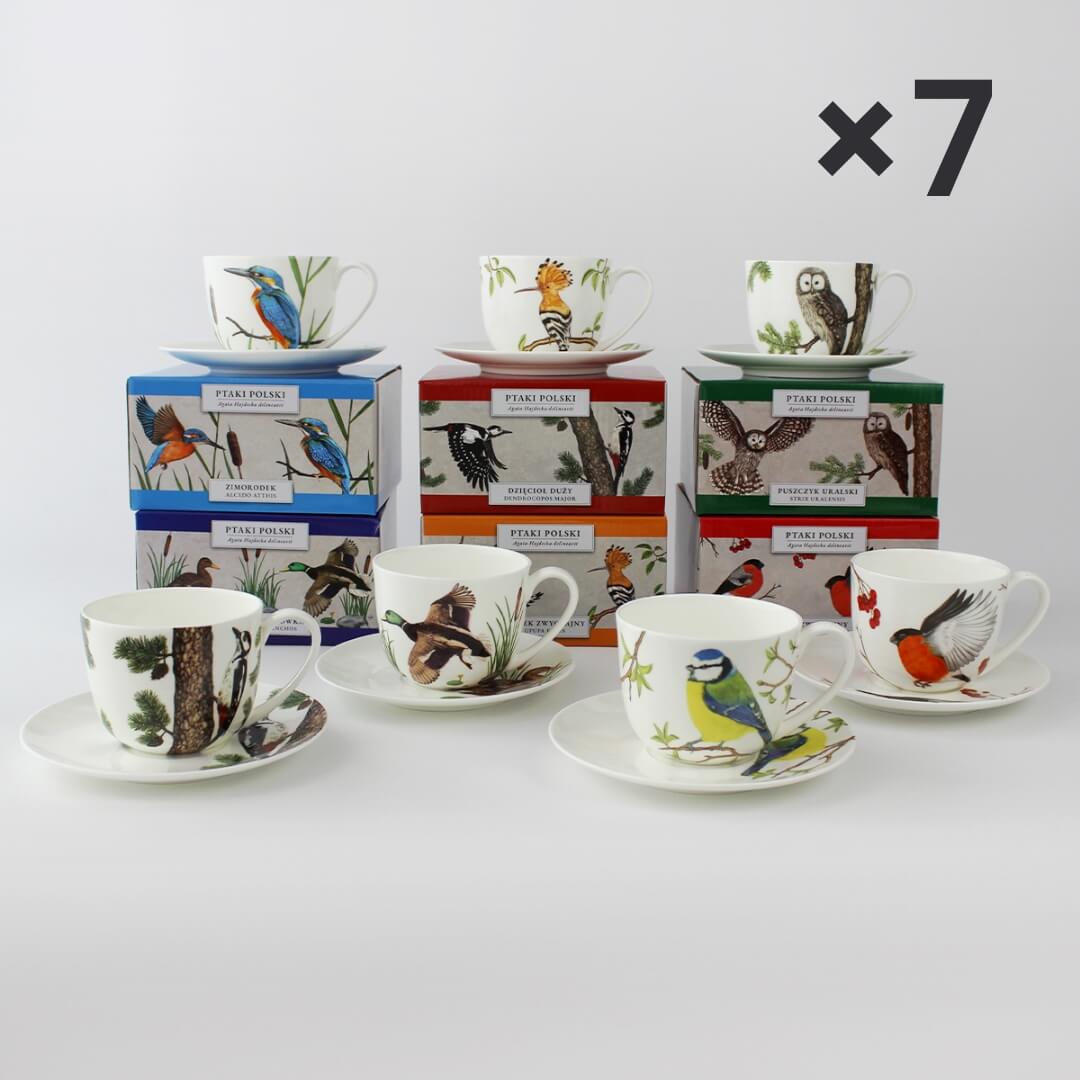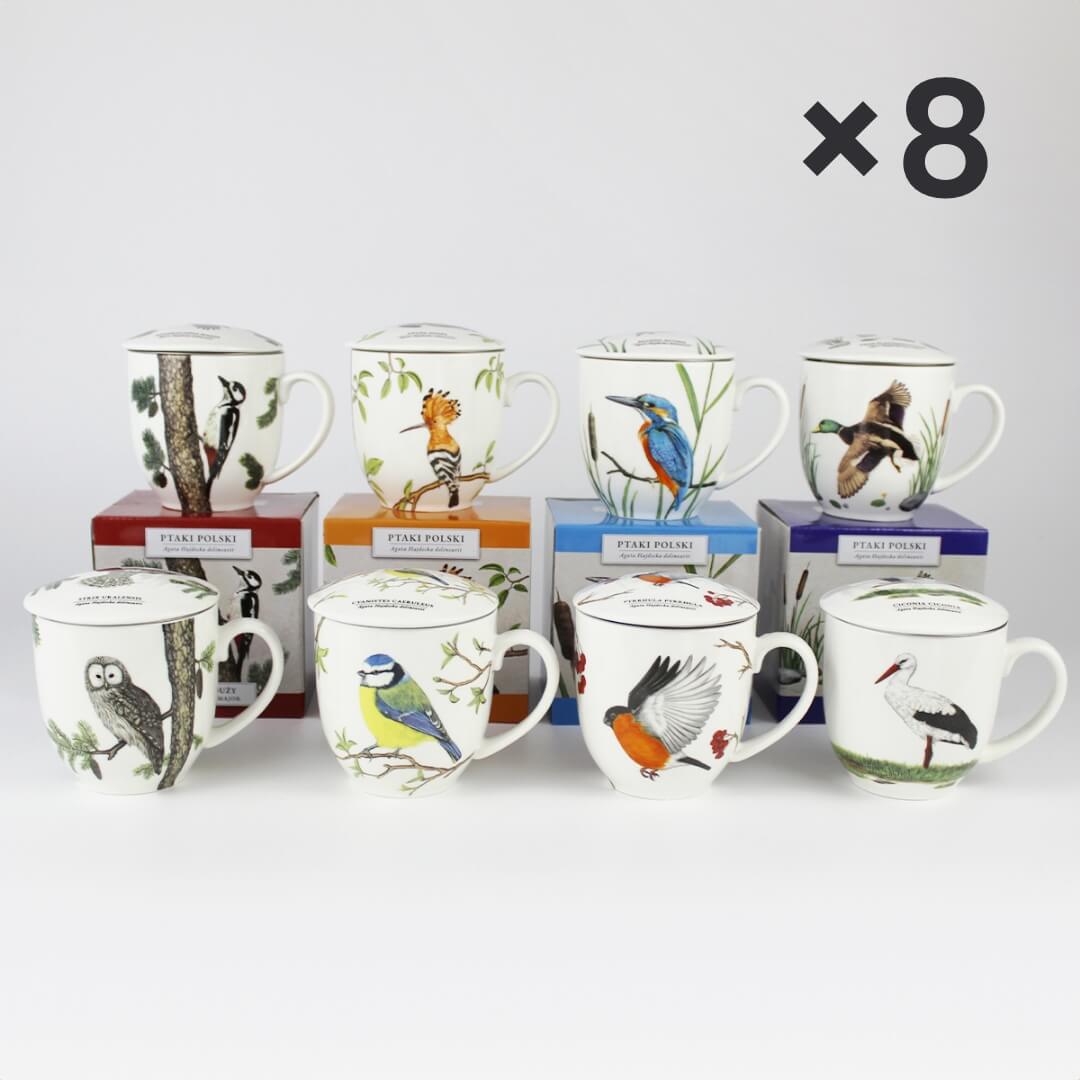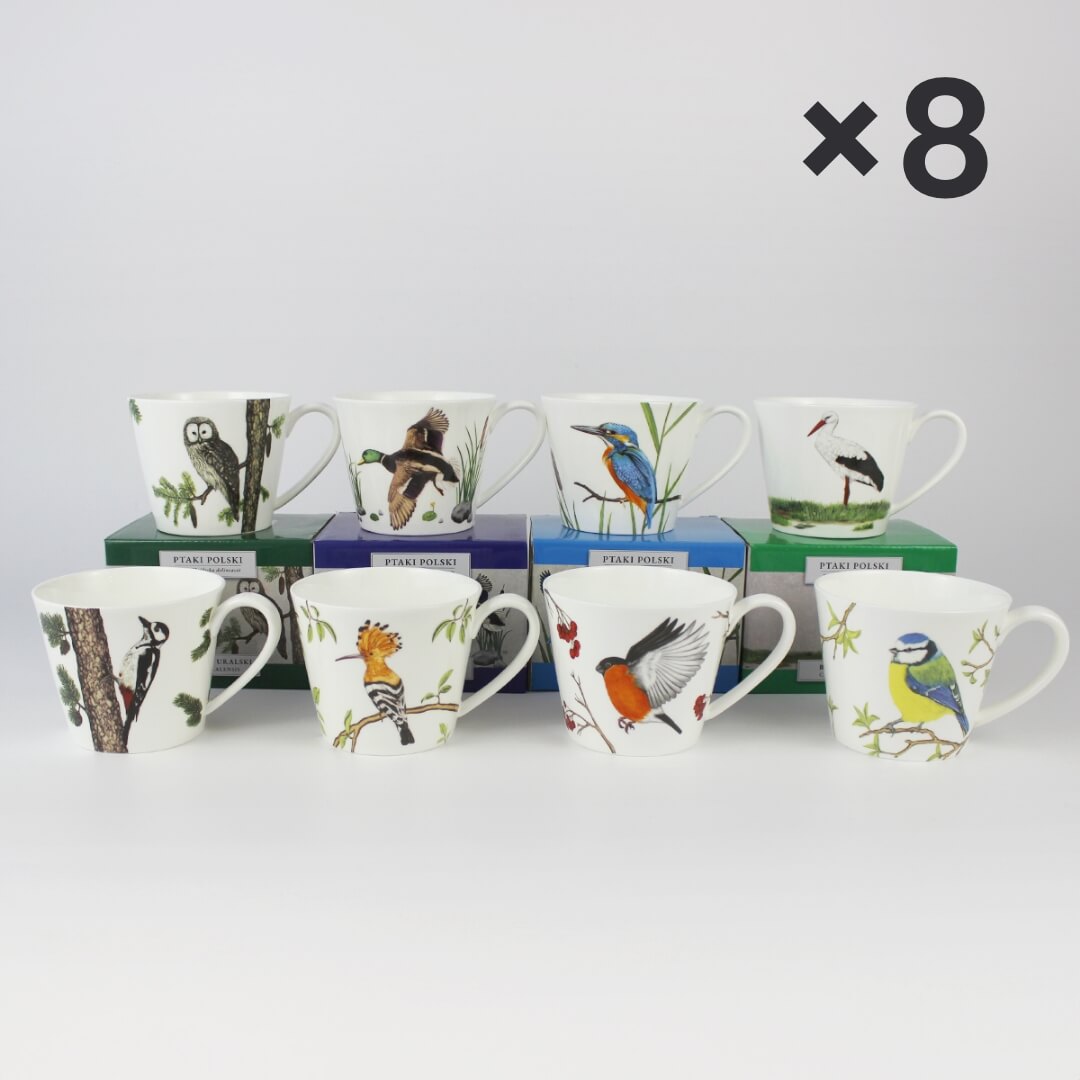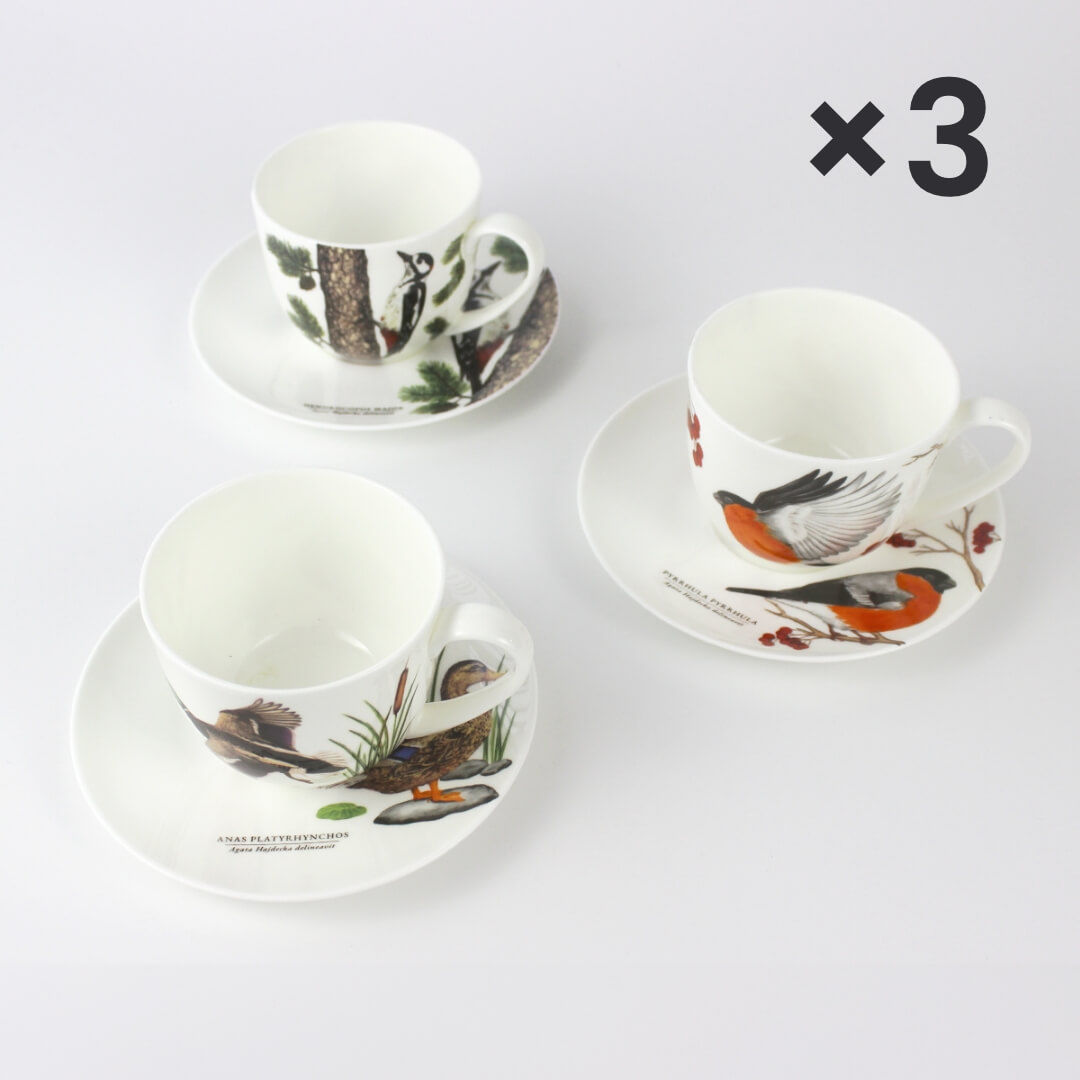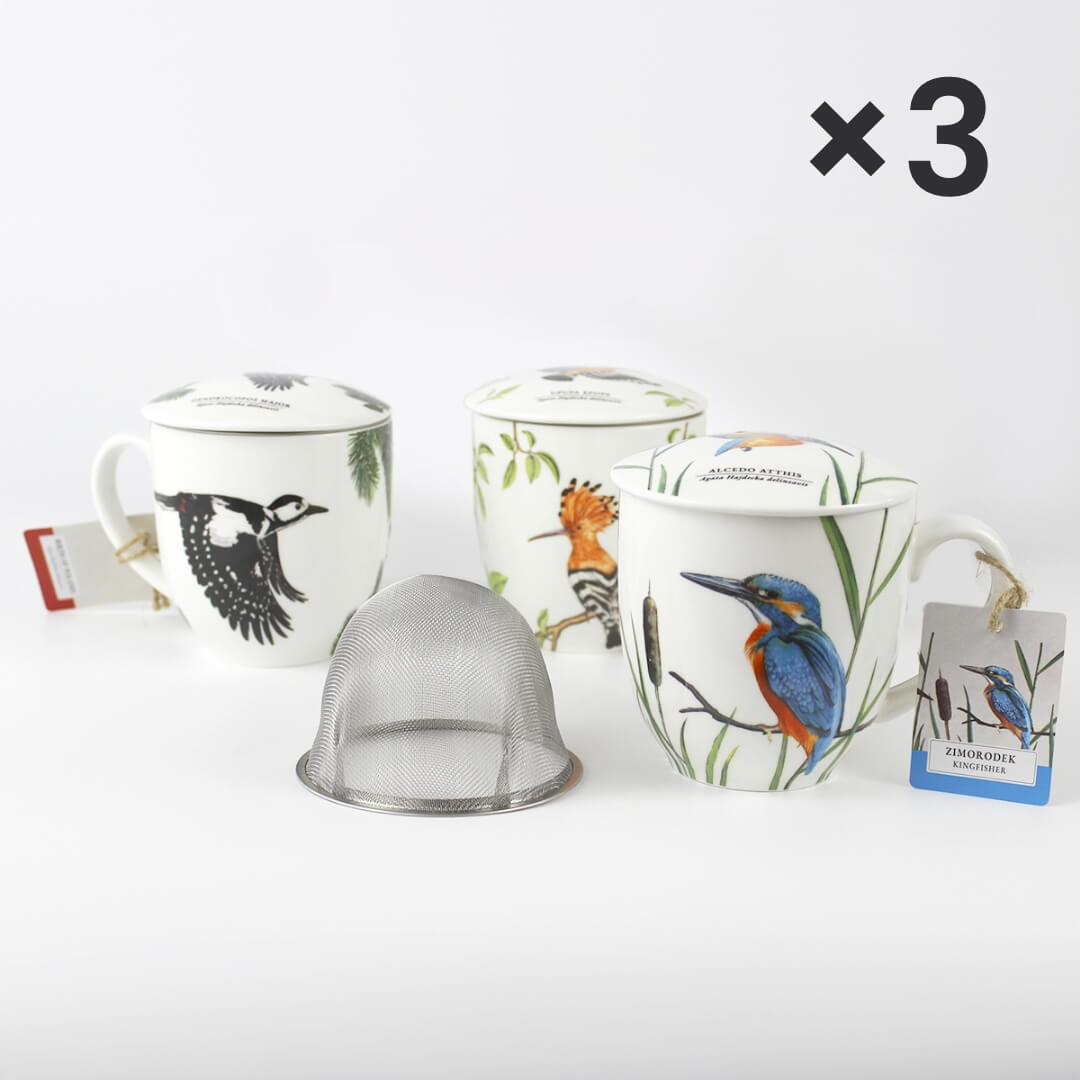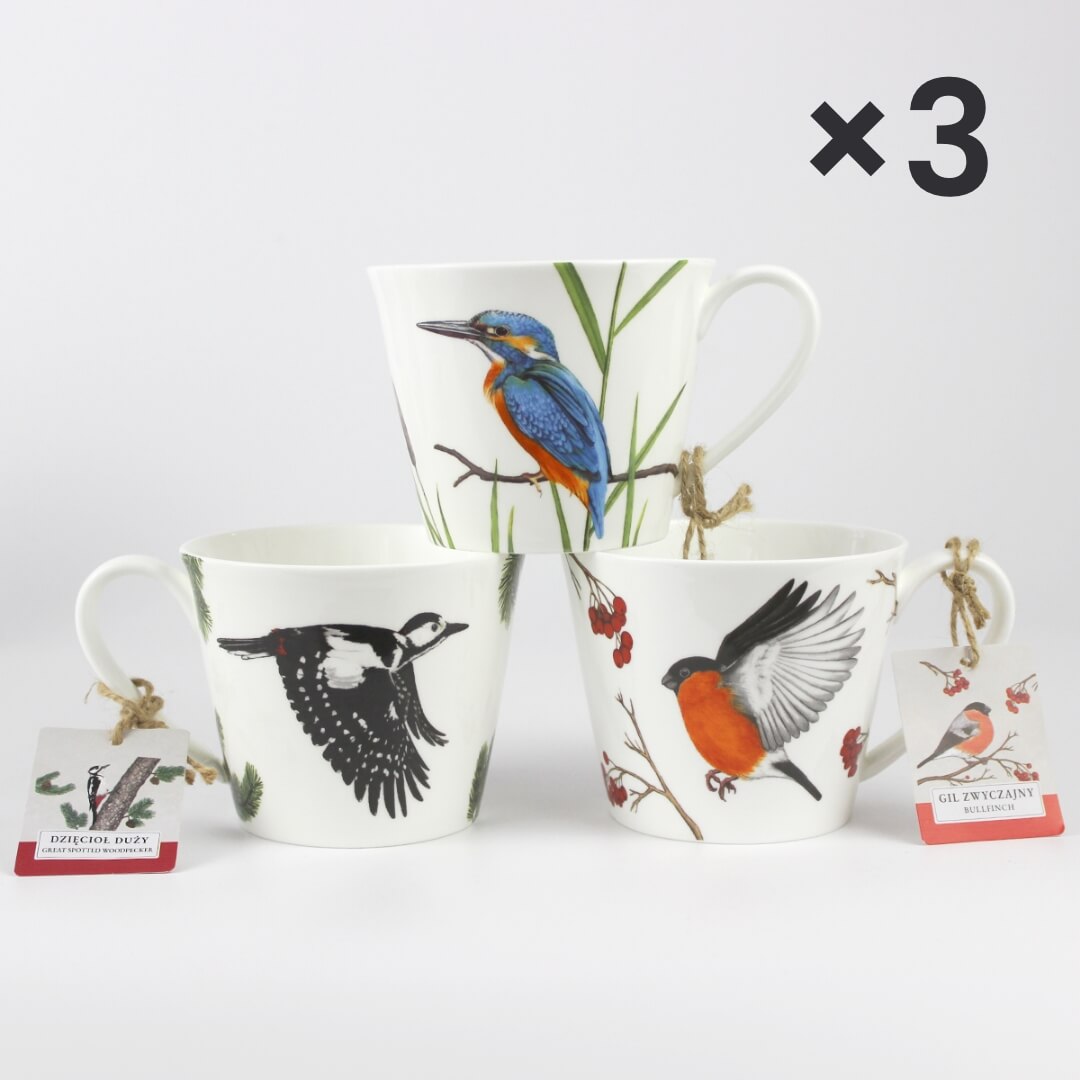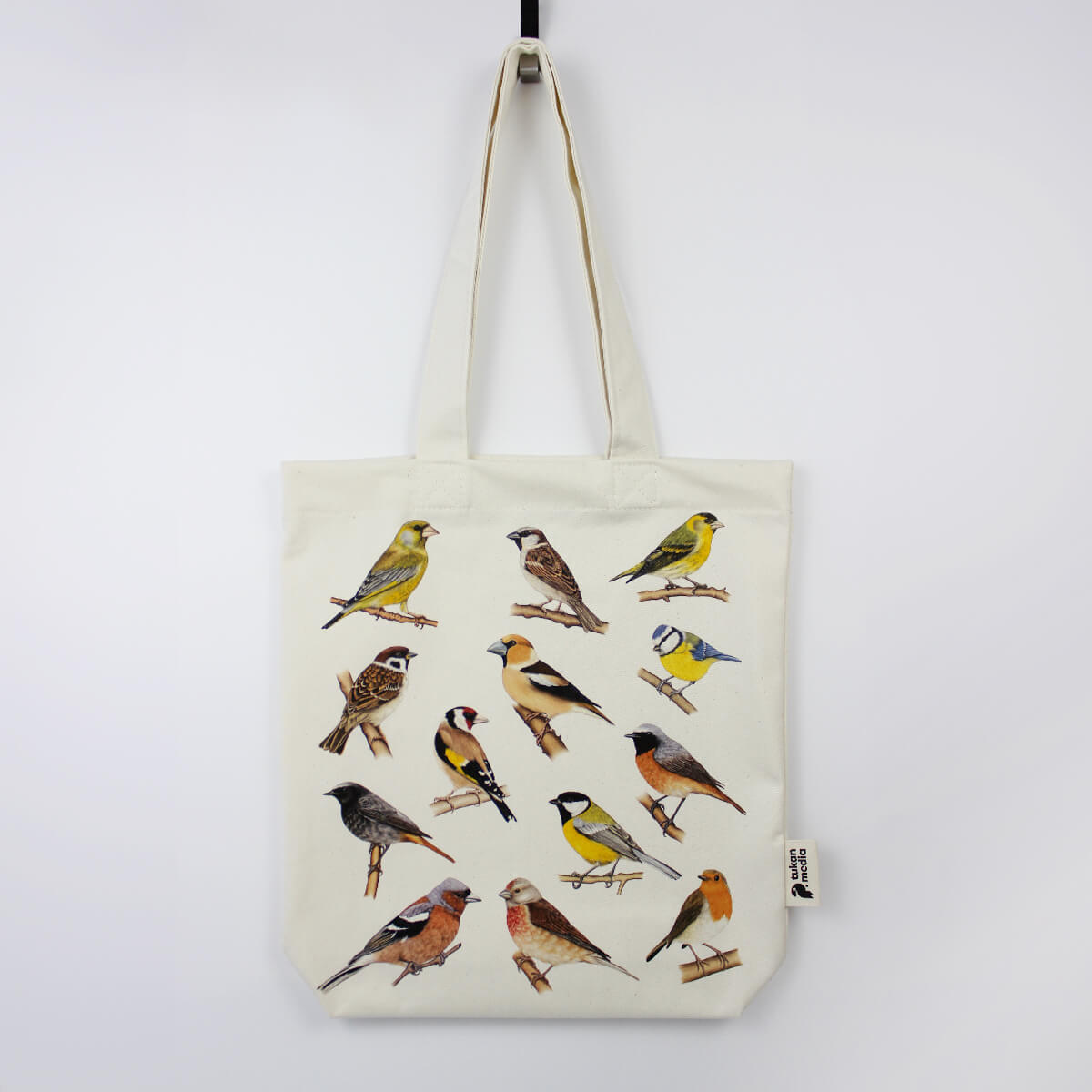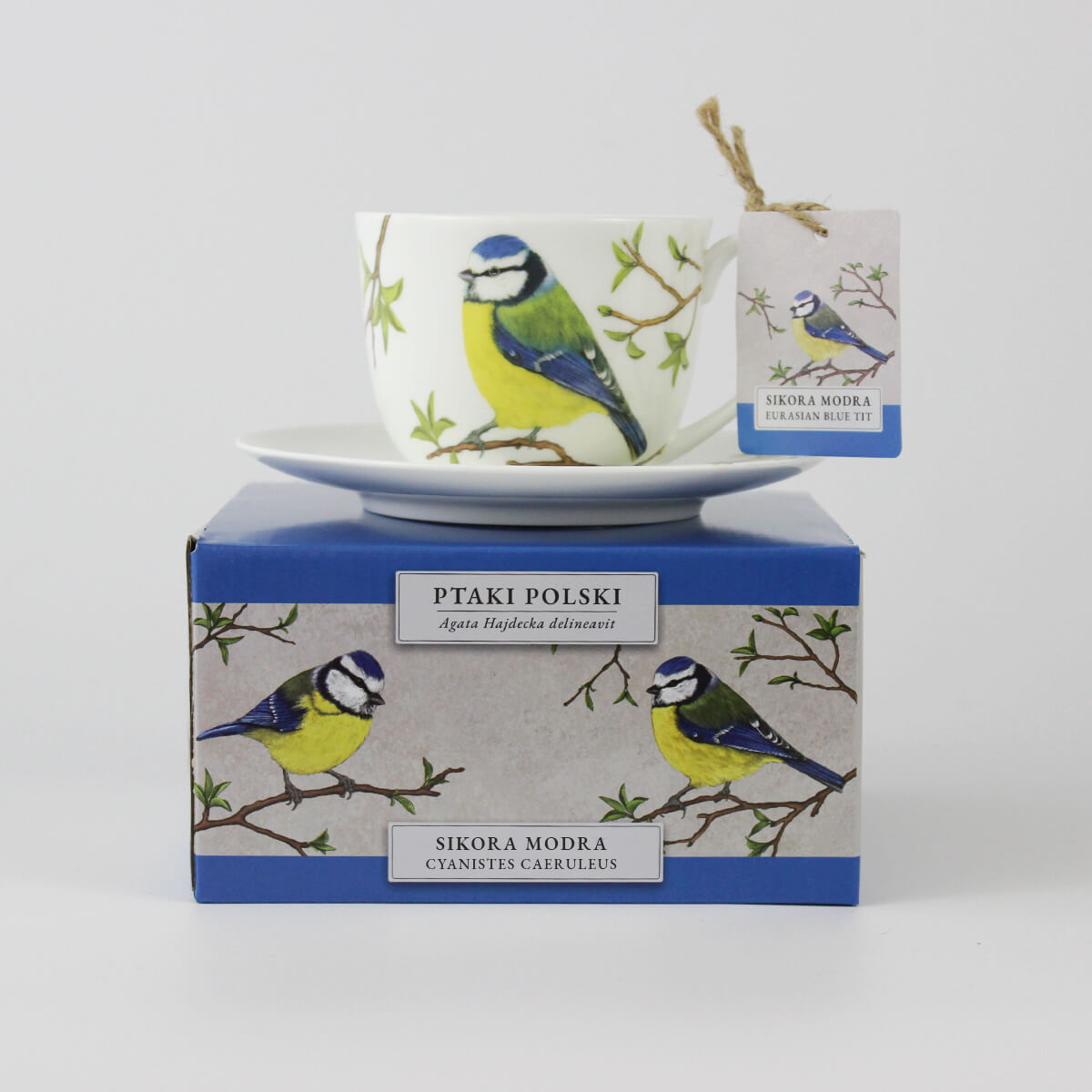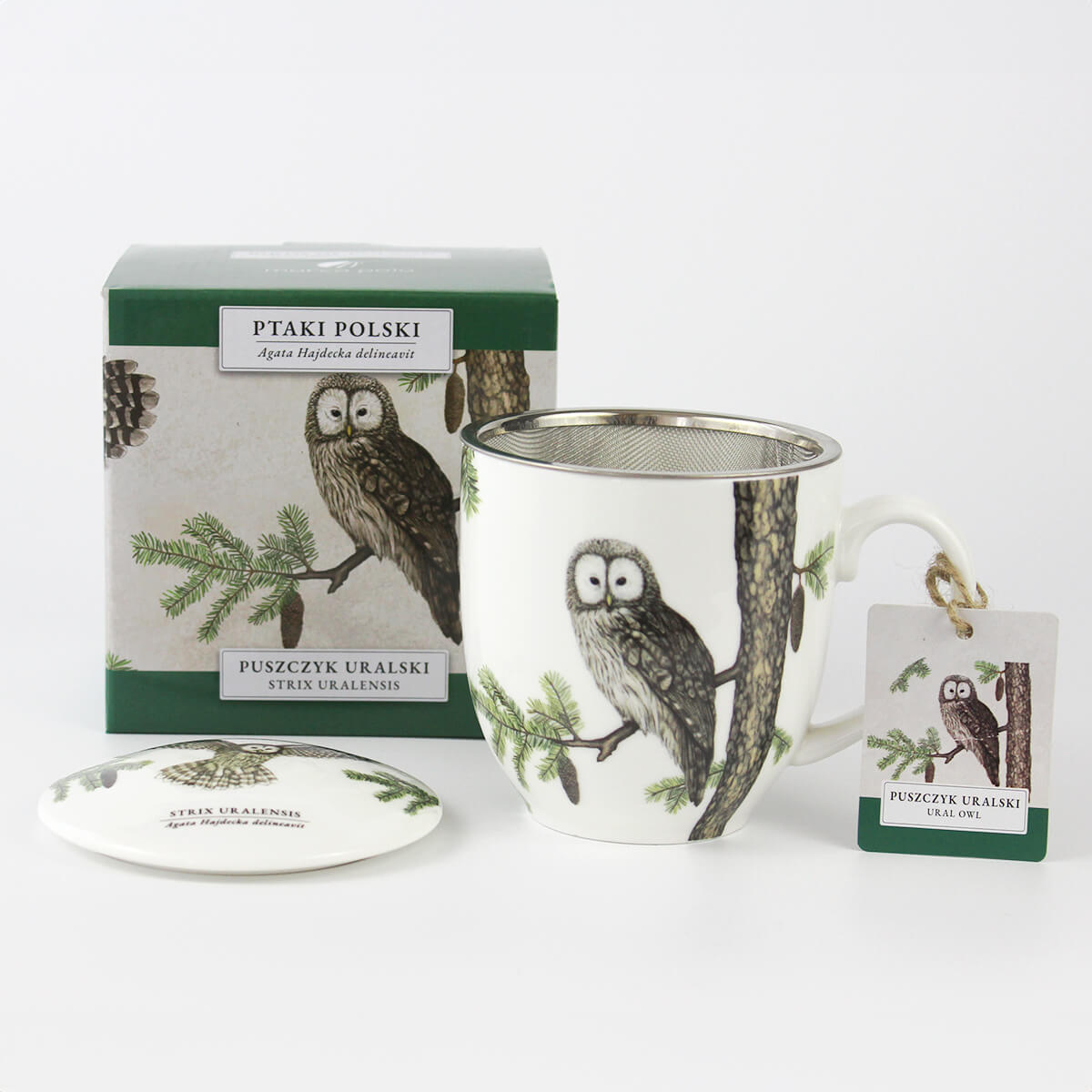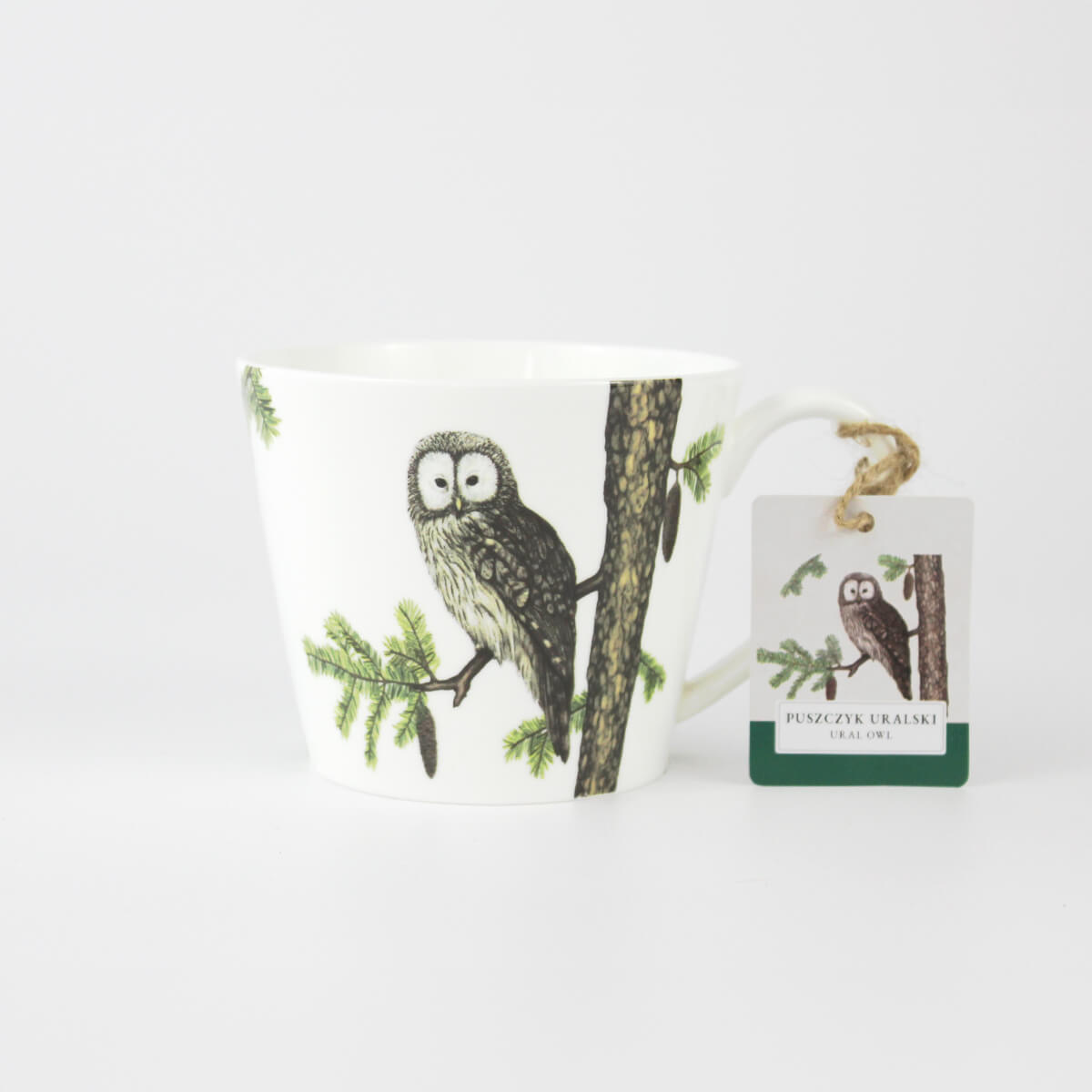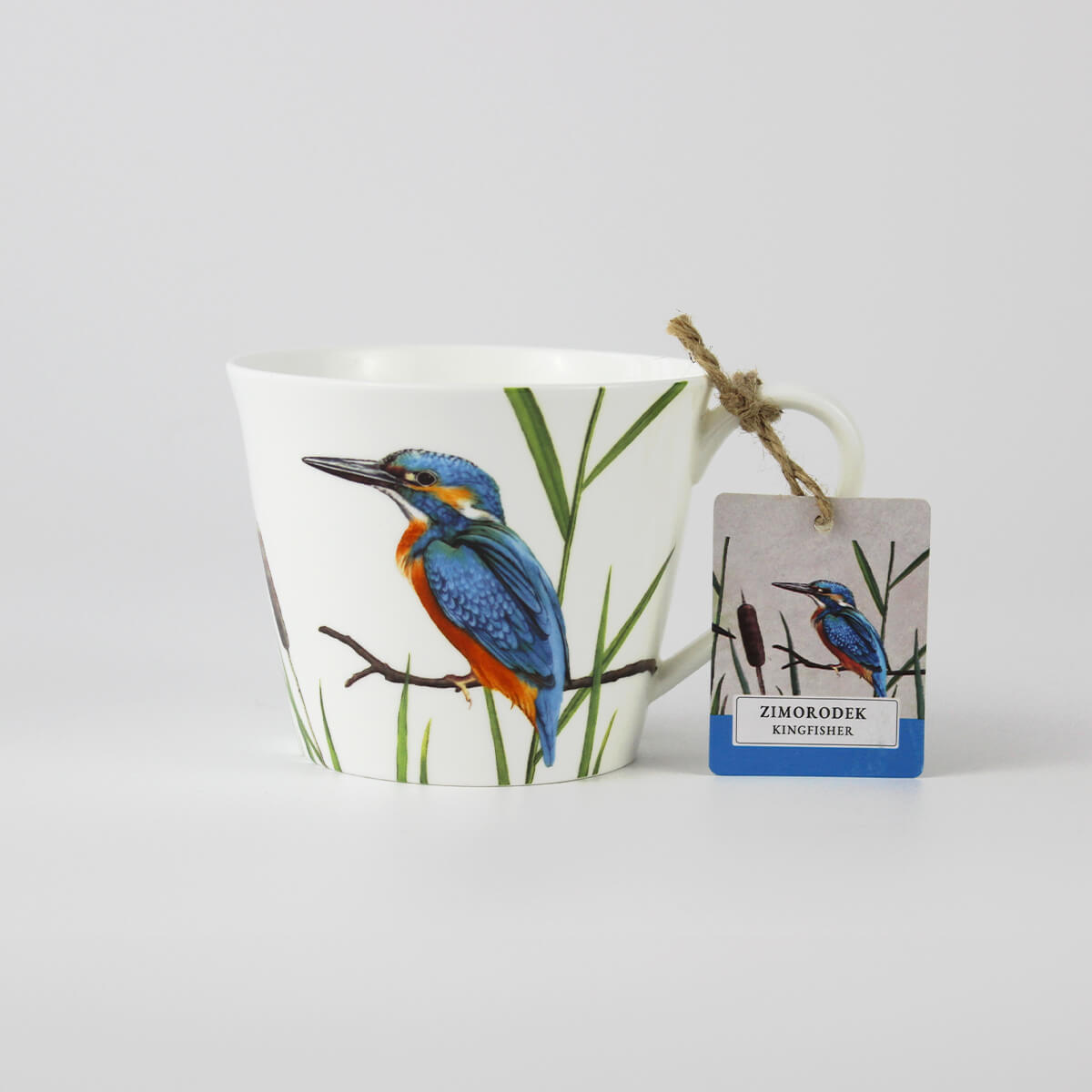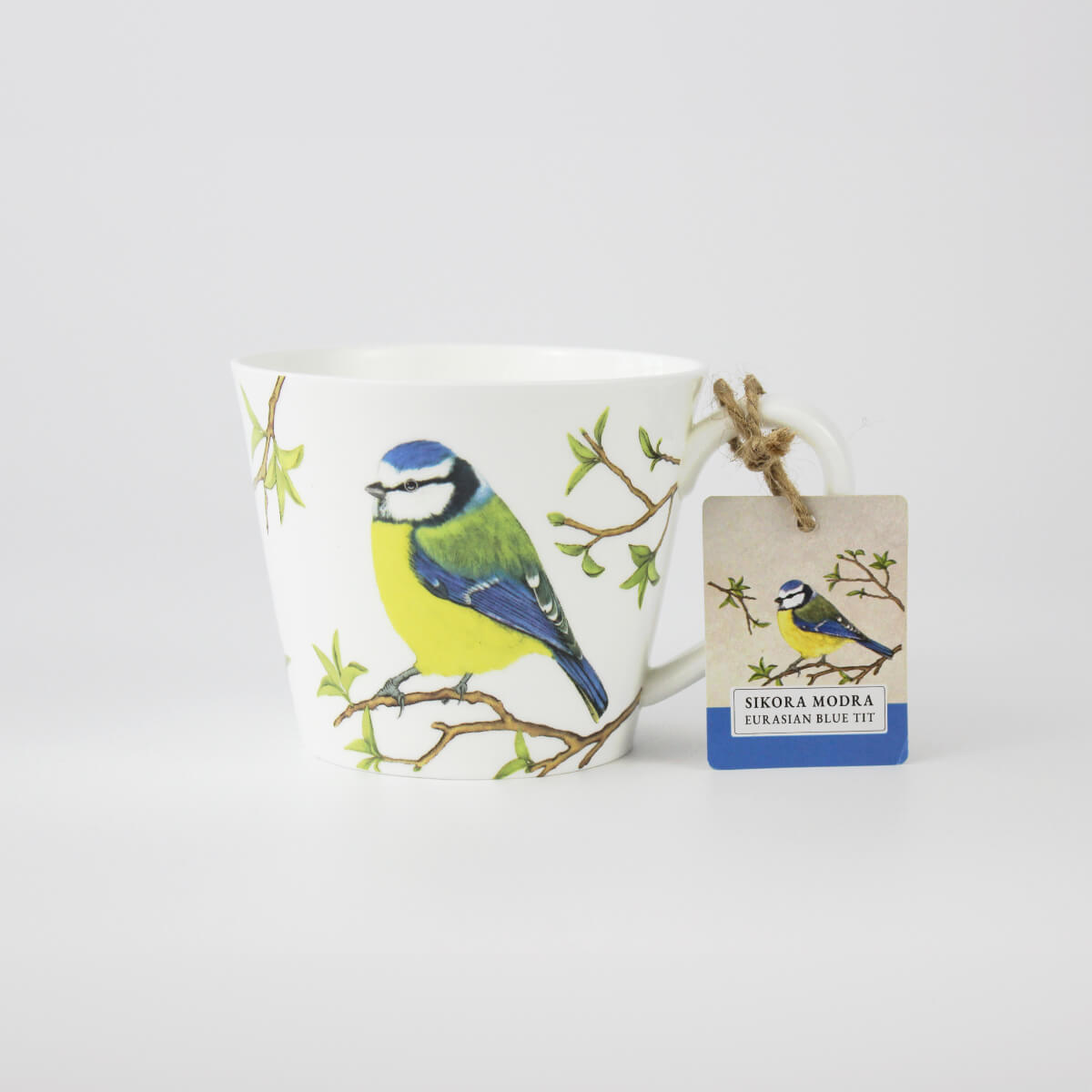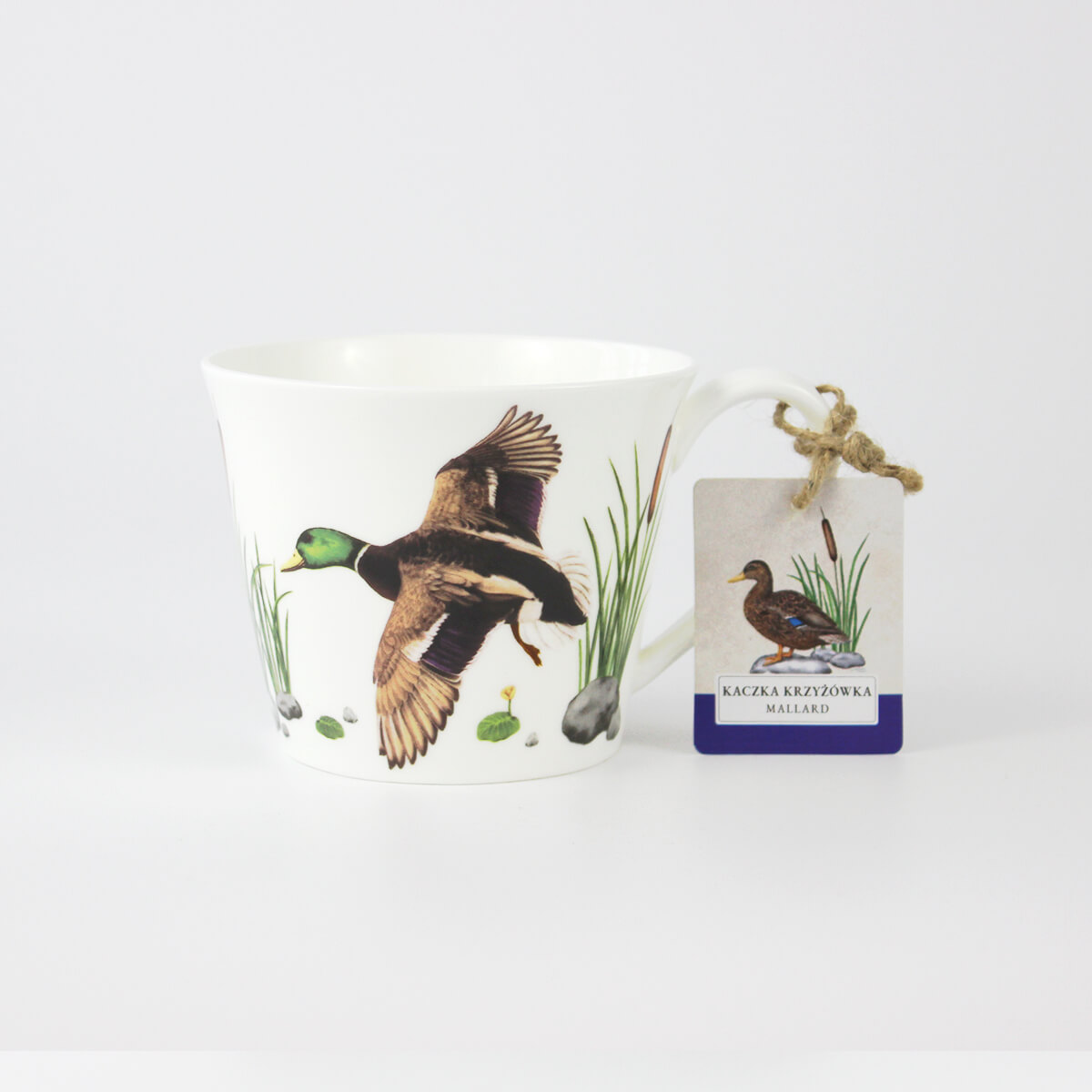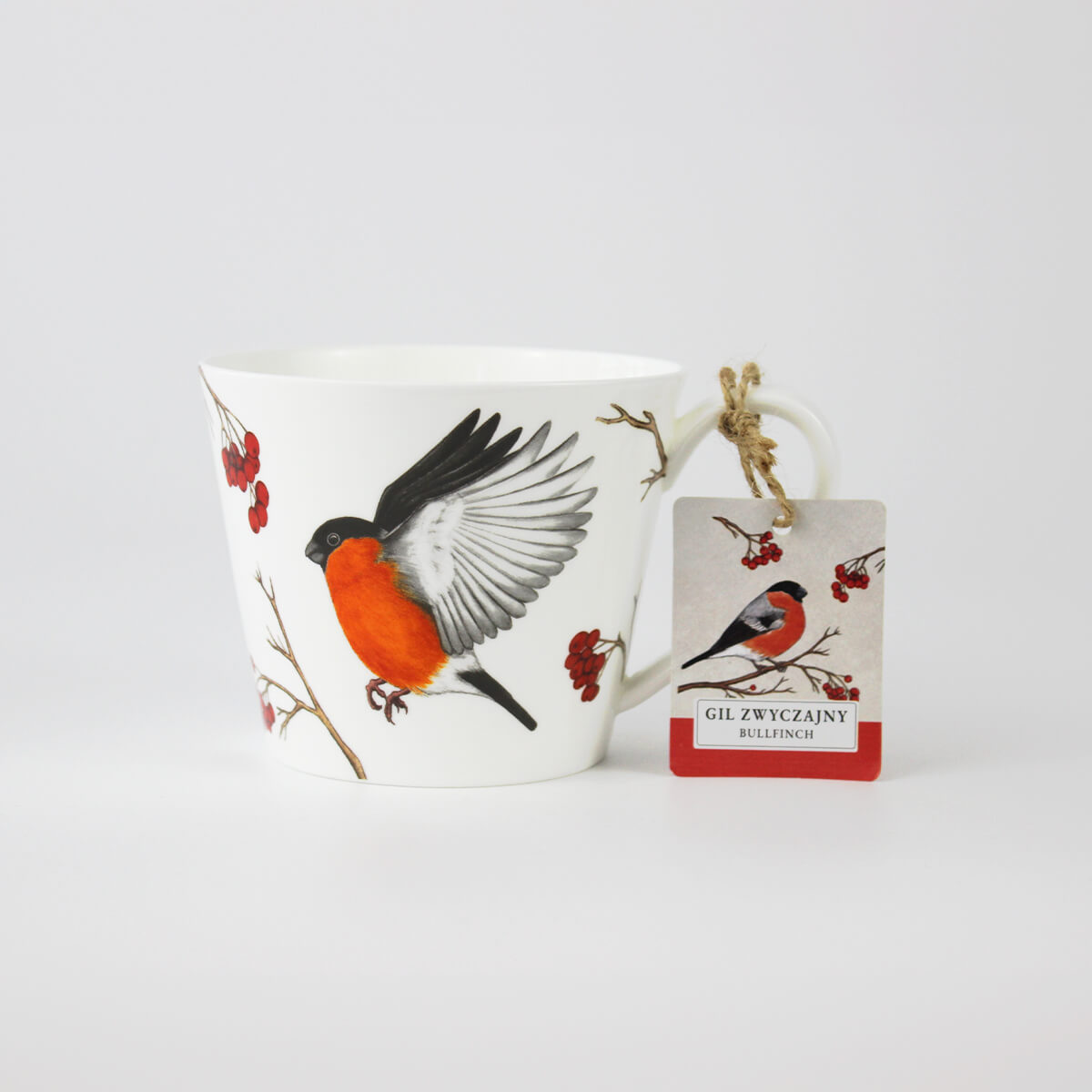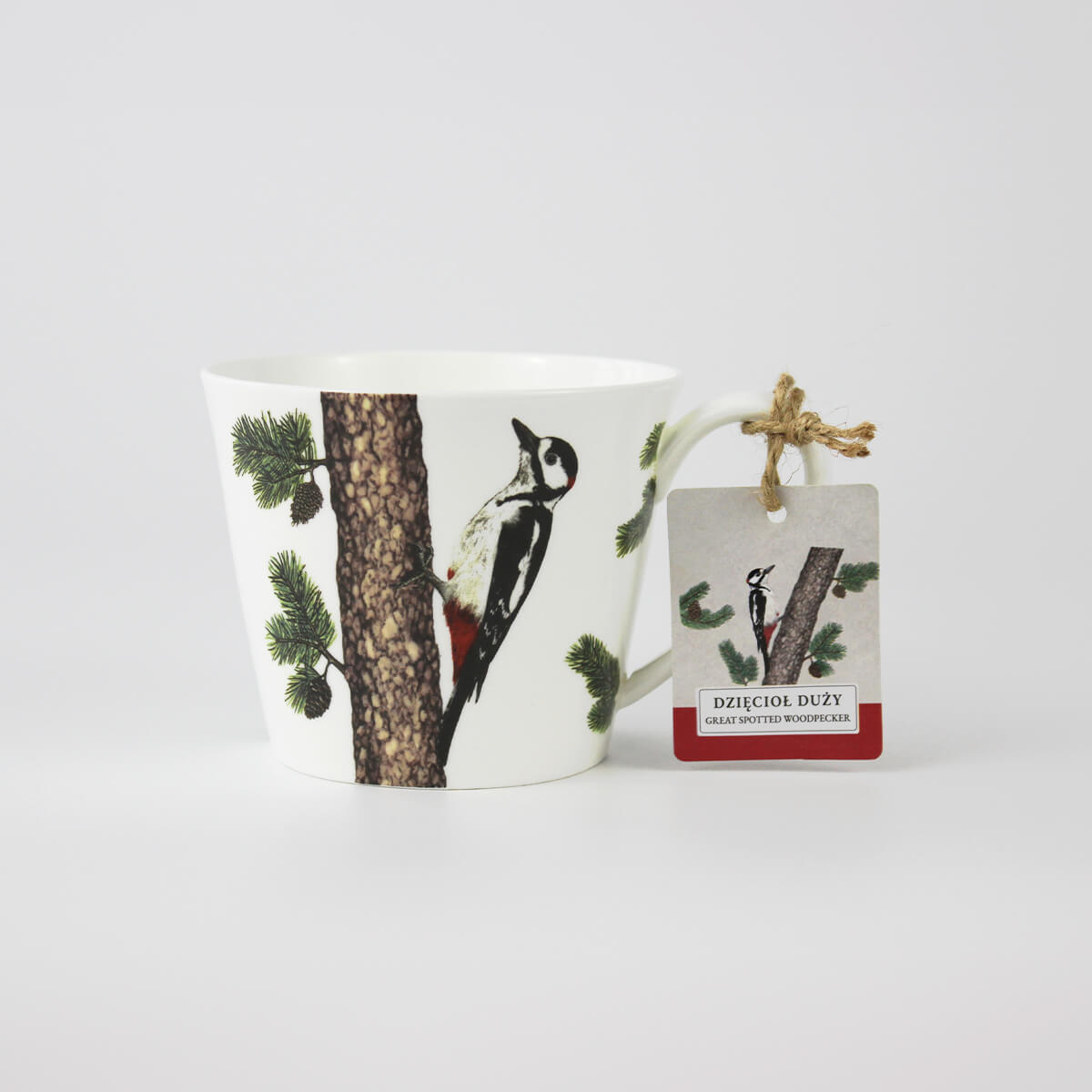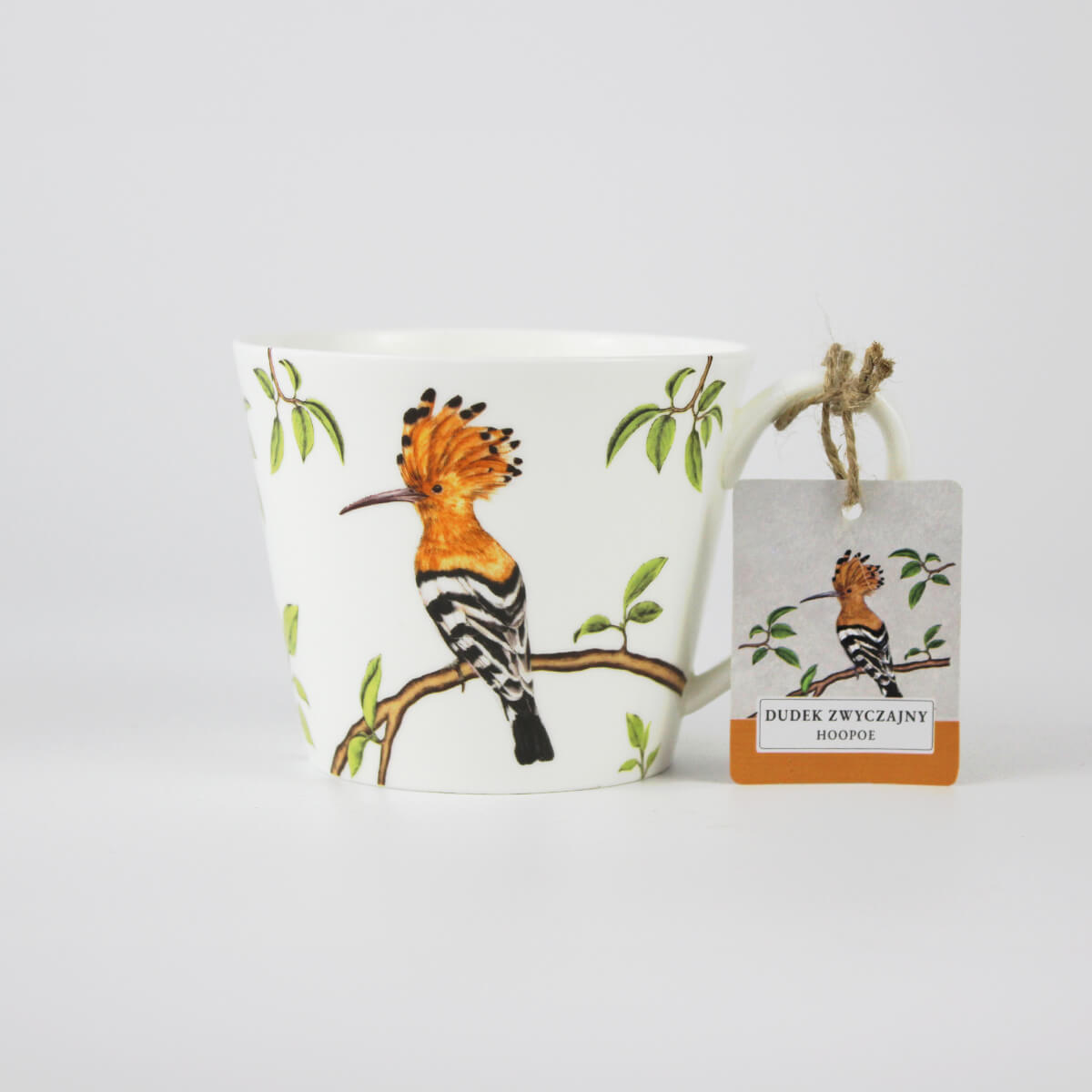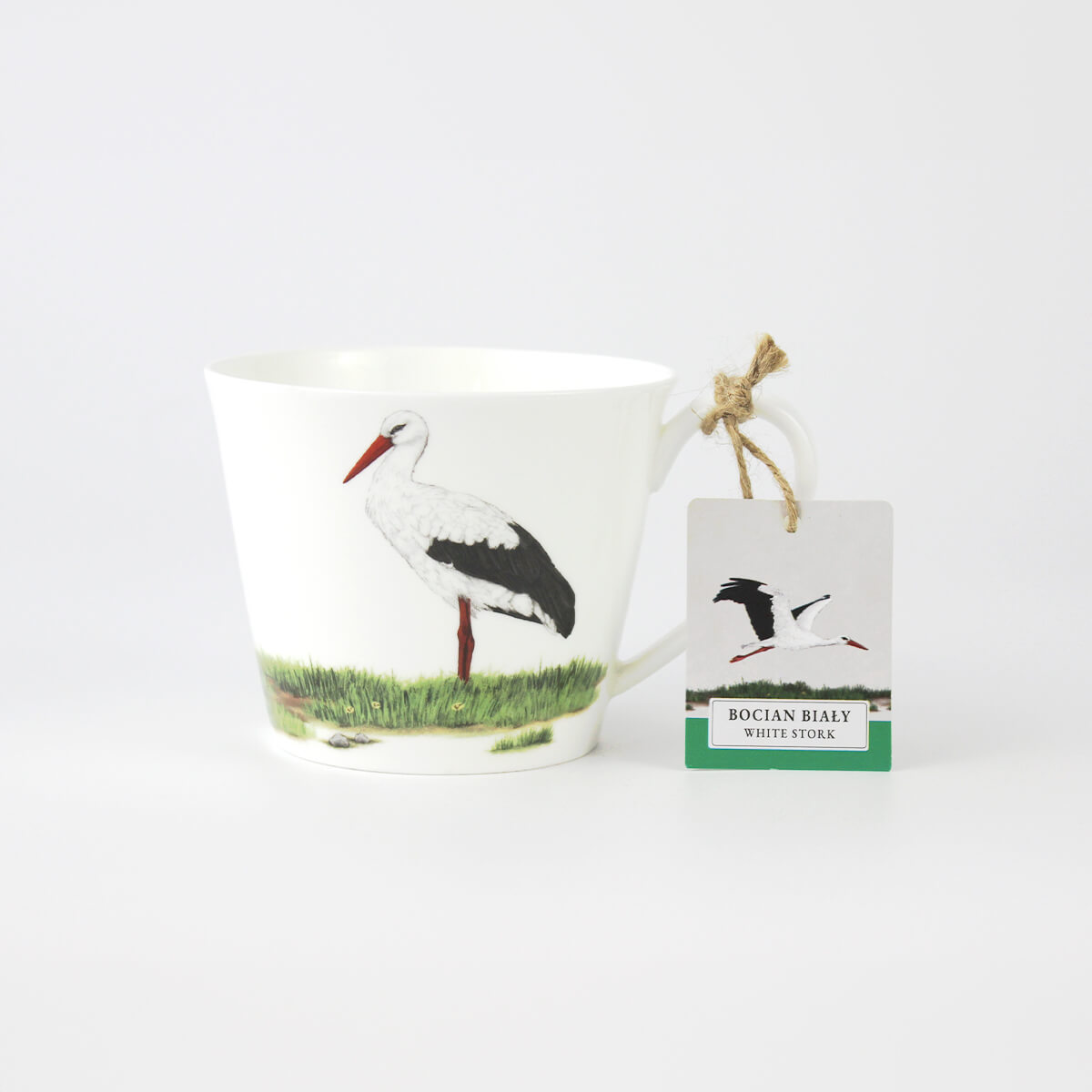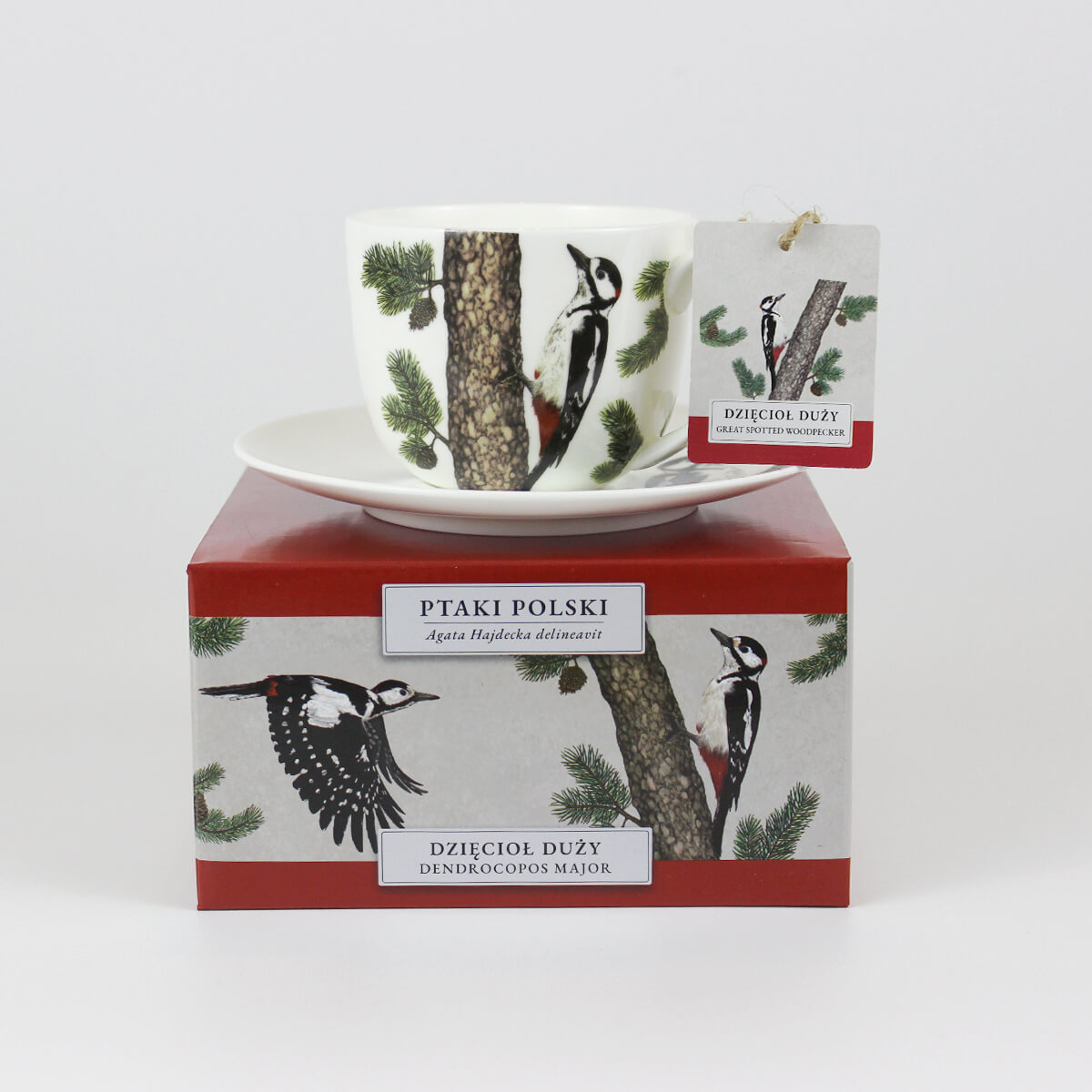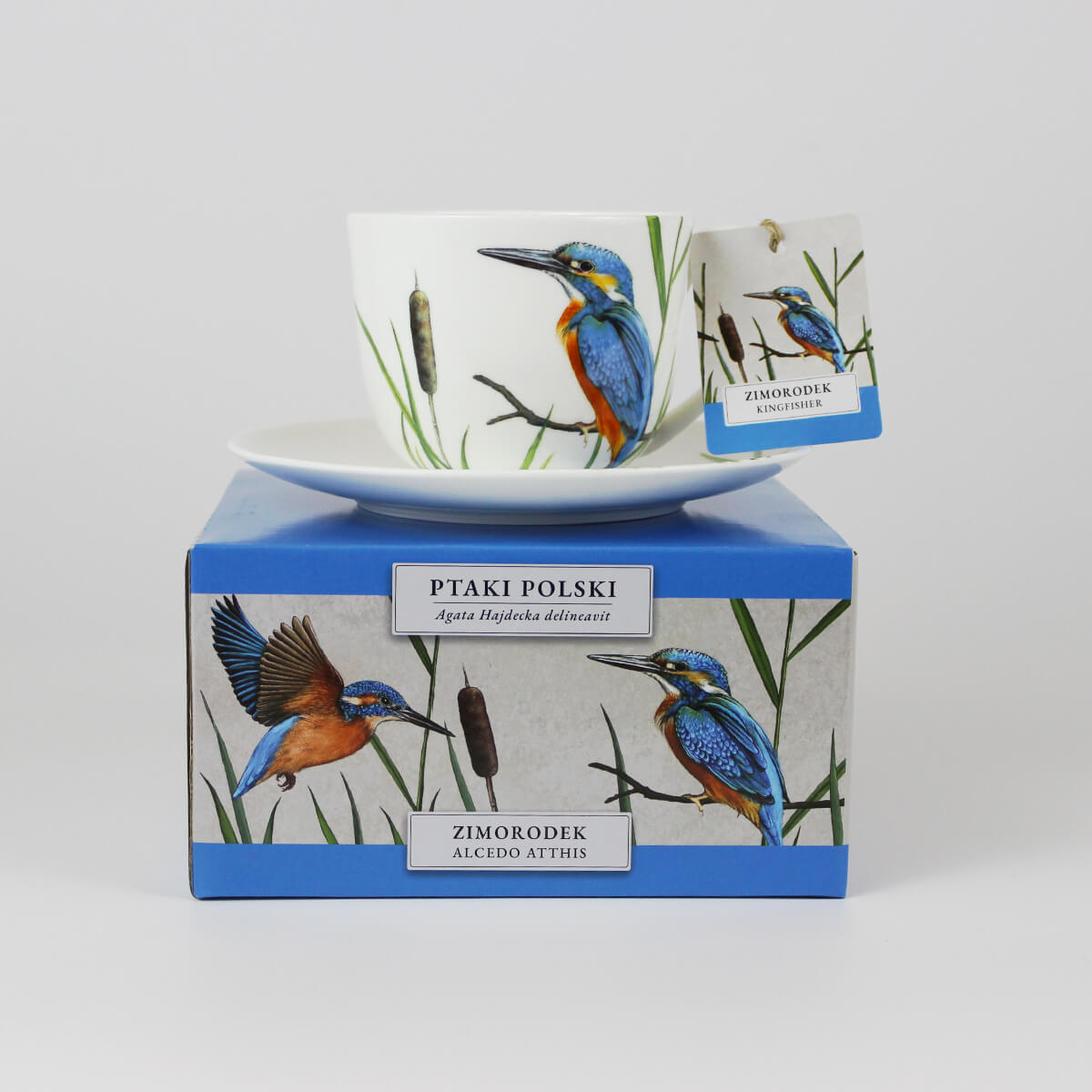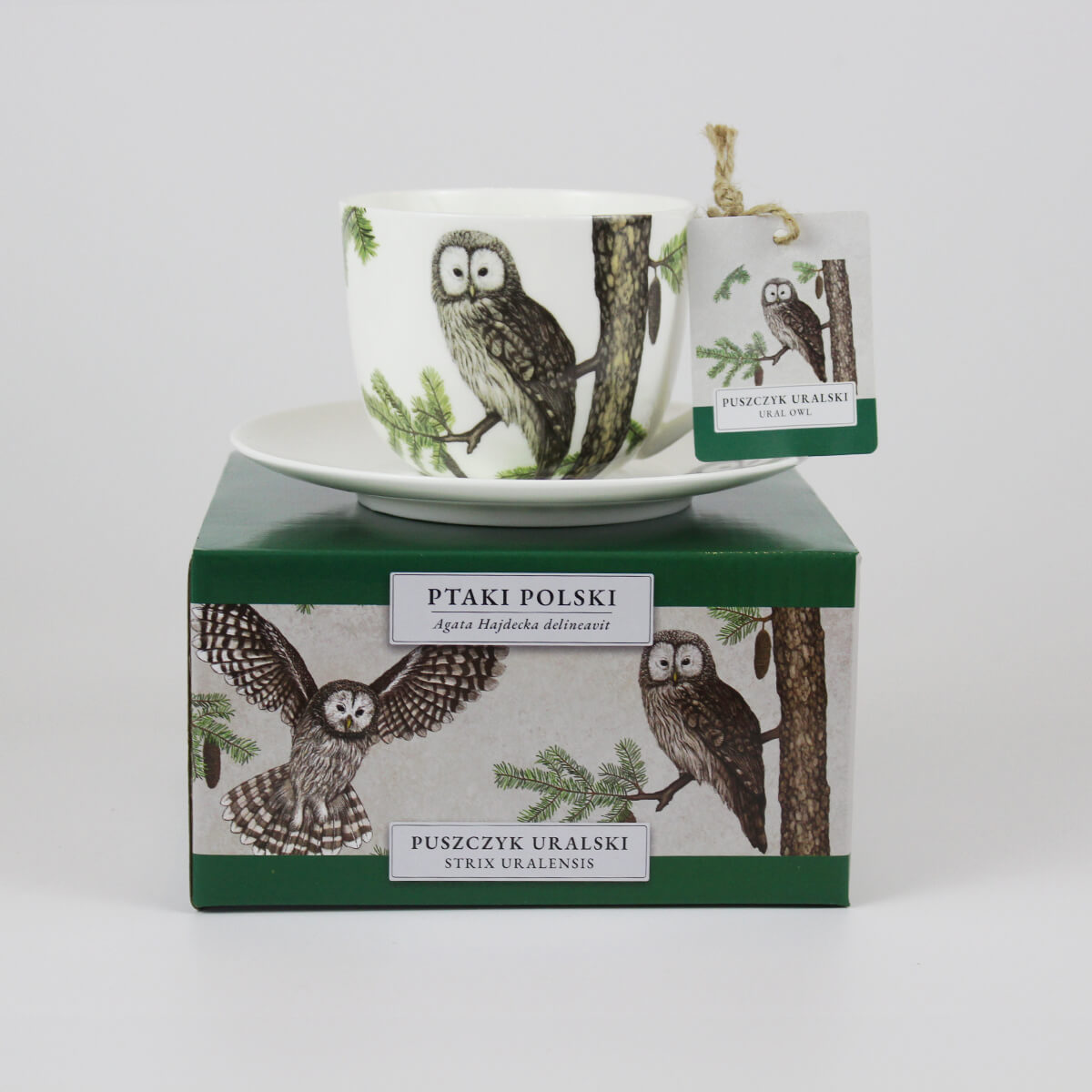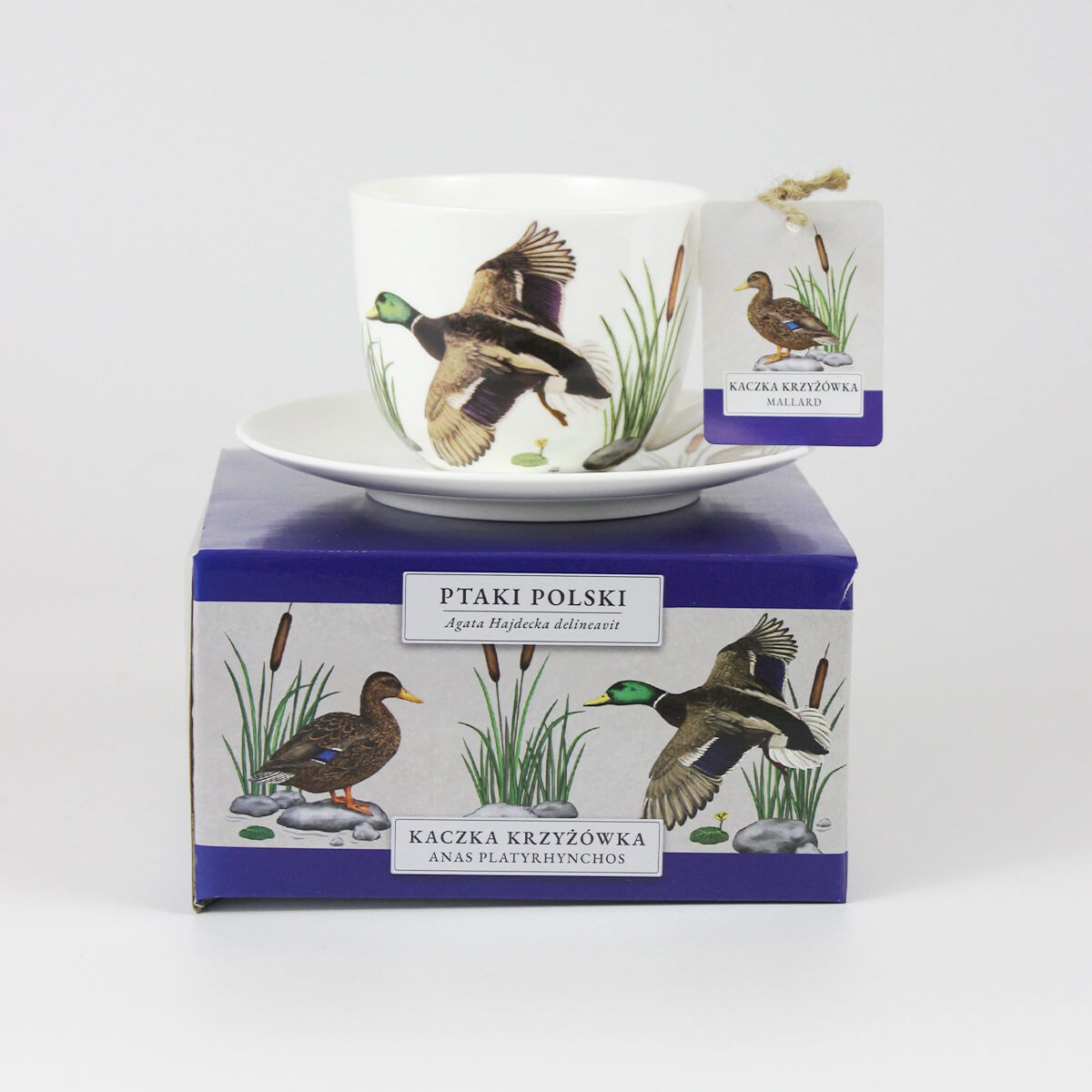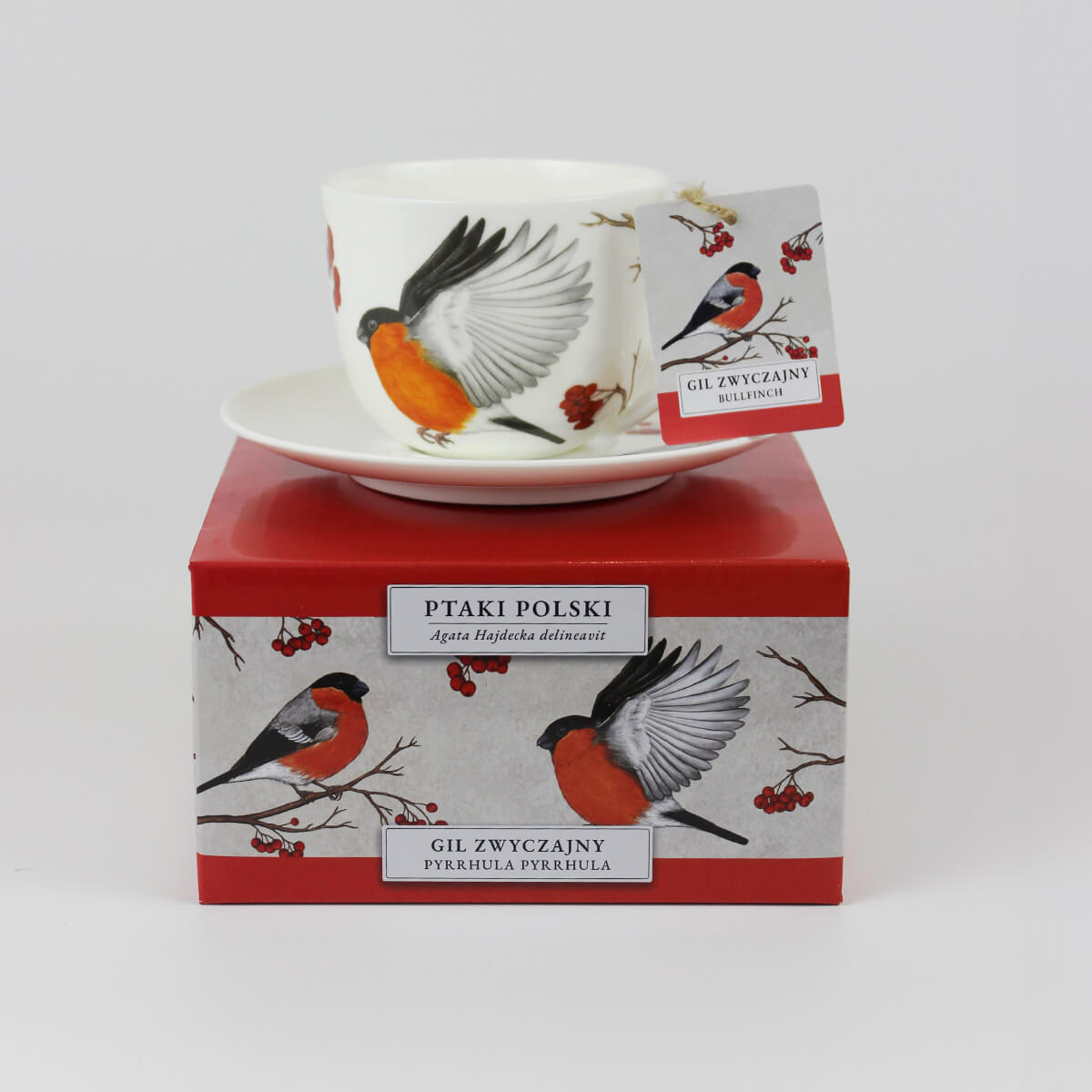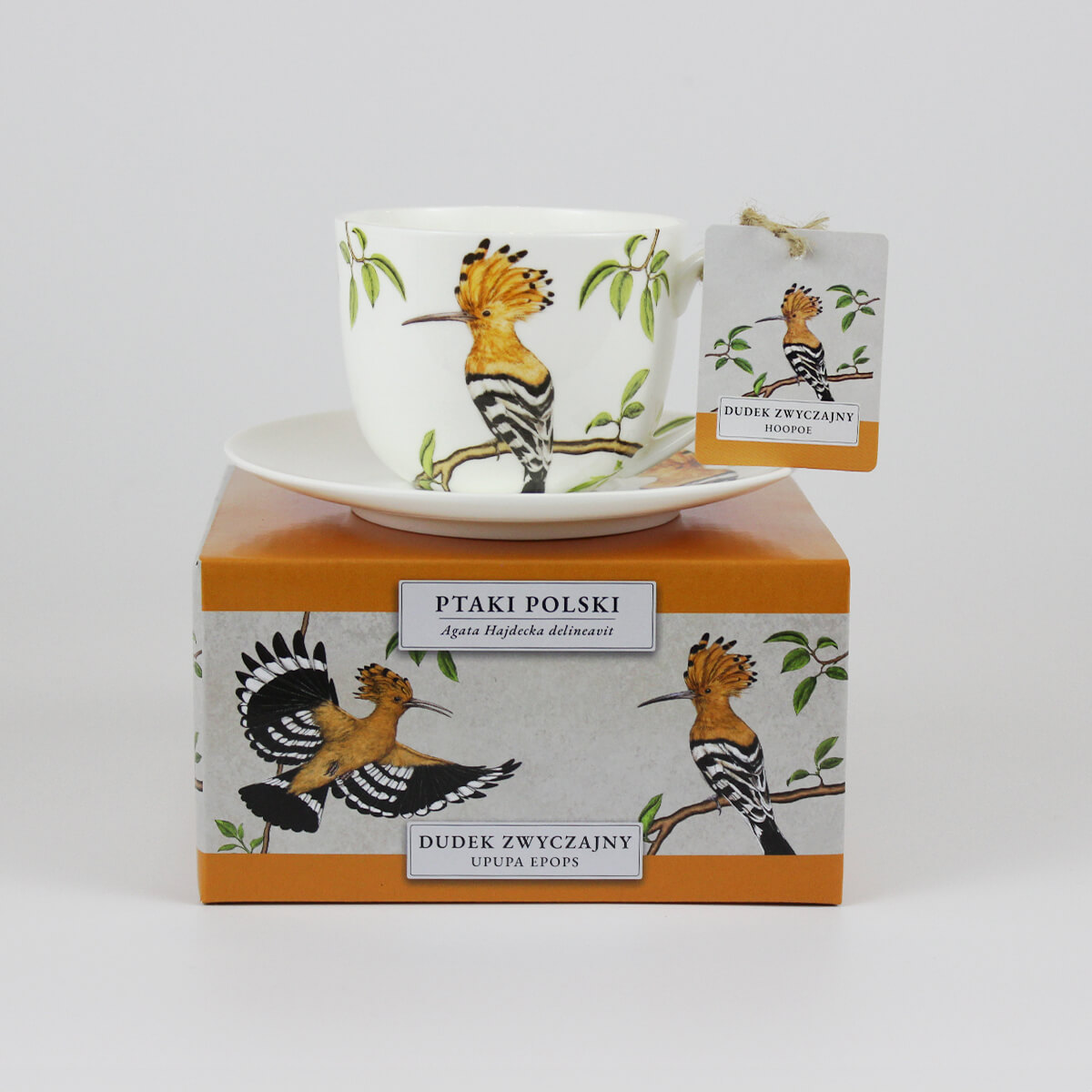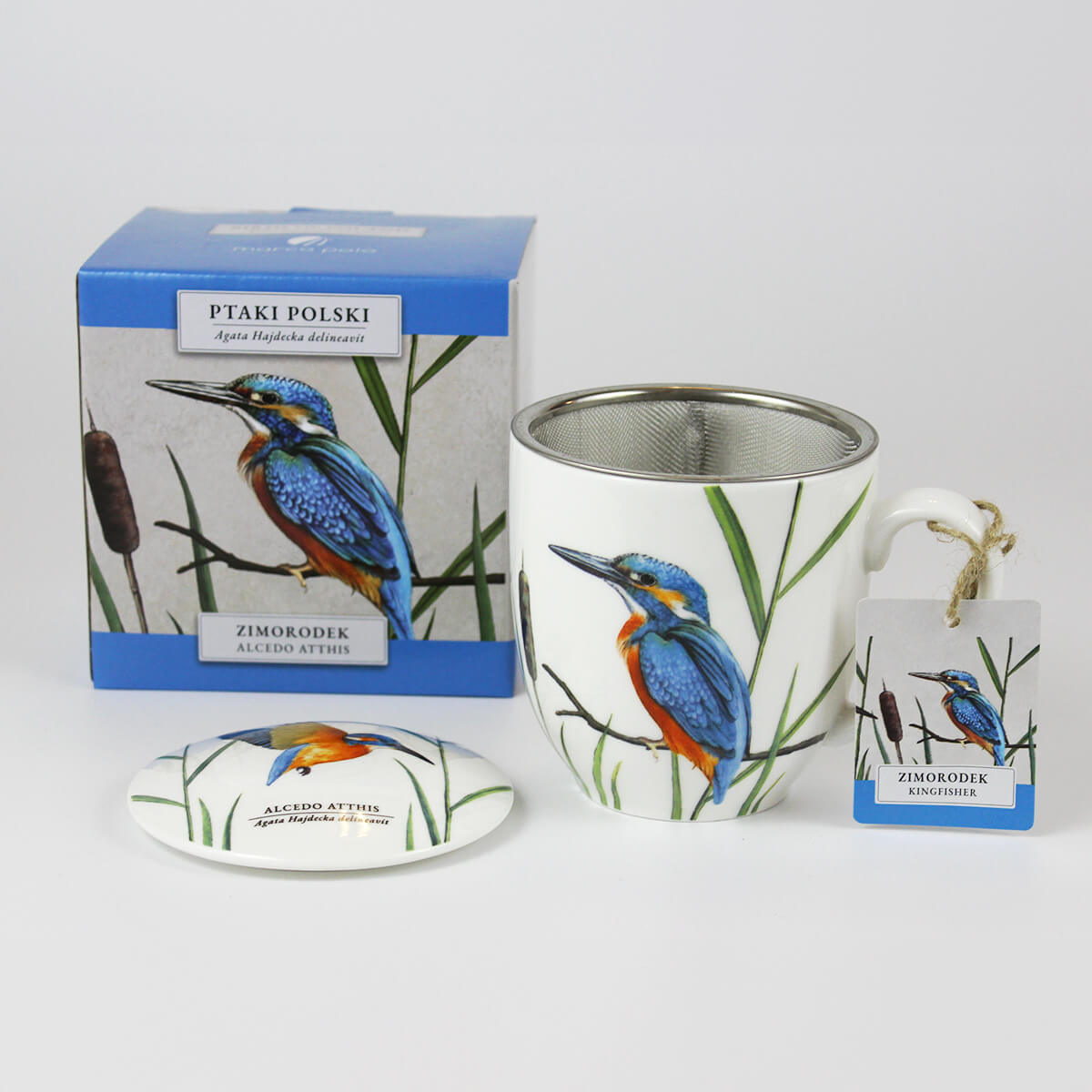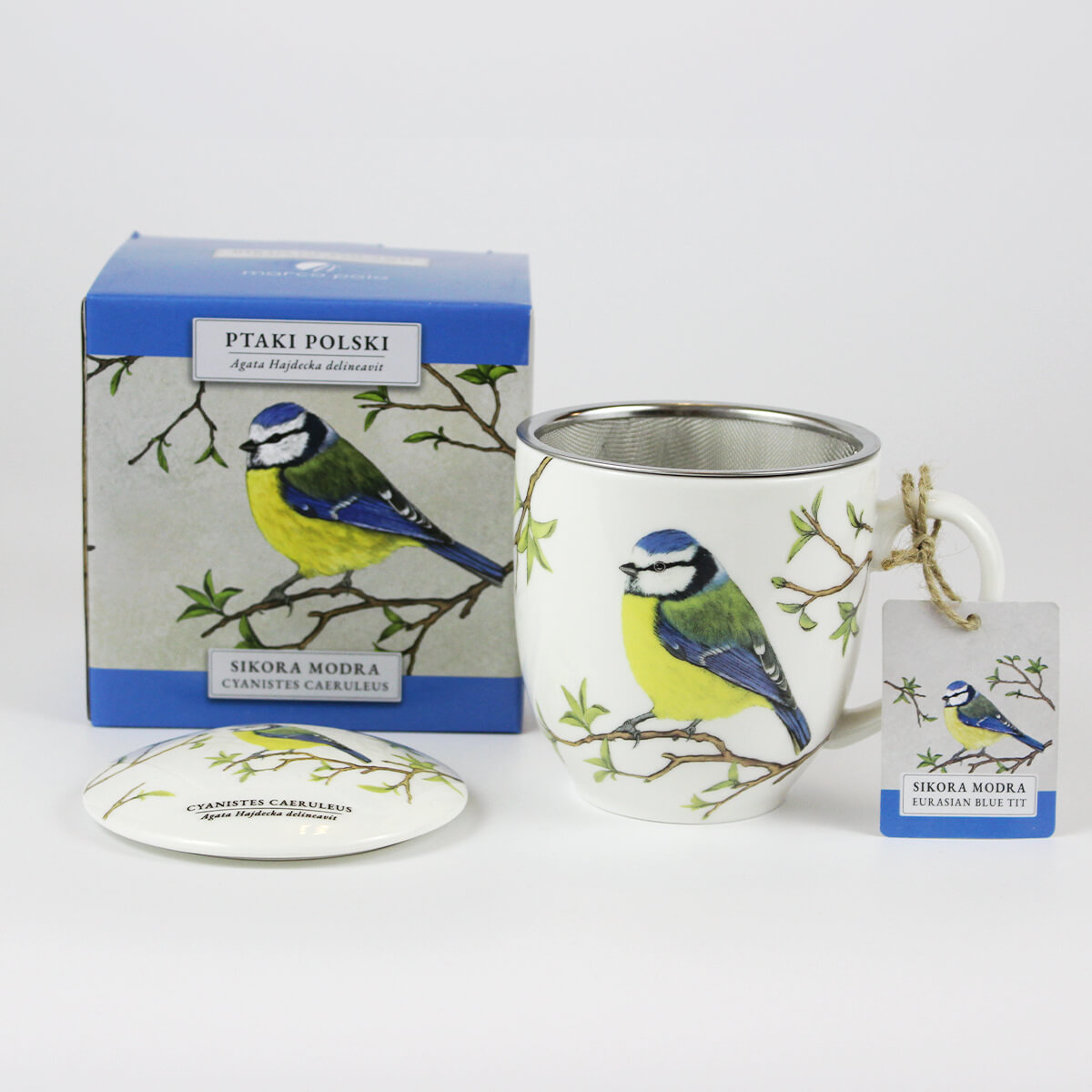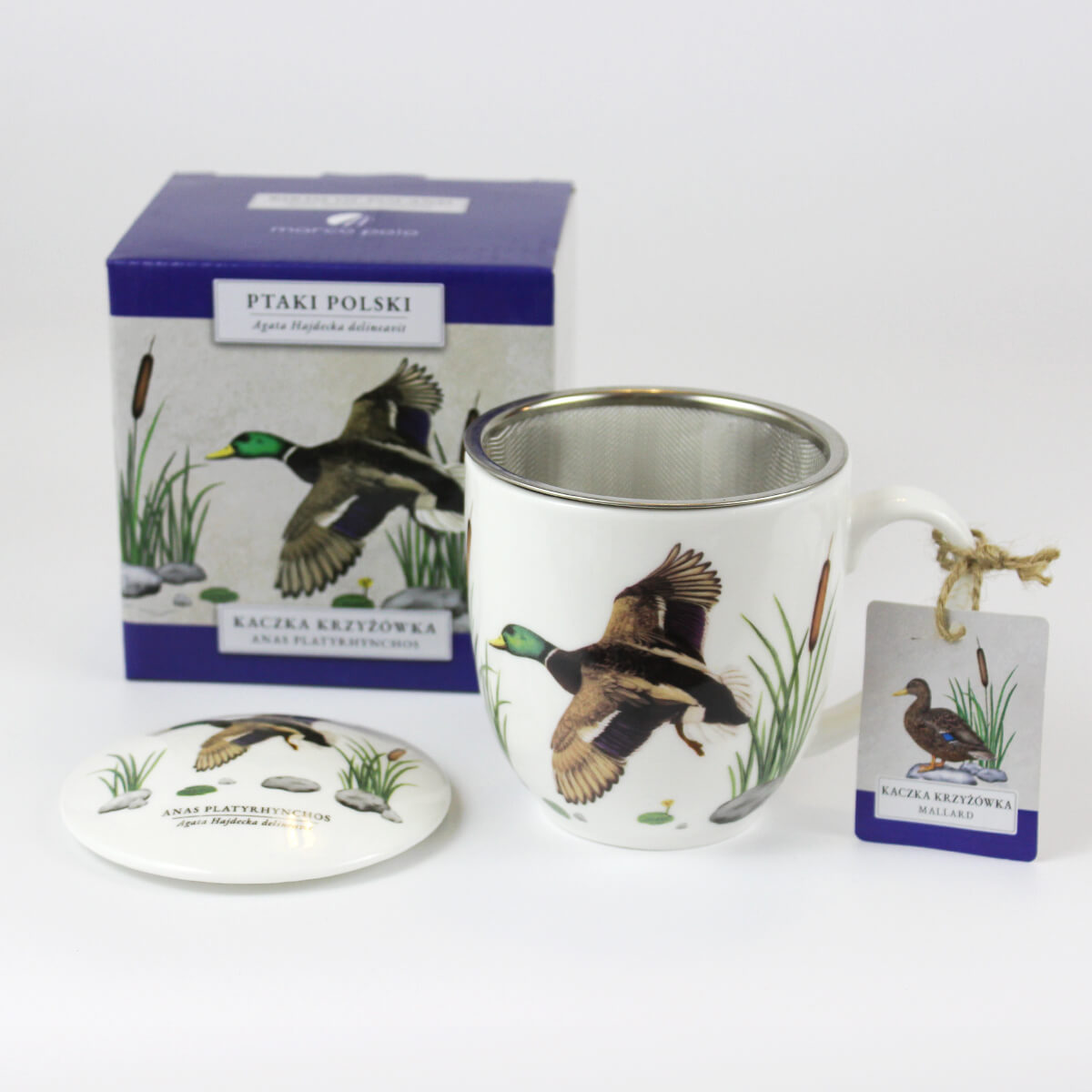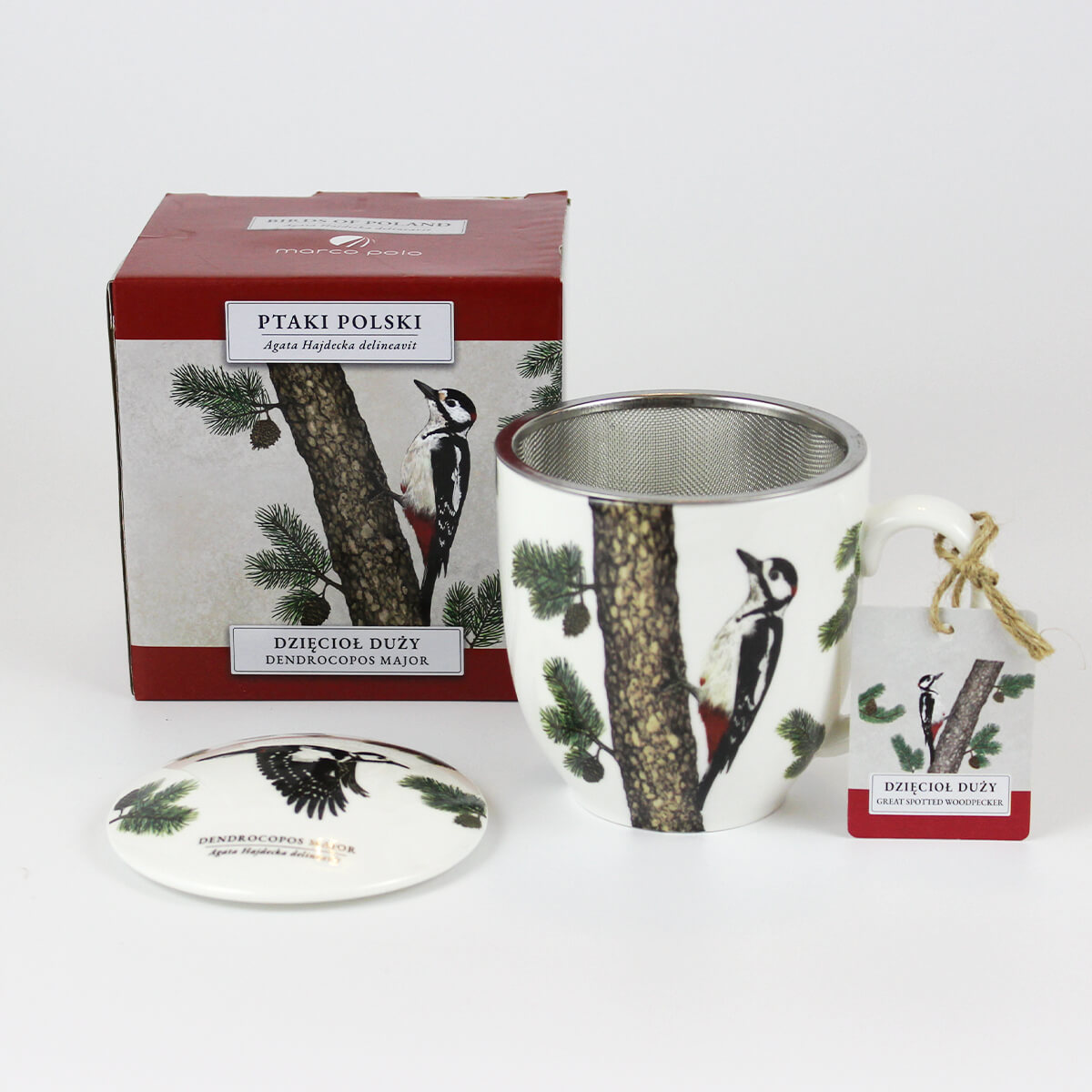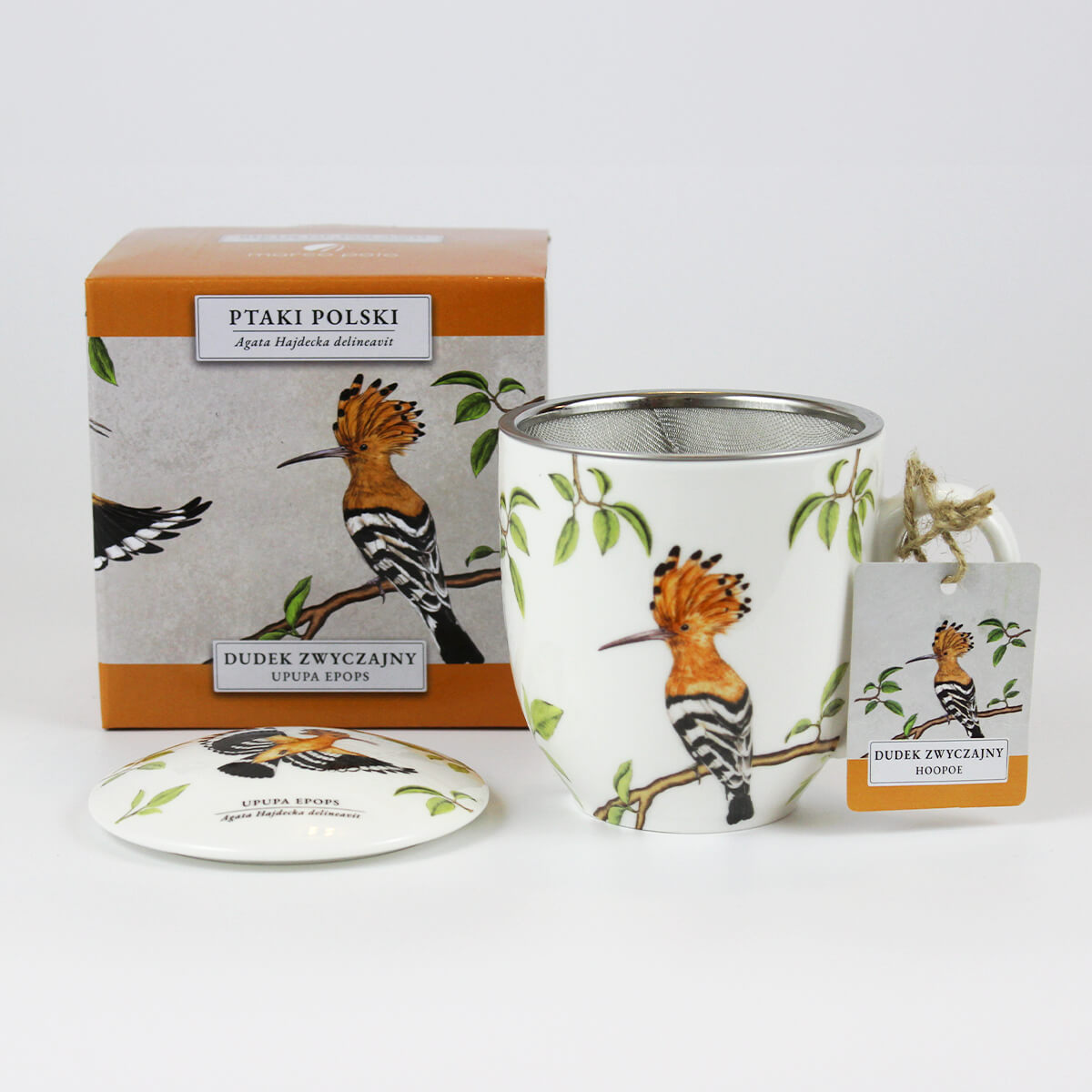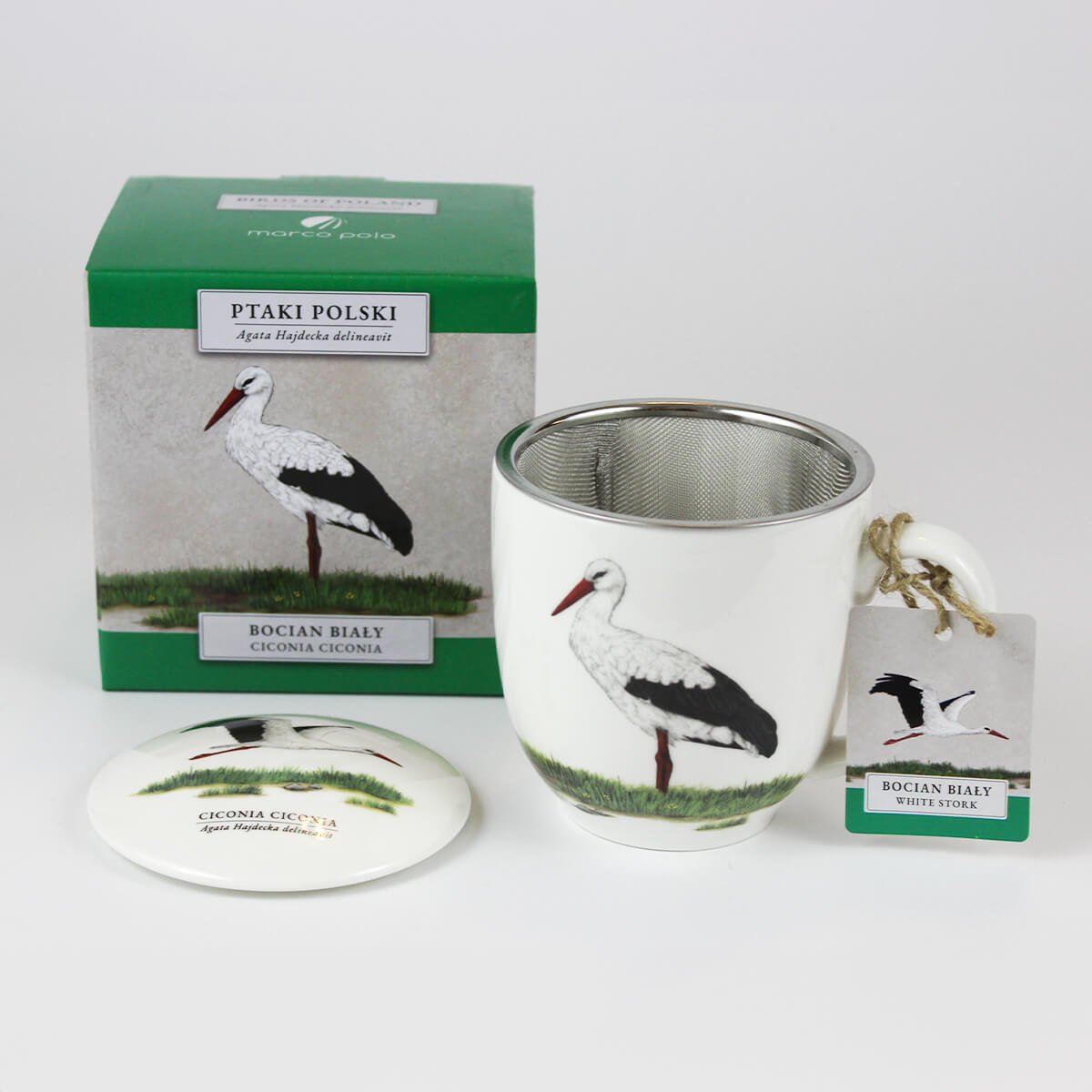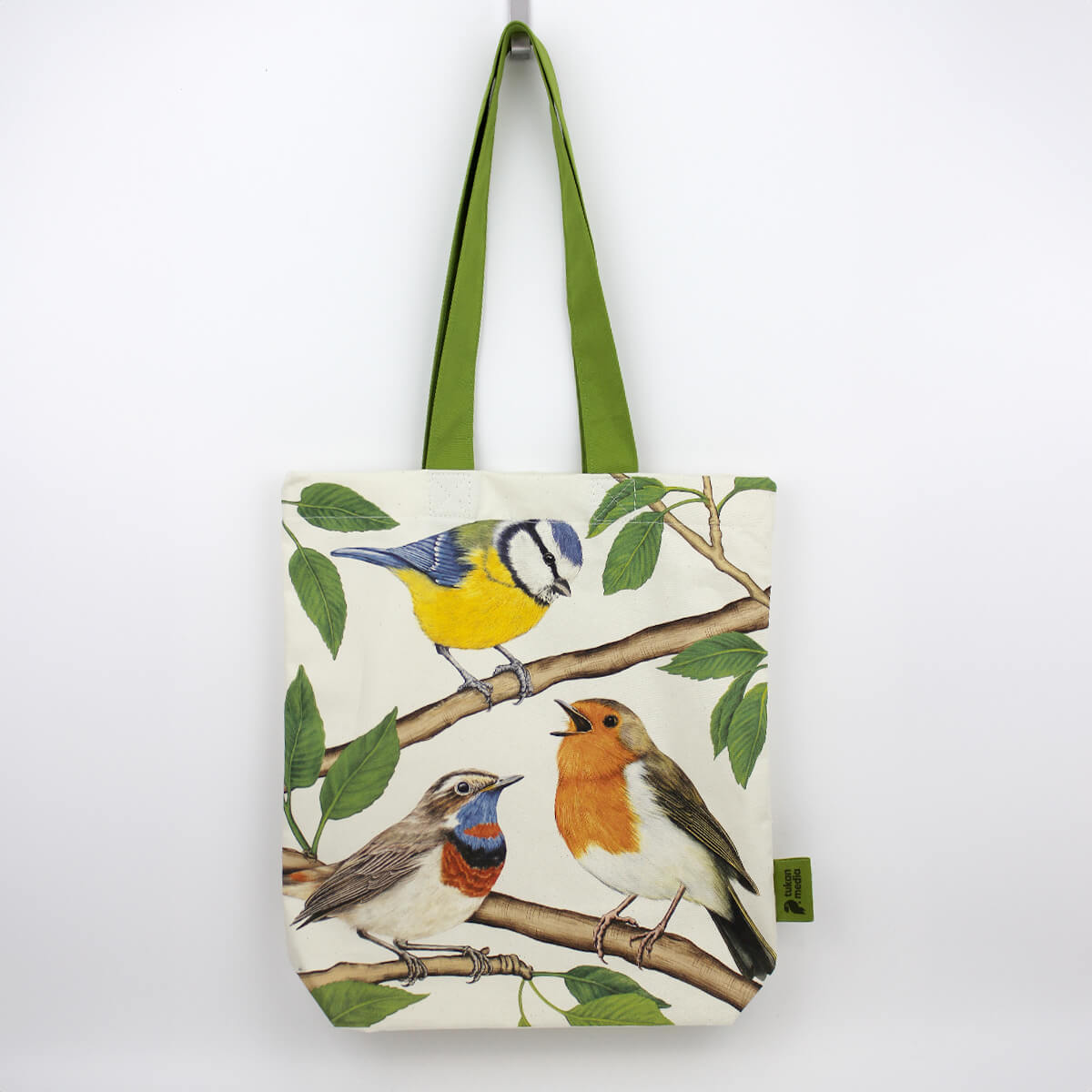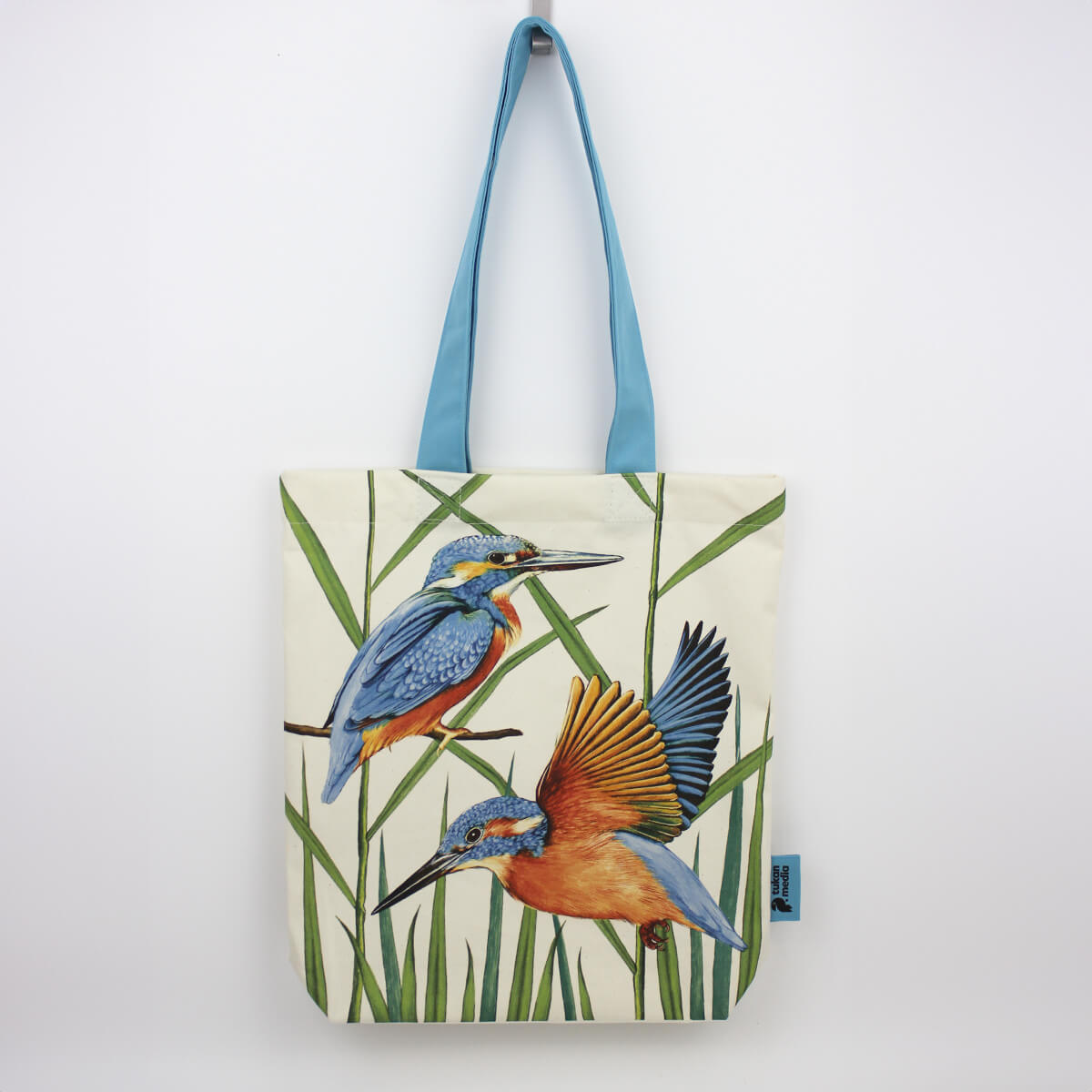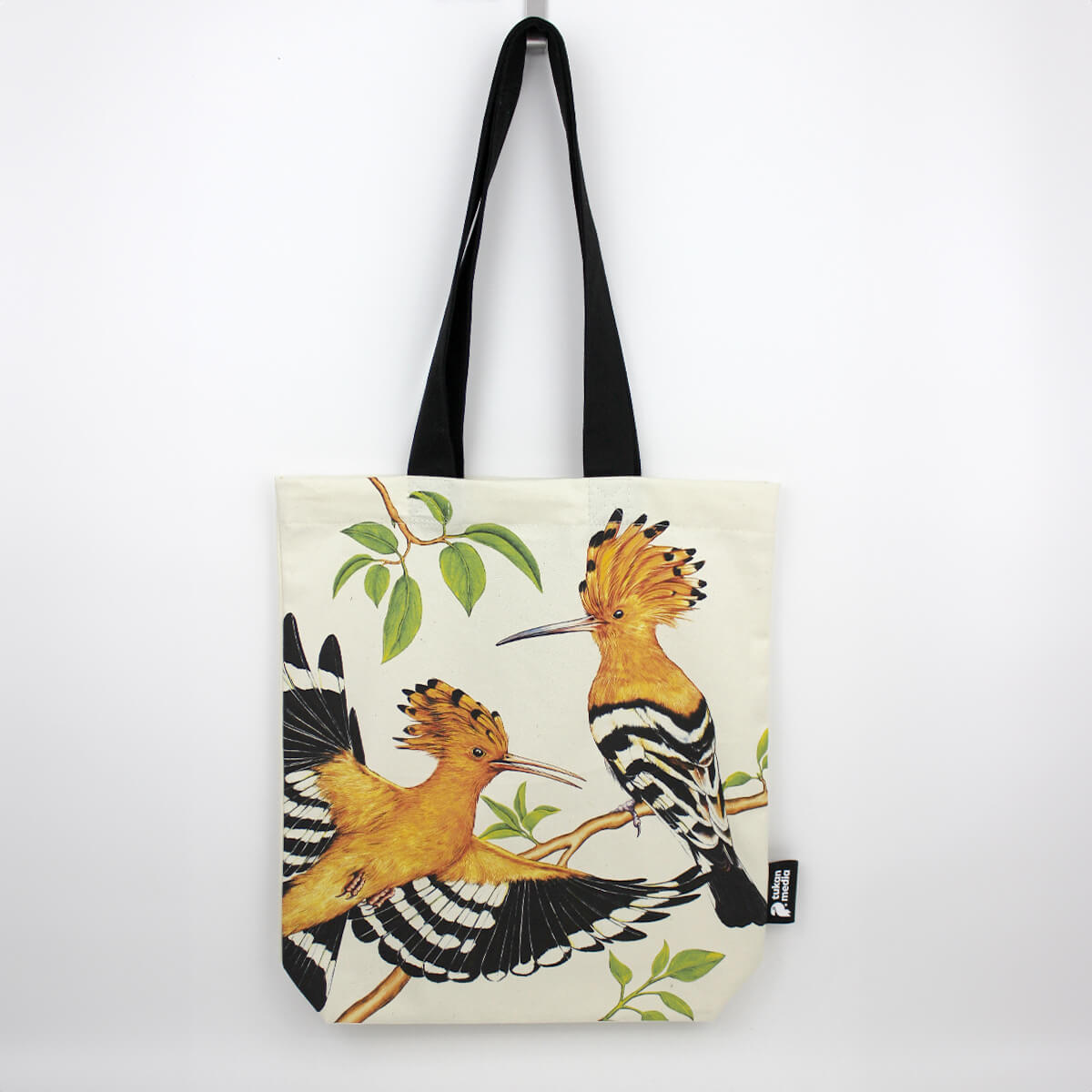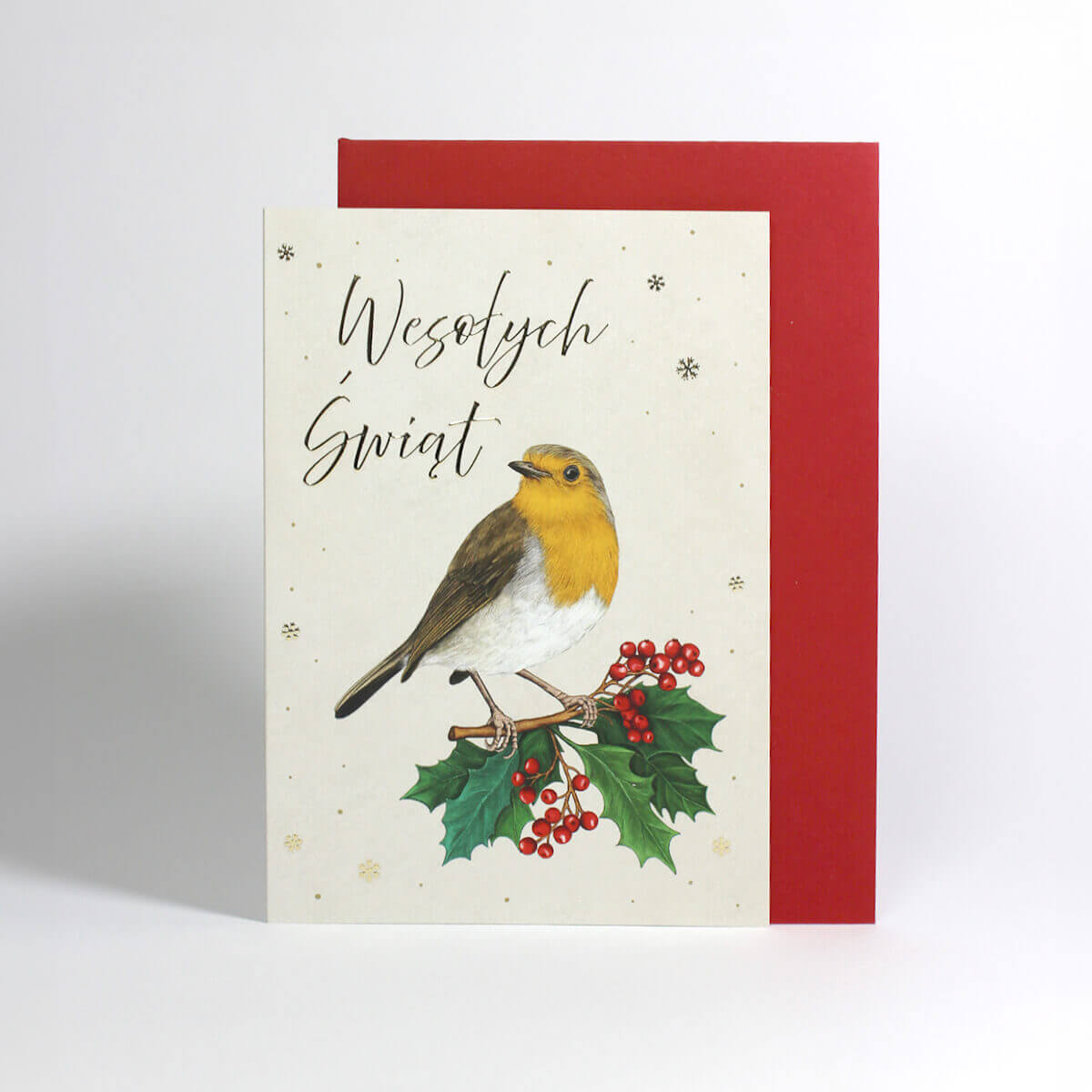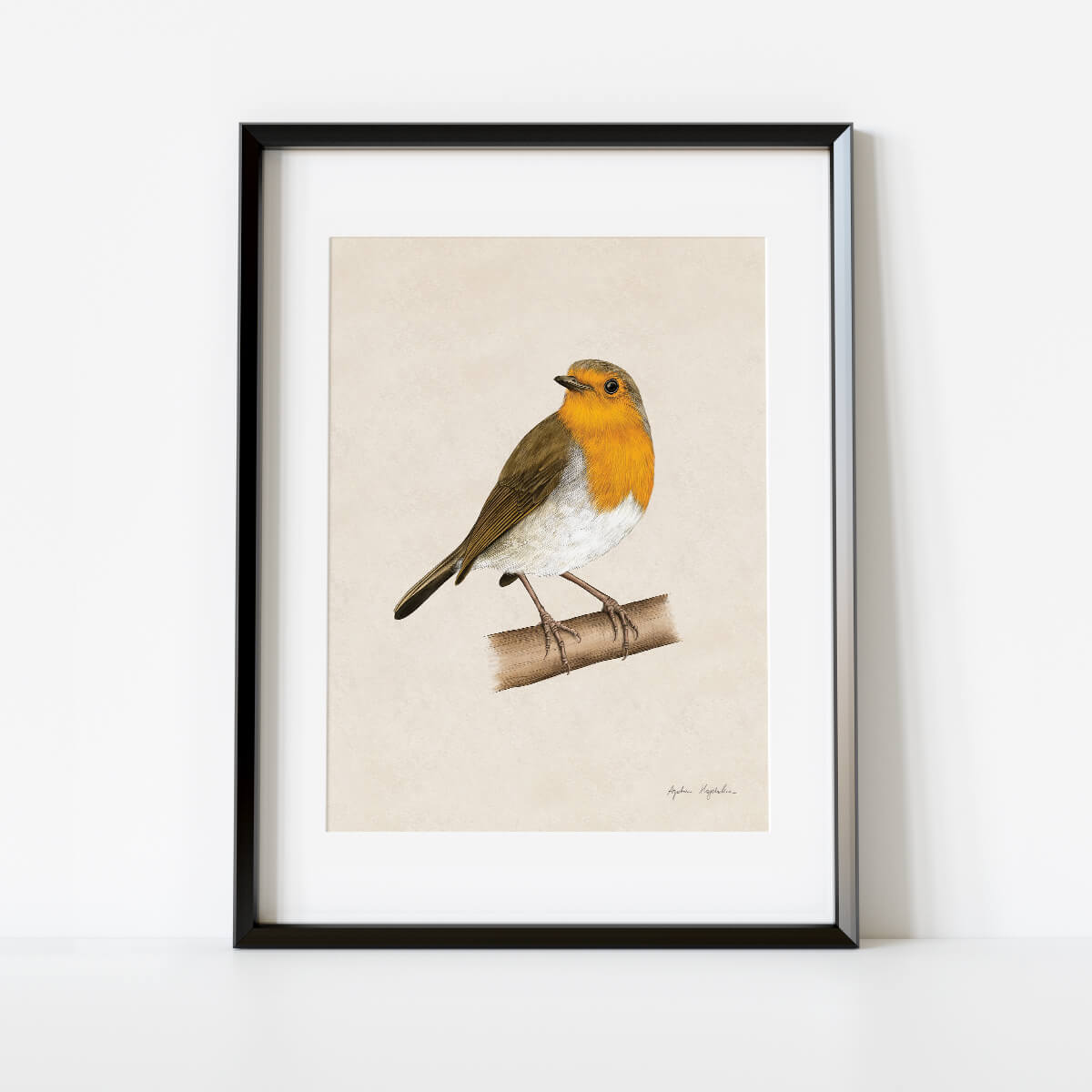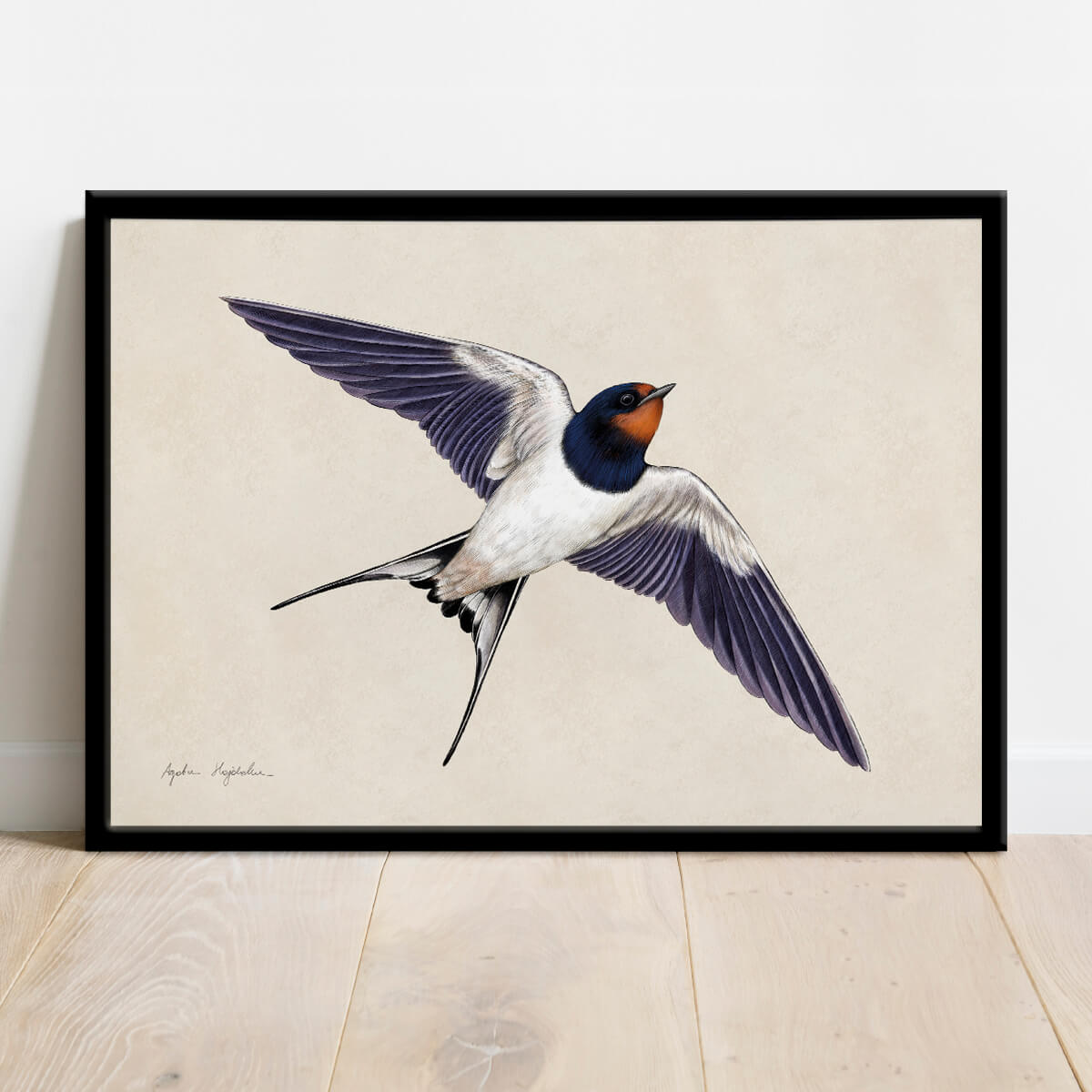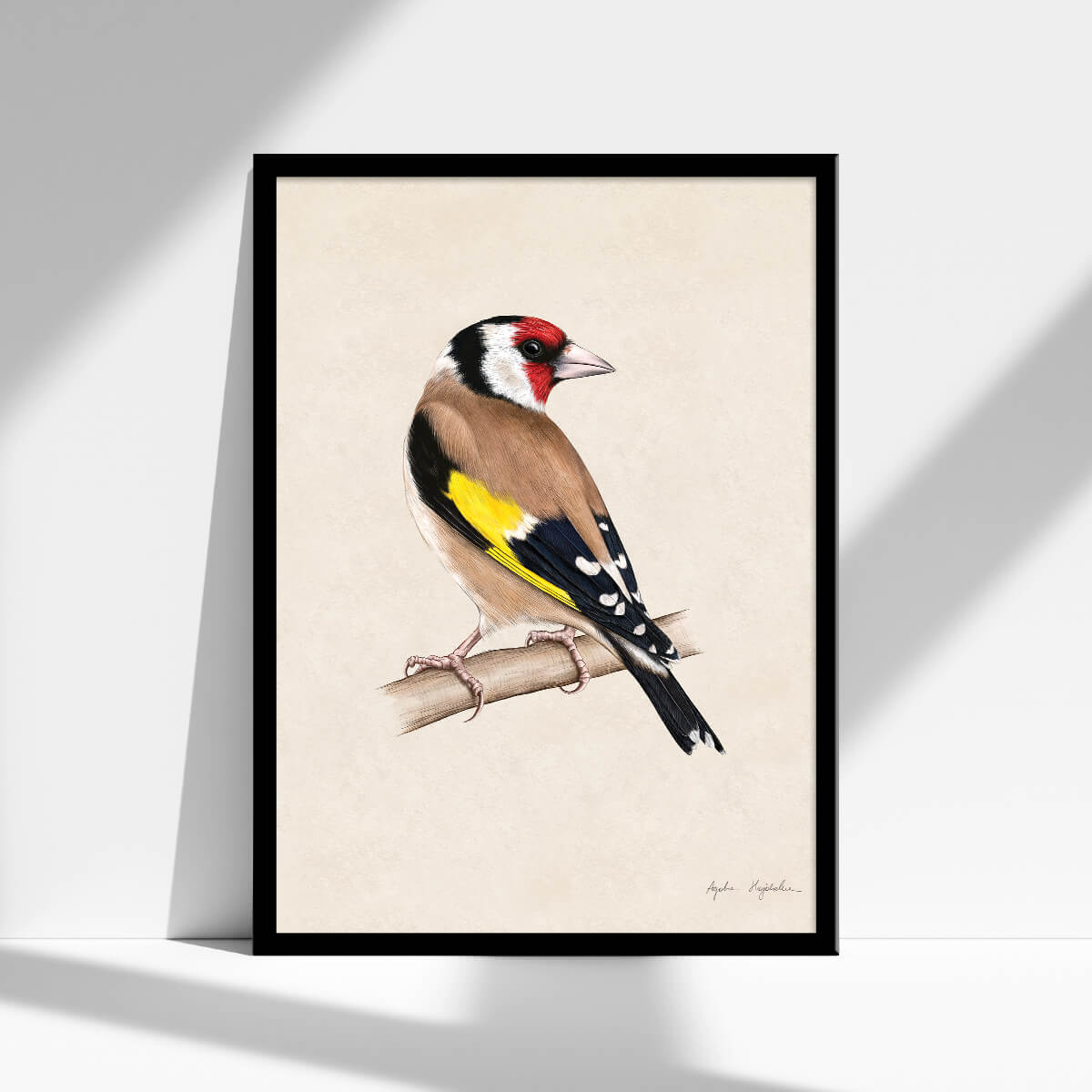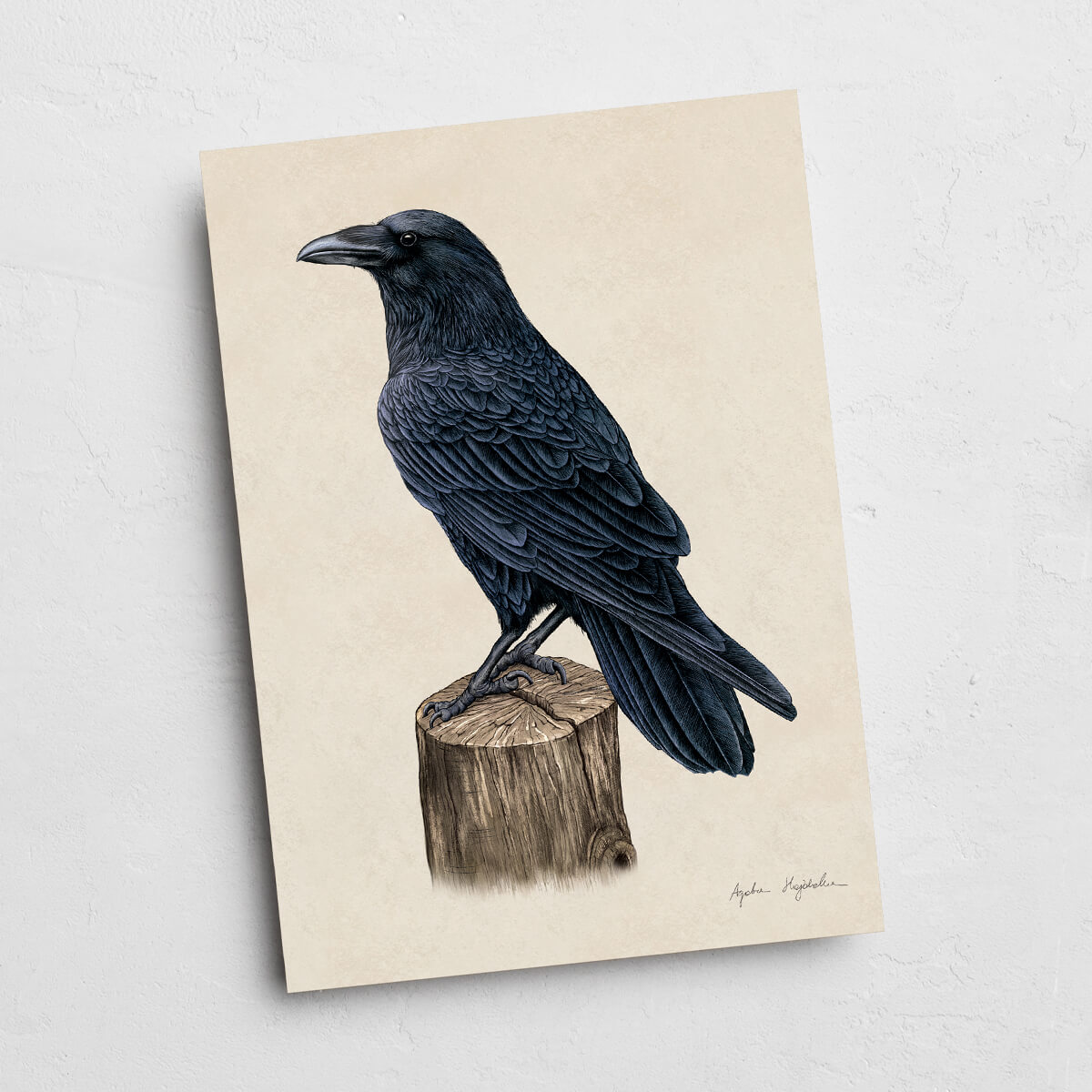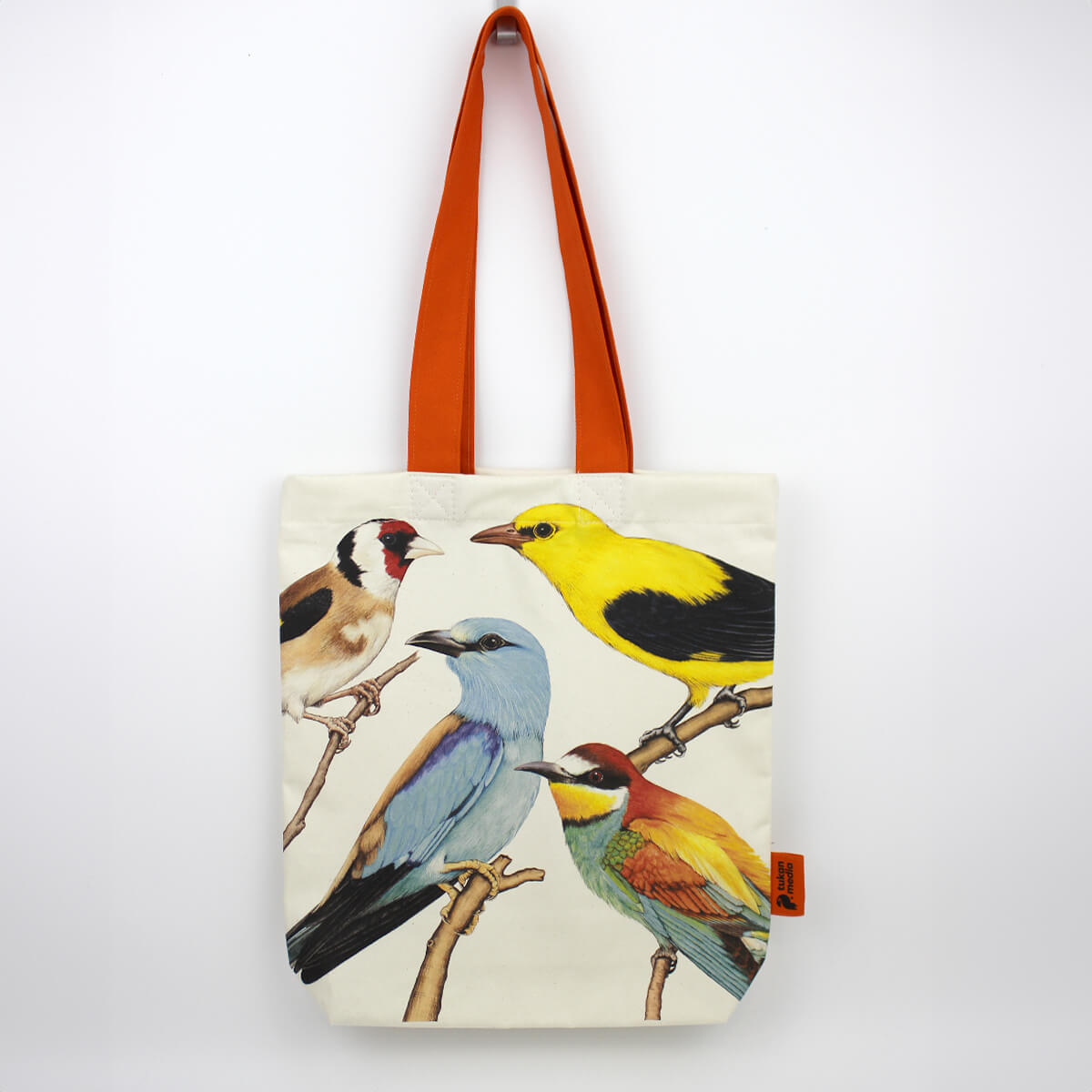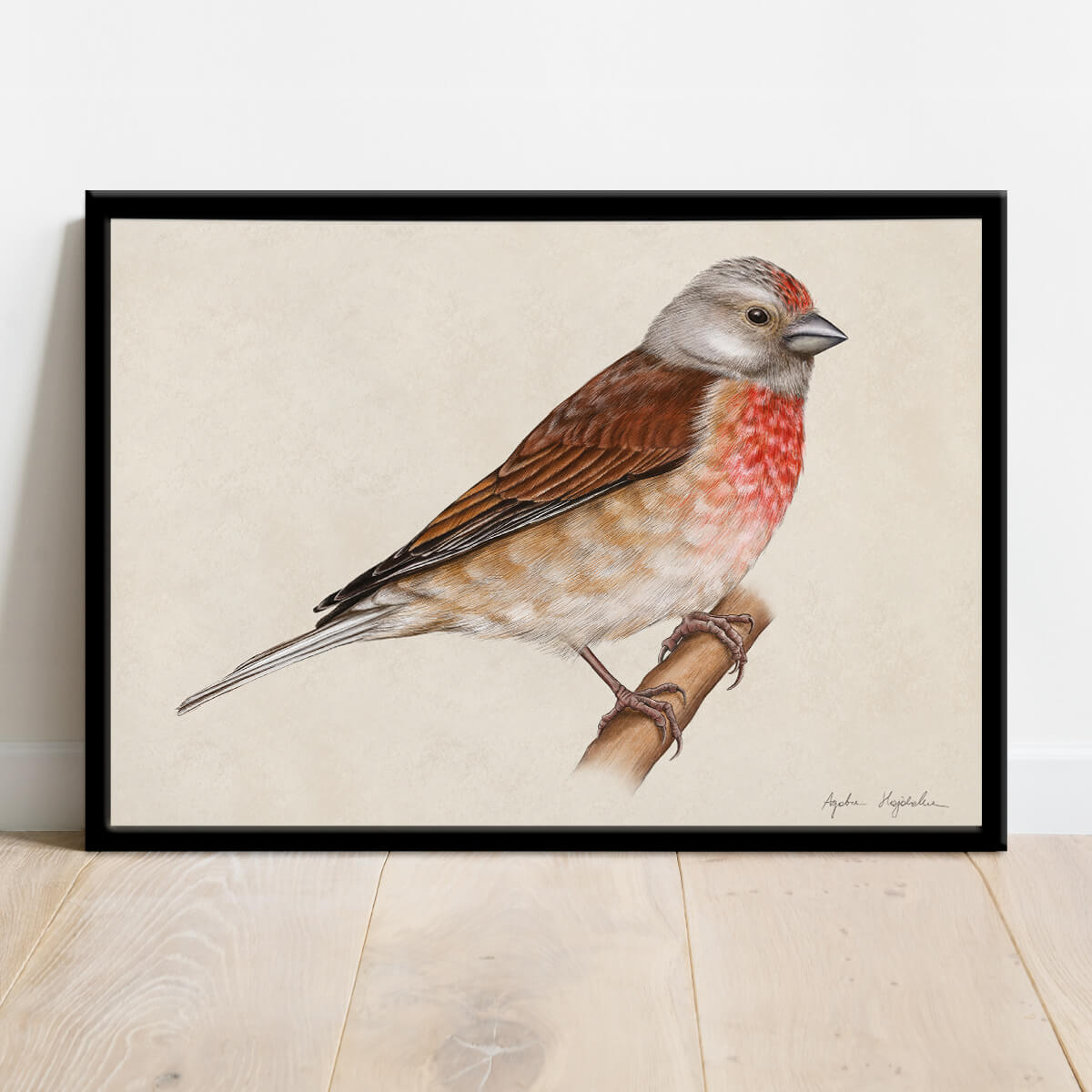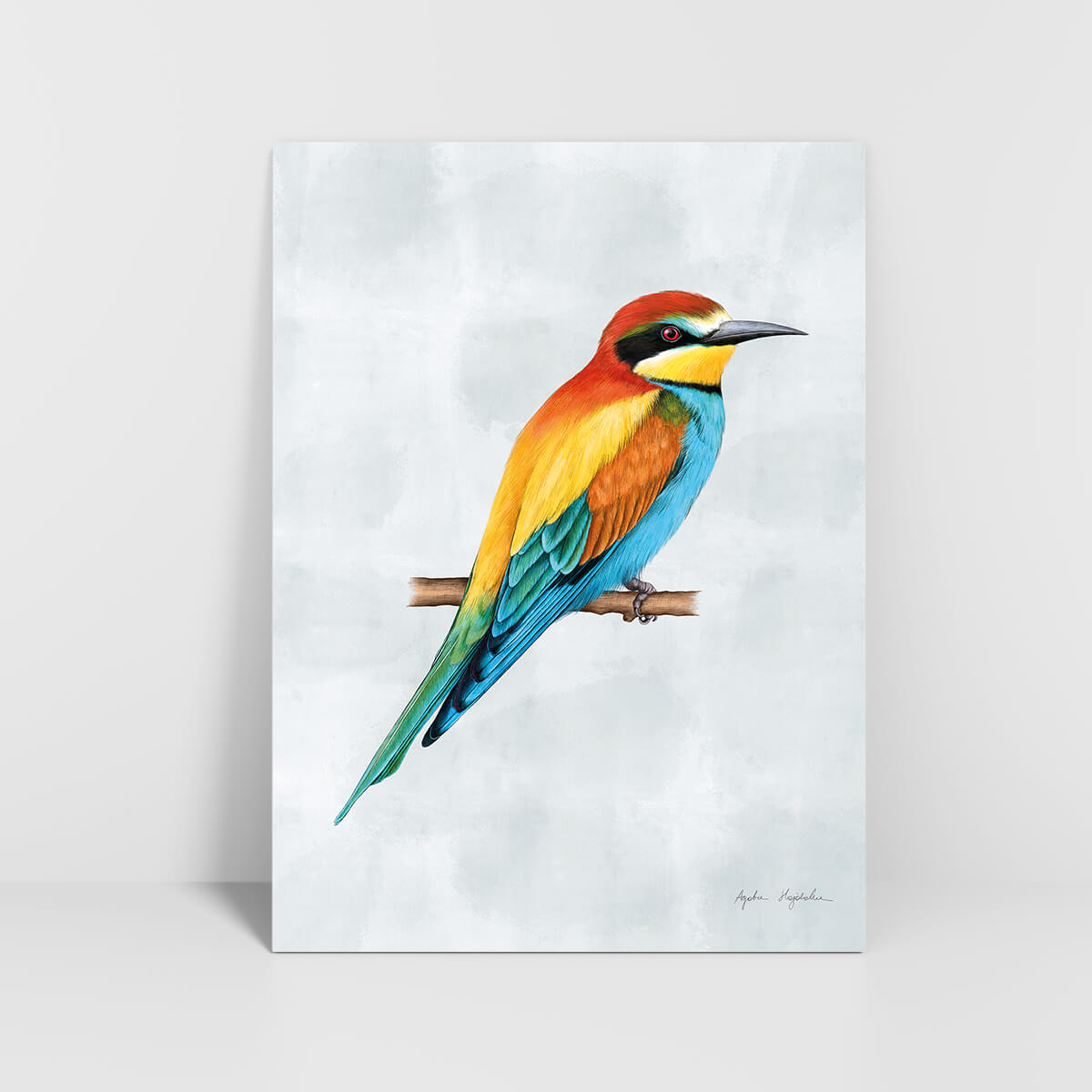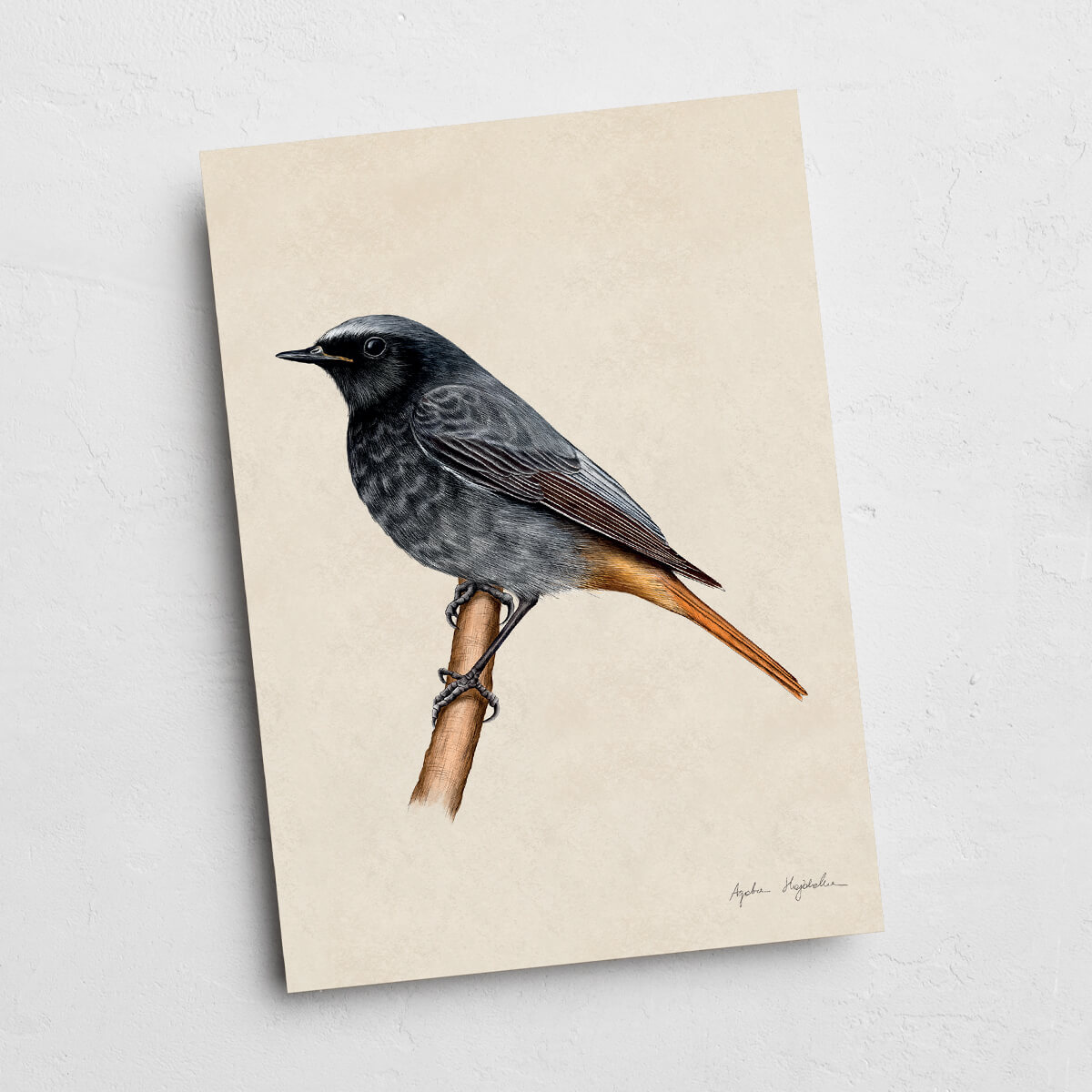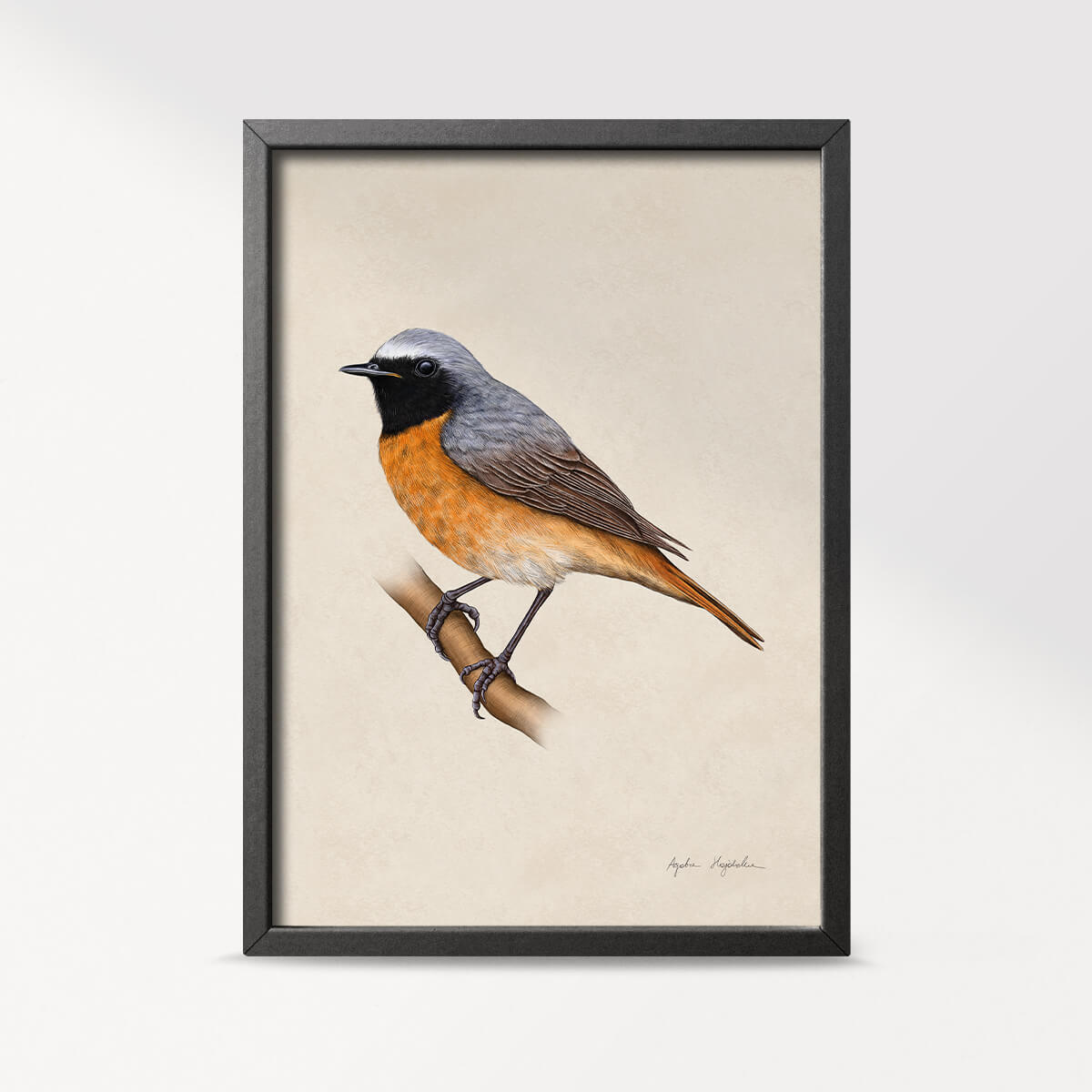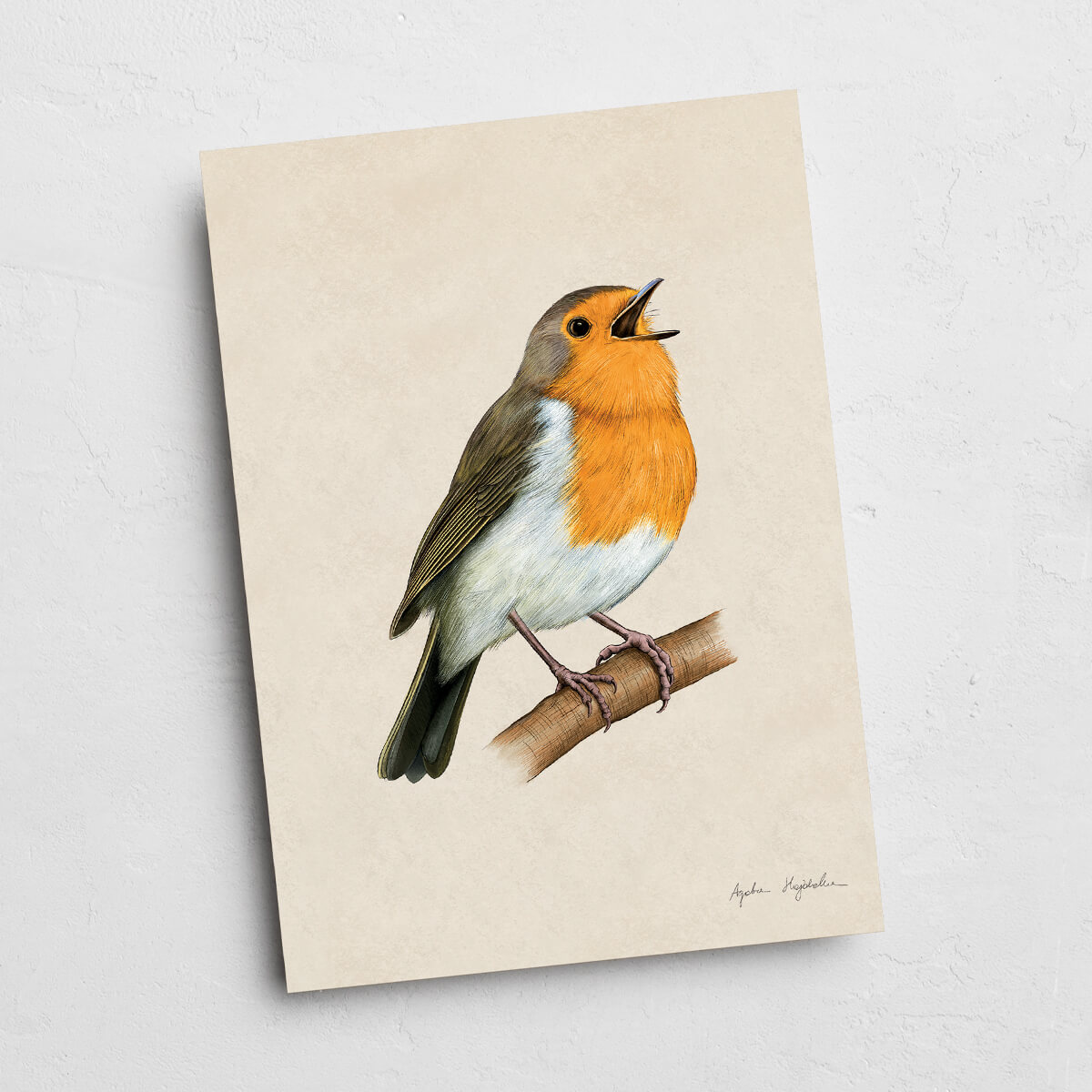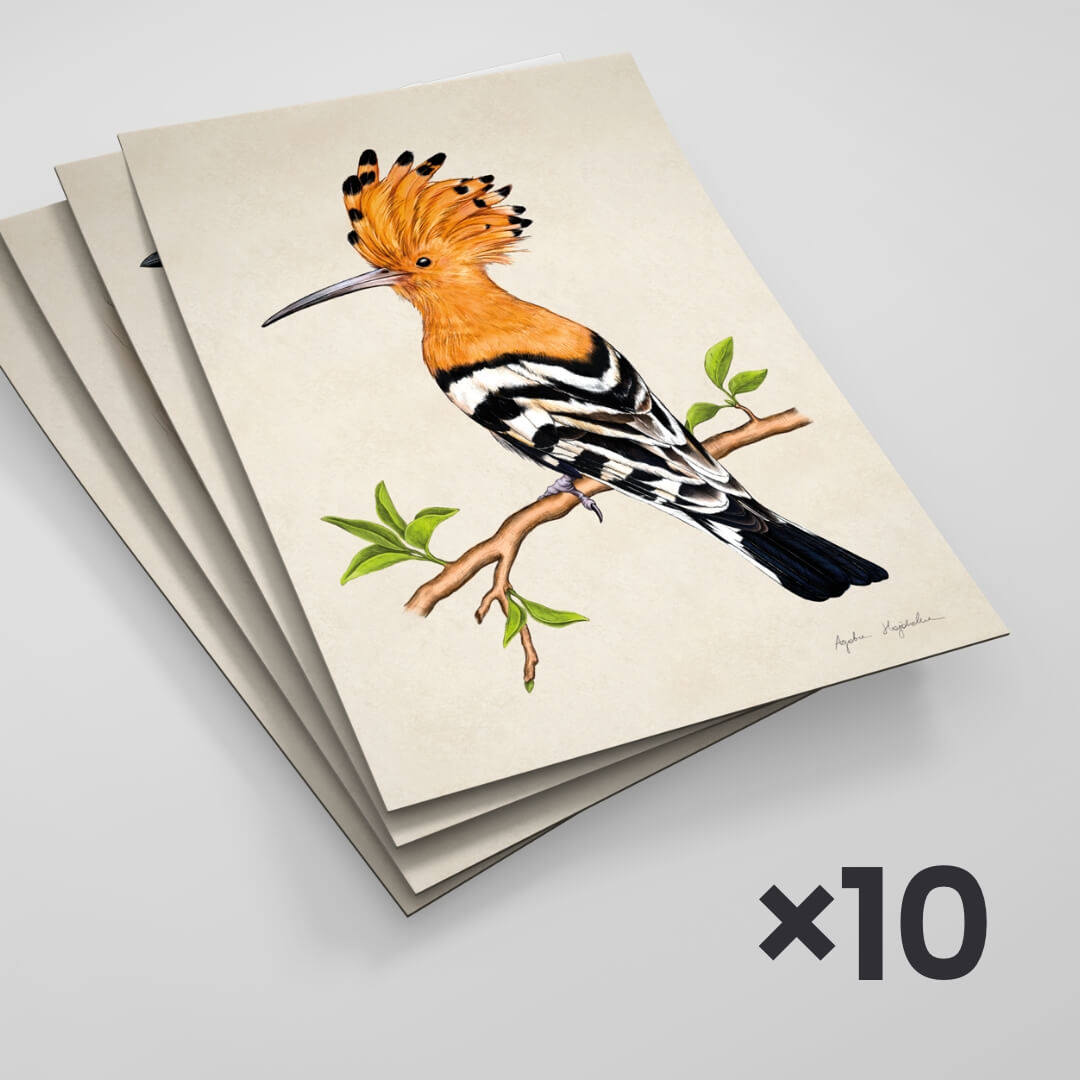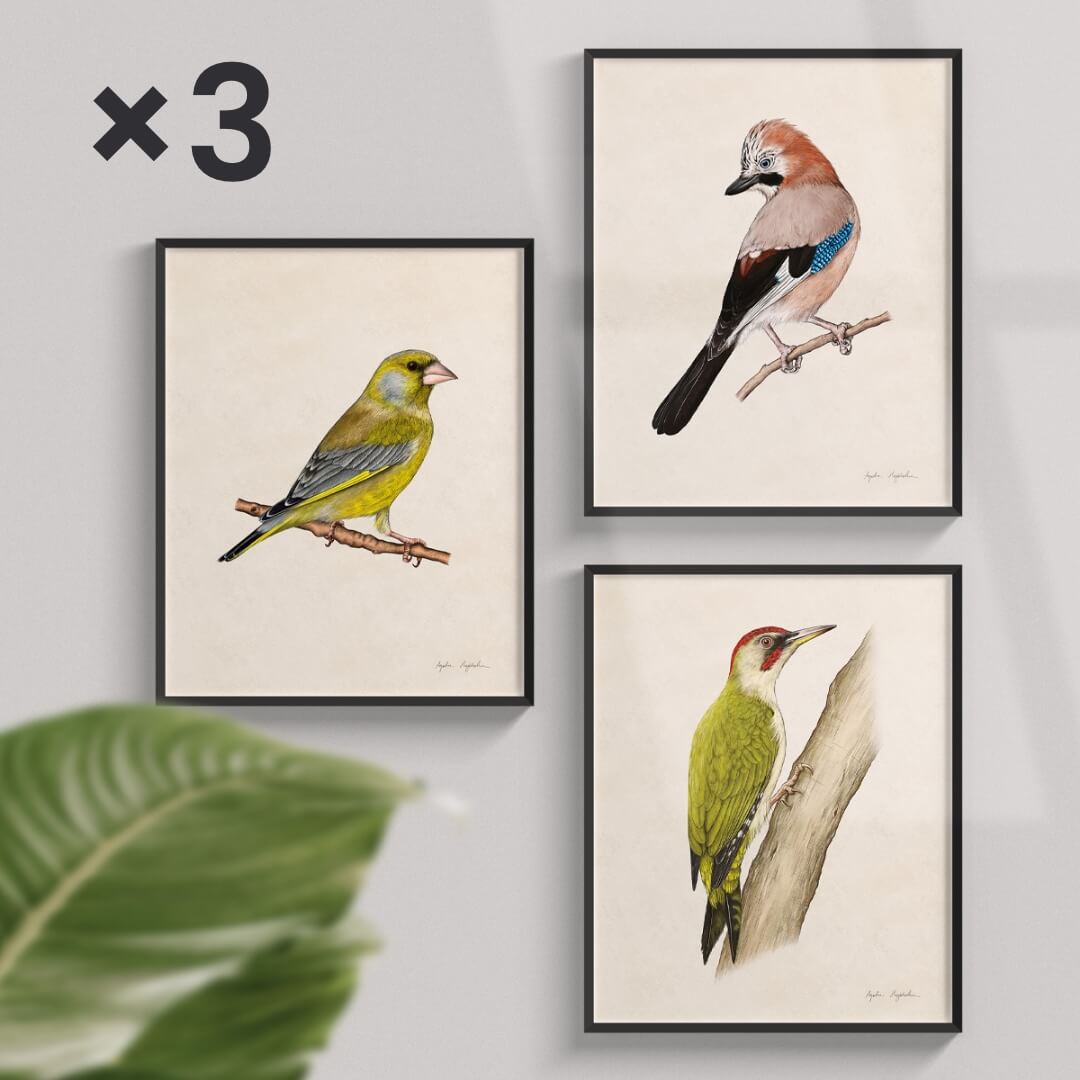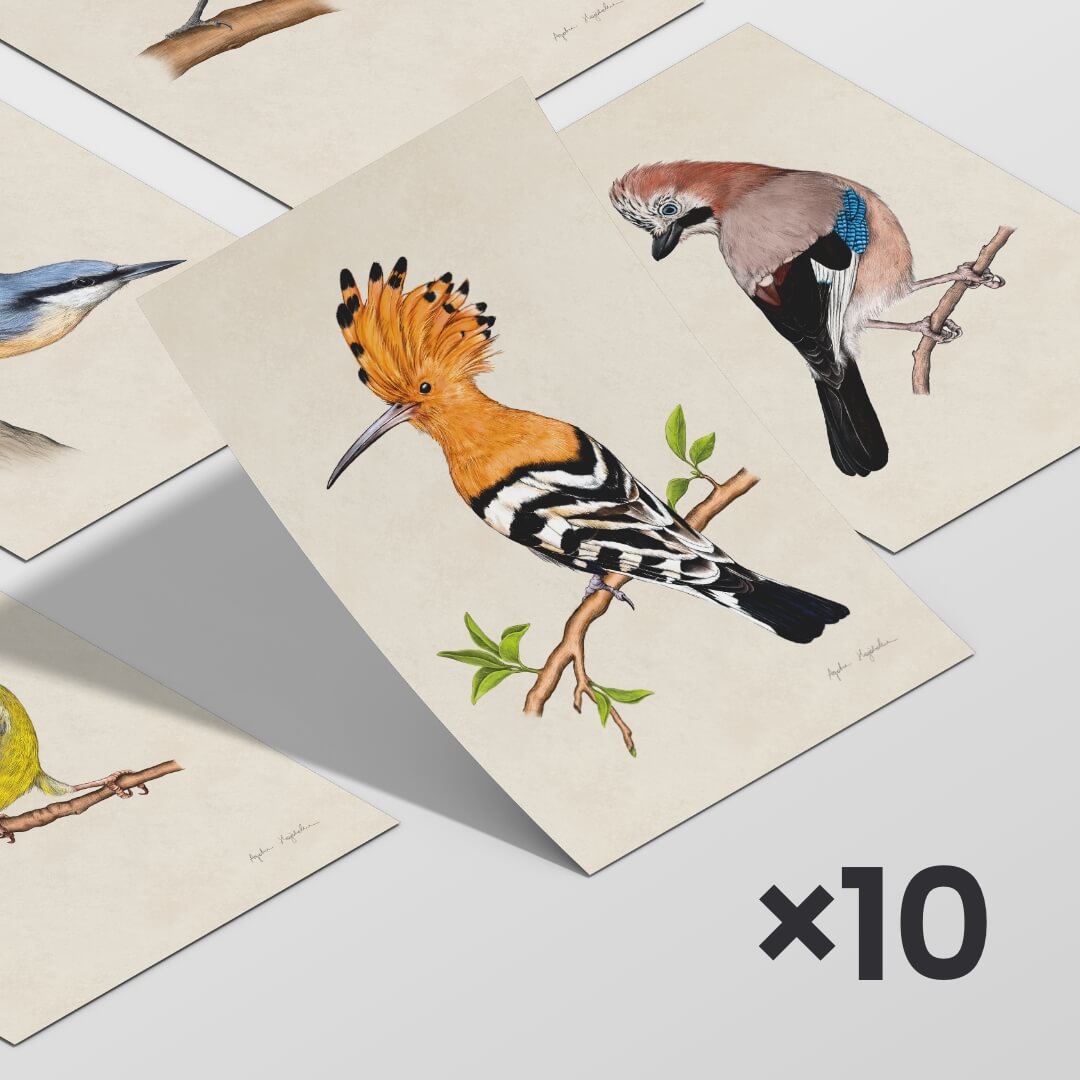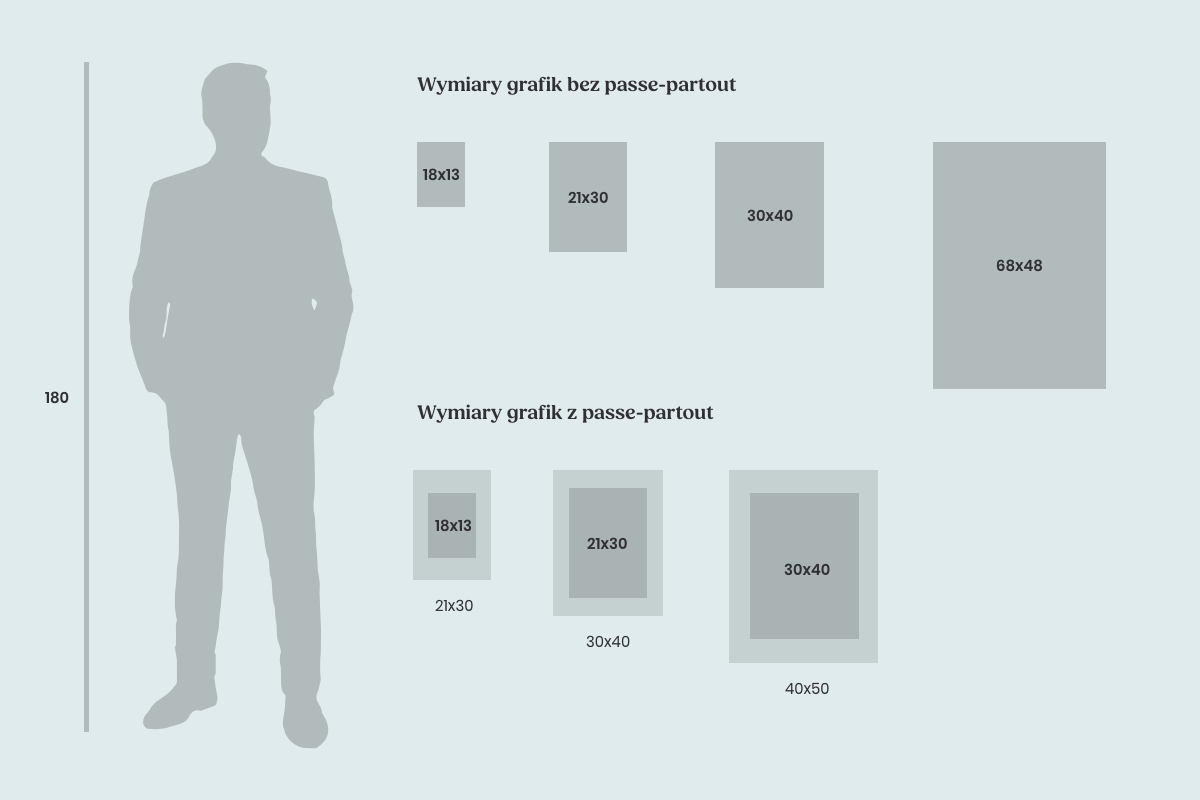- Tukan media
- Explore birds
- Fieldfare
Fieldfare
These migratory birds in Poland appear around March and April and depart in October and November, but numerous groups winter in our country. They are found throughout Poland, inhabiting the edges of deciduous forests, groves, old parks, or green areas in human-settled regions. These birds are easily noticeable and noisy, clustered in large flocks during winter, which you can observe sitting on trees and shrubs.
What does the fieldfare bird look like and where does it nest?
The fieldfare is a bird from the thrush family. The upper part of its body is brown, the underside is beige with noticeable spots. Its head and rump are grayish, and its tail is black. Fieldfares are found throughout Poland and build their nests on branches or in forked tree branches. The nests are shaped like cups made of grass and leaves held together with mud. The birds lay about six eggs with blue and green hues, marked with rusty accents. After two weeks of incubation, the chicks hatch, and after another two weeks, they are ready to leave the nest, although they cannot yet fly. They run on the ground under the supervision of their parents and require feeding.
Why does the fieldfare change its diet and what does it eat?
This bird is considered omnivorous - its diet includes both invertebrates and plants. In the autumn, they increasingly give up eating insects or snails in favor of fruits - especially rowanberries, juniper berries, or apples. It's these fruits that are worth feeding fieldfares in winter, and they are frequent visitors to bird feeders.
Fieldfare - Curious Facts
- These Polish birds are very sociable – they gather in numerous flocks, perching on trees.
- In situations of threat, they attack intruders with their own droppings – which are sticky and corrosive, capable of causing significant harm. I myself witnessed a situation where a pair of fieldfares persistently attacked an owl, trying to chase it away (the fieldfares were defending their nesting territory).
- Young fieldfares are bold and not afraid of humans, other animals, or vehicles – that's why they require parental supervision when they freely roam on the ground after leaving the nest.
- As one of the representatives of the thrush family, the fieldfare is often mistaken for other members of this family. How does the fieldfare differ from the song thrush and others? It is decidedly more colorful, and a distinguishing feature is its black tail and the shape of dark spots on its belly – in the case of the fieldfare, these spots resemble arrowheads.
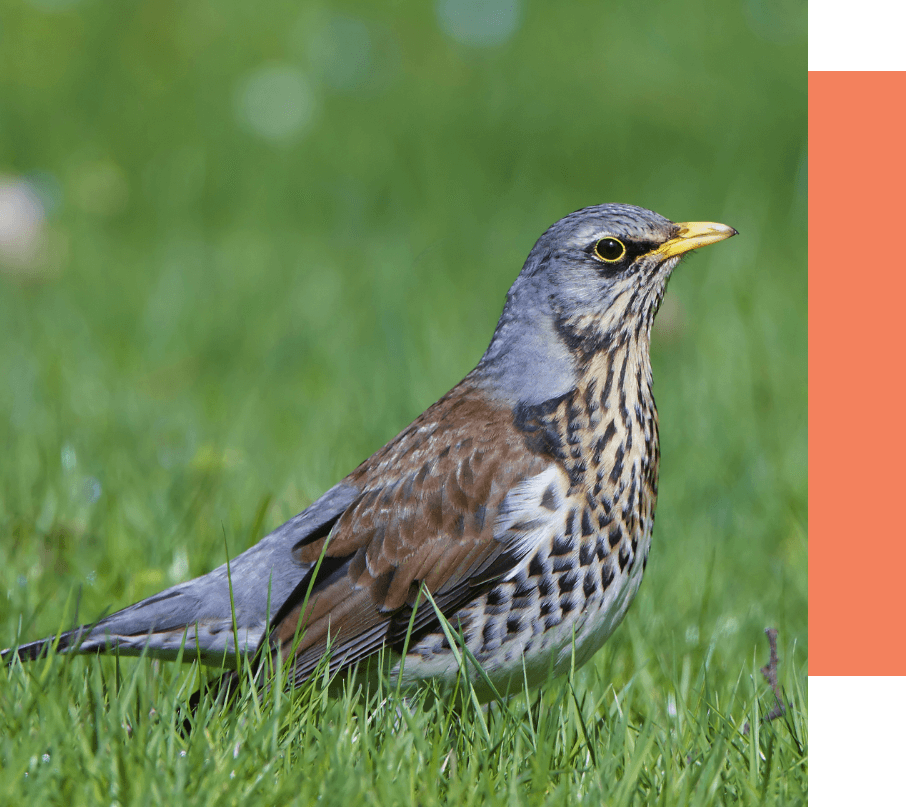
Listen to the voice
Gadgets with fieldfare illustration
In my offer, you will find illustrations and posters featuring the image of this bird. The illustration looks fantastic and will be a great gift not only for ornithologists!
View products with the fieldfare
60.00 zł – 120.00 zł
5.00 zł
Fieldfare - Additional Information
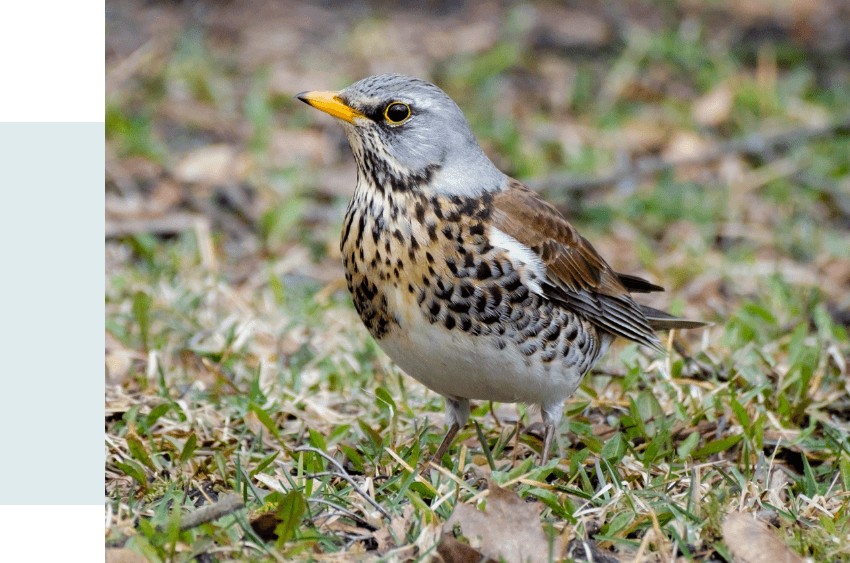
Fieldfare
Turdus pilaris
Family
Thrushes
Locations of Occurrence
The entire country
Food
Various invertebrates and fruits
Population
Common, locally moderately abundant breeding bird
Migrations
Migratory, arrival: March-April, departure: October-November. Abundantly winters in the country
Breeding
5-6 pale bluish-green, reddishly spotted eggs. Incubation: 13-14 days. Young birds leave the nest after 13-15 days
See other products with birds
89.00 zł
89.00 zł
20.00 zł – 120.00 zł
20.00 zł – 120.00 zł
20.00 zł – 120.00 zł
60.00 zł – 120.00 zł
20.00 zł – 120.00 zł
20.00 zł – 120.00 zł
20.00 zł – 120.00 zł
267.00 zł 230.00 zł
553.00 zł 499.00 zł
400.00 zł 375.00 zł
464.00 zł 439.00 zł
237.00 zł 225.00 zł
150.00 zł 143.00 zł
174.00 zł 165.00 zł
89.00 zł
50.00 zł
50.00 zł
58.00 zł
79.00 zł
79.00 zł
79.00 zł
79.00 zł
79.00 zł
50.00 zł
50.00 zł
50.00 zł
50.00 zł
50.00 zł
89.00 zł
89.00 zł
20.00 zł – 120.00 zł
20.00 zł – 120.00 zł
20.00 zł – 120.00 zł
20.00 zł – 120.00 zł
89.00 zł
20.00 zł – 120.00 zł
20.00 zł – 120.00 zł
60.00 zł – 120.00 zł
20.00 zł – 120.00 zł
20.00 zł – 120.00 zł
20.00 zł – 120.00 zł
600.00 zł 500.00 zł
160.00 zł – 320.00 zł
450.00 zł 400.00 zł
